Original Items: One-of-a-kind grouping. Paul J Rutila army serial number 36952813 spent over a year in combat first as a member of the 82nd Airborne, 504th Parachute Infantry Regiment and was then transferred to the 11th Airborne Airborne Division, 511th Parachute Infantry Regiment where he took part in the liberation of the The Los Baños Internment Camp Liberation.
The Raid at Los Baños in the Philippines, early Friday morning on 23 February 1945, was executed by a combined U.S. Army Airborne and Filipino guerrilla task force, resulting in the liberation of 2,147 Allied civilian and military internees from an agricultural school campus turned Japanese internment camp. The 250 Japanese in the garrison were killed. It has been celebrated as one of the most successful rescue operations in modern military history.
Under cover of darkness on 21 February 1945, Lt. Skau and his 31-man platoon left the north shore of Laguna de Bay and headed across the lake in three bancas. Lt. Skau and six men led the way while the separate assault team of 23 men followed soon after. Avoiding Japanese patrol craft on the lake, they landed near Nanhaya and met with local guerrillas and some camp escapees at the local schoolhouse. Included in the group were Freddy Zervoulakos and Benjamin Edwards, another young escapee, who sketched the layout of the camp on the schoolhouse blackboard. Lt. Skau decided to split his group into six teams, assigning a number of guerrillas to each team. Edwards and Zervoulakos each accompanied one team. On the night of 22 February, they journeyed through the jungle and rice paddies to their starting points.
At 04:00 on 23 February 1945 the 1st Battalion 511PIR (less B Company) boarded fifty-four amphibious tractors (Amtracs), slipped into Laguna de Bay, and headed for Mayondon Point. They also managed to reach their destination without alerting any Japanese defenders and headed off for the remaining 2 miles (3.2 km) overland journey to the camp, aiming to arrive just after 07:00.
Meanwhile, Lt. Ringler's B Company, 511th PIR together with the Light Machine Gun Platoon, had spent the moonless night of 22 February waiting at Nichols Field where, in the early dawn, they donned their parachutes, put on their equipment, and loaded onto nine C47s of the 75th Troop Carrier Squadron, under the command of Major Don Anderson, for the short flight. Flying unopposed by Japanese aircraft or antiaircraft fire, they soon arrived at their destination, which was clearly marked with green smoke by the Reconnaissance Platoon.
The Recon Platoon teams led by Lt. Skau, and Sgts. Angus, Call and Town took out the guard posts on the north and west side of the camp. The Hunters ROTC guerrillas chased after and killed the Japanese guards.
At 07:00, coming in at the planned 500 feet (150 m) jump altitude and in three "V"s of three aircraft, Lt. Ringler's paratroopers dropped from their aircraft.[1]:48 B Company charged the camp 1520 minutes after the attack was launched, entering through openings cut by the scouts. The firefight was short and intense, and with the Japanese defeated, the internees freed.
The fifty four Amtracs of the 672nd Amphibious Battalion came ashore in nine columns of six vehicles after green smoke grenades were popped on San Antonio beach, by Sgt. Hahn and Marking's guerrillas, at 0658. Led by Burgess, the amtracs reached the camp, knocking out a pillbox and crashed through the camp gate.
Mindful of the need for speed, Lt. Ringler's men rounded up the internees as rapidly as they could. Some prisoners refused to leave, so Lt. Hettlinger's men burned the camps remaining huts, to encourage the internees to the Amtracs. At first, the disabled, along with the women and children, were loaded onto the waiting vehicles, while the more able internees formed a walking column and headed for the beach and freedom.
In the distance, across the lake, intense fire was heard. That sound was from the Soule Task Force. Early that morning, the diversionary force of the 188th Glider Infantry Regiment and Company C of the 637th Tank Destroyer Battalion, together with elements of the 472nd and 675th Field Artillery Battalions under Soule, rolled out into Highway 1 and attacked across the San Juan River. They ran into Japanese opposition near the Lechería Hills where casualties were taken, but by mid-morning they had cleared the area and were marching towards Los Baños and cutting off the road between the Japanese 8th Tiger Division and Los Baños.
From an elevated position, Soule could see, in the distance, the Amtracs on the beach heading back to Mamatid, so he ordered his force to conduct a defensive withdrawal and to re-establish its bridgehead across the San Juan River.Finally, after two trips, the last of the amtracs departed at 1500 for Mamatid. The internees included a three-day-old baby girl Lois Kathleen McCoy. Frank Buckles, who would become the last surviving American veteran of World War I, was also among the prisoners; he had been captured as a civilian in Manila.
The 11th Airborne Division rightfully takes tremendous pride in the liberation of the Los Baños Internment Camp. The regional chapters of the Division Association celebrate that brilliant raid and rescue with a Los Baños Commemoration Dinner on or about 23 February every year. That superb exploit is not forgotten in the town of Los Baños itself. The Hunters-ROTC Filipino guerrillas and other partisan units, who supported the 11th Airborne Division also commemorate the freeing of the prison camp.
Here is a letter Rutila wrote 3 years before his death in 2005 to his relatives:
22 Jul 02
Many thanks for those pics. They are the only ones I now have of your Dad and the time we had together. I hope I don't get too long winded but I thought you and family would like to know this meeting came about. By the way, I was 20 and your dad 36 at this time.
About 2 months before the Luzon Campaign ended I received a letter from my mother saying, "Wouldn't be nice if you could see your uncle Archie as he is in Manila", I showed the letter to my Ex Ec. Officer he did the reading of outgoing mail. So he expedited a letter back to Mom requesting Uncle Archie's address. When I got Mom's answer we were still fighting on the southern part of the island. They pulled me out of the line as blood relatives were involved. Division arranged transportation to Manila and 8th Army Headquarters. There they researched uncle Archie's Topographic Unit. He and the unit were located in the Aquinaldo Dept. Store in China Town. They arranged transportation to the store for me. I went in and talked to the charge of quarters, told him what I was and had come to see my uncle. He took me up to the 3rd floor and showed me uncle Archie's bunk and left, Uncle Archie was sitting on his bunk just looking out at nothing. I walked over and stood in front of him. He looked at me for a short time and then said "Paul", I said yes. He got up and we both hugged for quite a while. I believe we were both crying. Some things you may not know, he never had a furlough after entering service, sent straight overseas to Australia as his Unit made all the combat maps for the Pacific theatre. Uncle Archie's Mom and Dad both passed away while he was in service so you can imagine how your Dad felt to have his nephew come to find him, never thinking that I was ever over there, and not even sure how old I was - to be in the service. First let me tell you how your Dad looked. He had such a sad look with dark circles around his eyes. But let me tell you he sure did brighten up in a hurry. We discussed what we each had been doing. Then Uncle Archie took me upstairs to his place of work and showed me the process by which they made combat topograph maps from arial photos. That was interesting. I'm sure we used some of those maps never thinking my Uncle made them. We ate our dinner with his outfit and he introduced me to all who would listen, your Dad was proud of me and he sure built me up. You would have thought that I had taken Manila all by myself. That this was the first time I had set foot in Manila. That was the 1st cavalry's job. But a month before a small group of us paratroopers had jumped into a prison compound, whipped out the garrisons and freed the prisoners, without losing one prisoner, but one jumper broke a leg. A majority were Dutch from the east Indies. Anyways your dad had to spread that story around. That is why I had no insignia on my fatigue. Anyways we spent 3 days together, just wandering Manila, there wasn't much left standing, going sightseeing, having coffee and donuts at the Red Cross, I bet they knew we were Finns. That time went so fast, but I remember like it was yesterday. I never did get back to Manila as we had to complete our mop up of the south end in Rest Camp for 4 days then we flew out to Okinawa to stage for the invasion of Japan - then the atomic bomb - Or I would never be writing this letter. Many, many thanks for refreshing my memories.
Included in this set grouping are the following items:
M1942 Paratrooper Jump Jacket in very good condition.
Ike jacket with 82nd Airborne patch on left shoulder and 11th Airborne patch on right shoulder. Features sterling silver jump wings with blue oval background inside a yellow embroidered oval, 504th Parachute Infantry " Strike Hold " Unit Crest, DI enamel pins, a presidential unit citation with oak leaf cluster and the Belgian Red and Green Fourragère shoulder cord which was a divisional award.
3 x original wartime photos of Pvt Rutila wearing this very Ike jacket!
Original certificate for successfully completing the parachute Packing Course at Fort Benning.
Military issue neck tie and waist belt
Camouflage silk parachute section
2 x small white silk parachutes marked Pioneer Parachute Co., Inc. Sep. 1943
Silk para cord woven into a belt.
A really wonderful set from the 82nd Airborne and the 11th Airborne paratrooper who took part in the liberation of The Los Baños Internment Camp, considered one of the most successful military operations in American history.




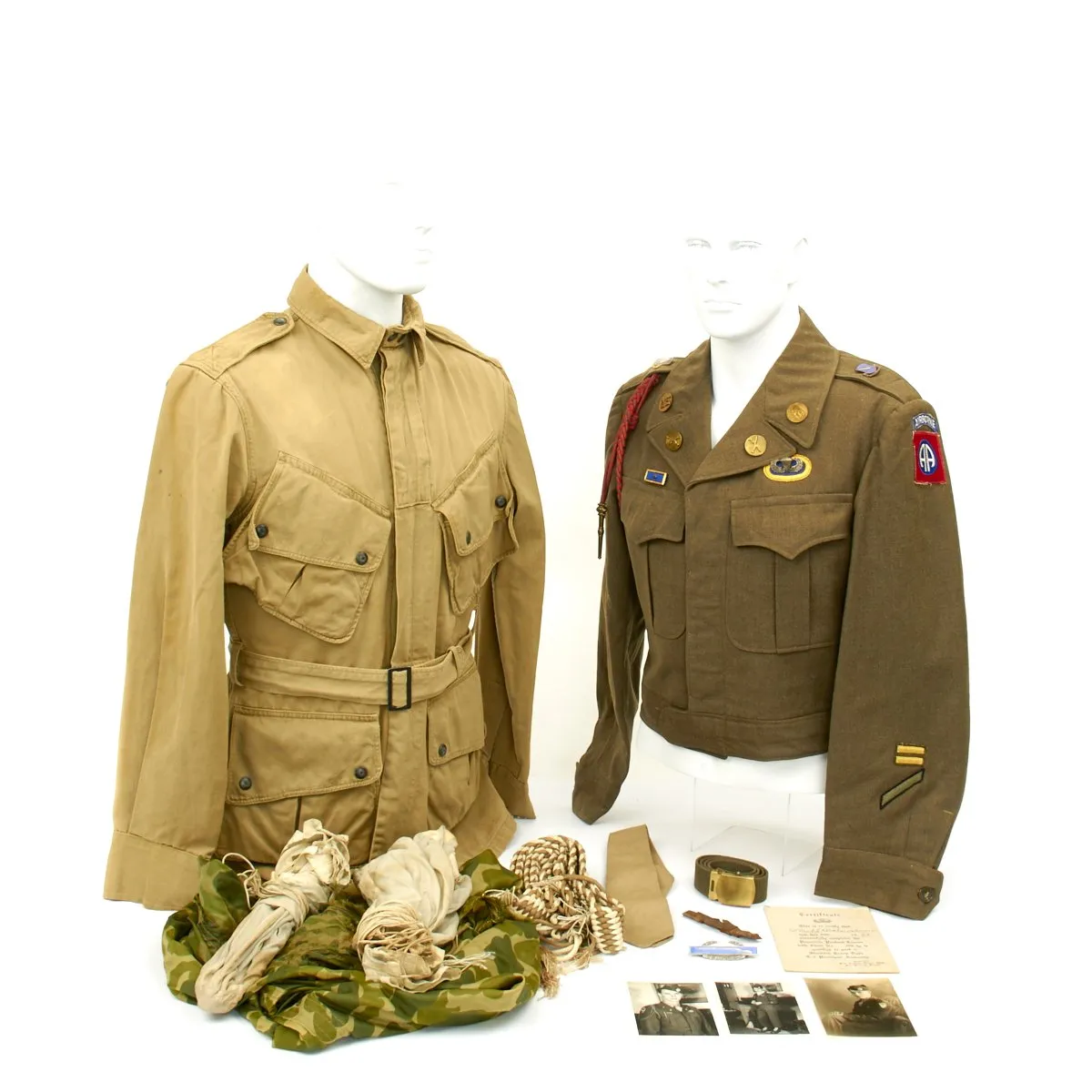
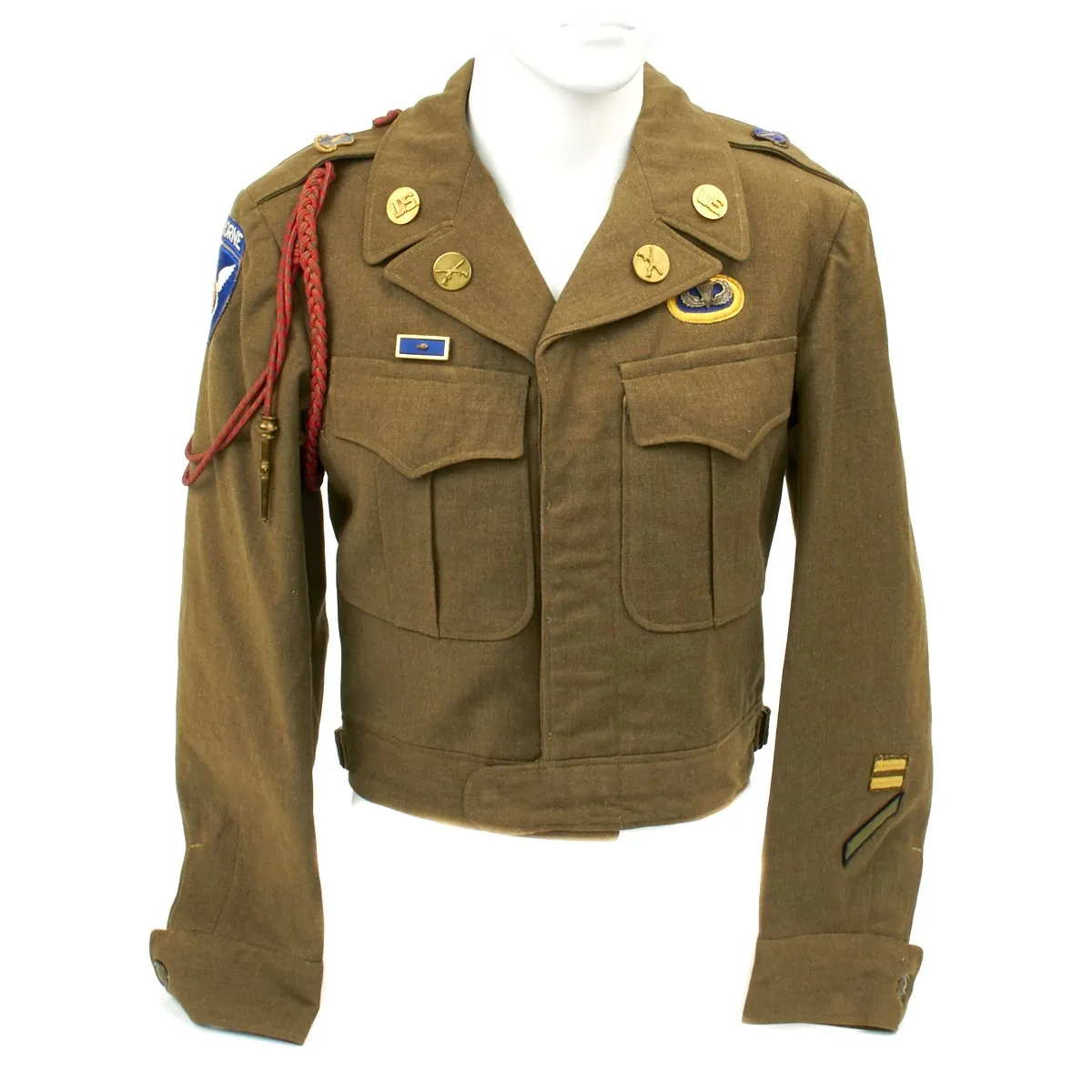
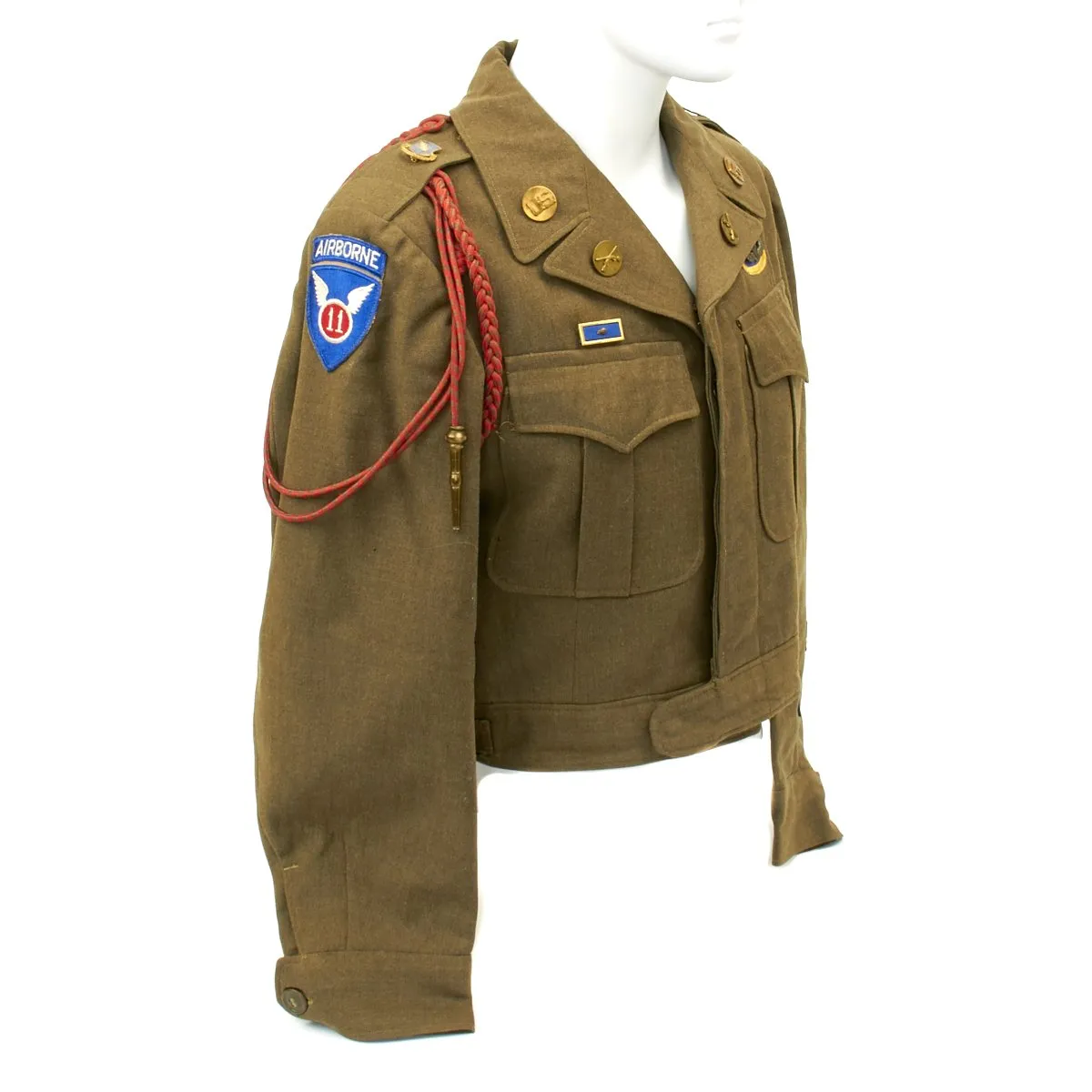
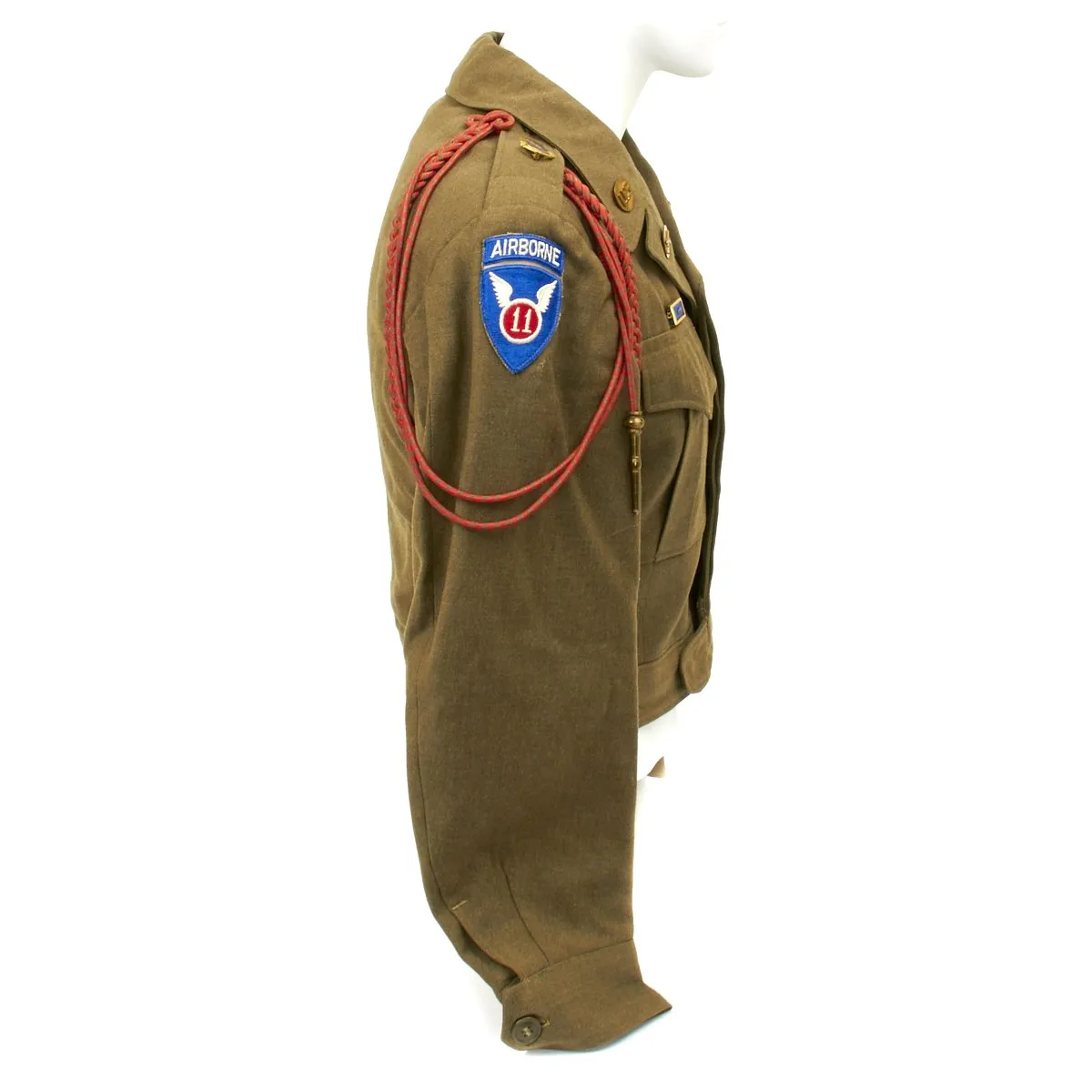
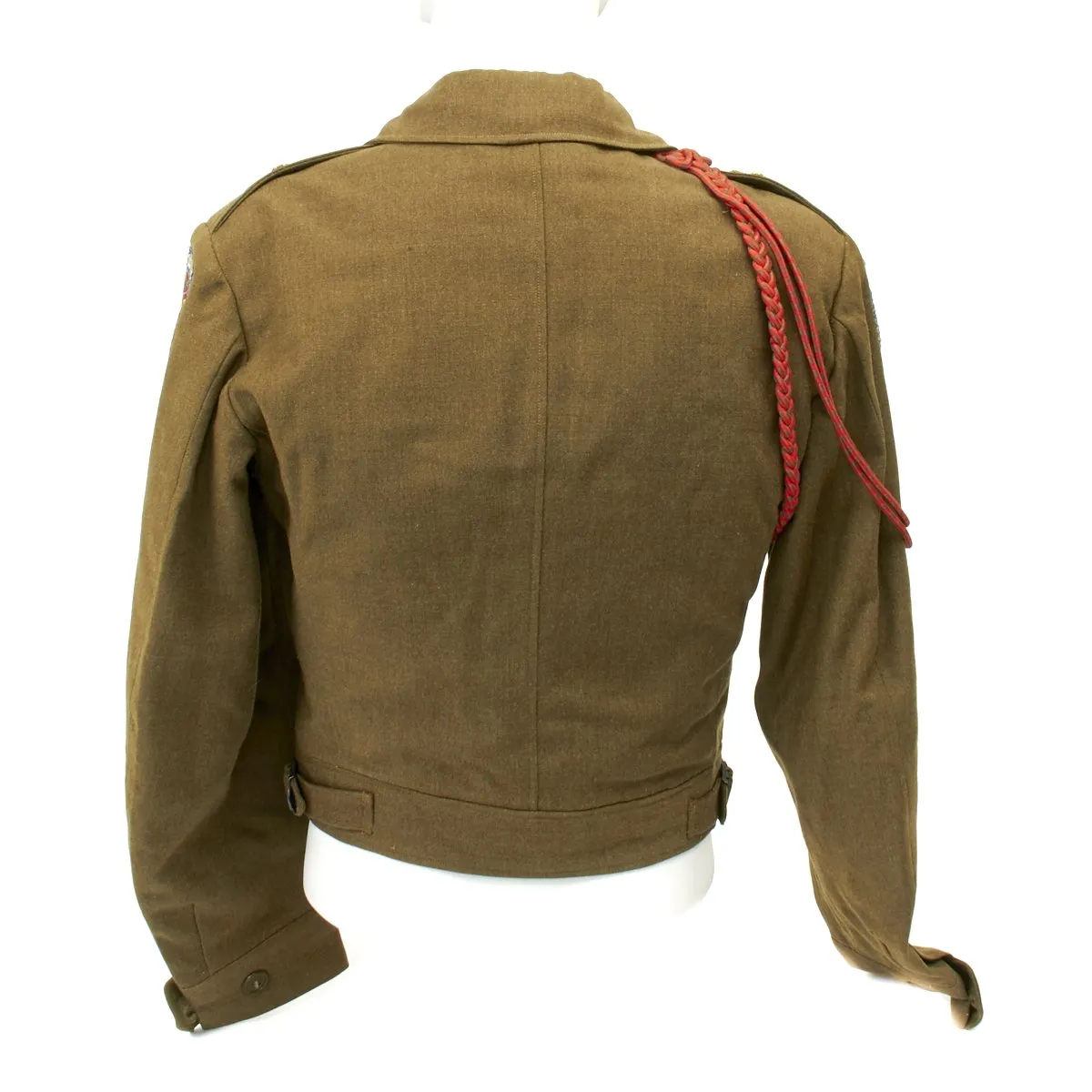
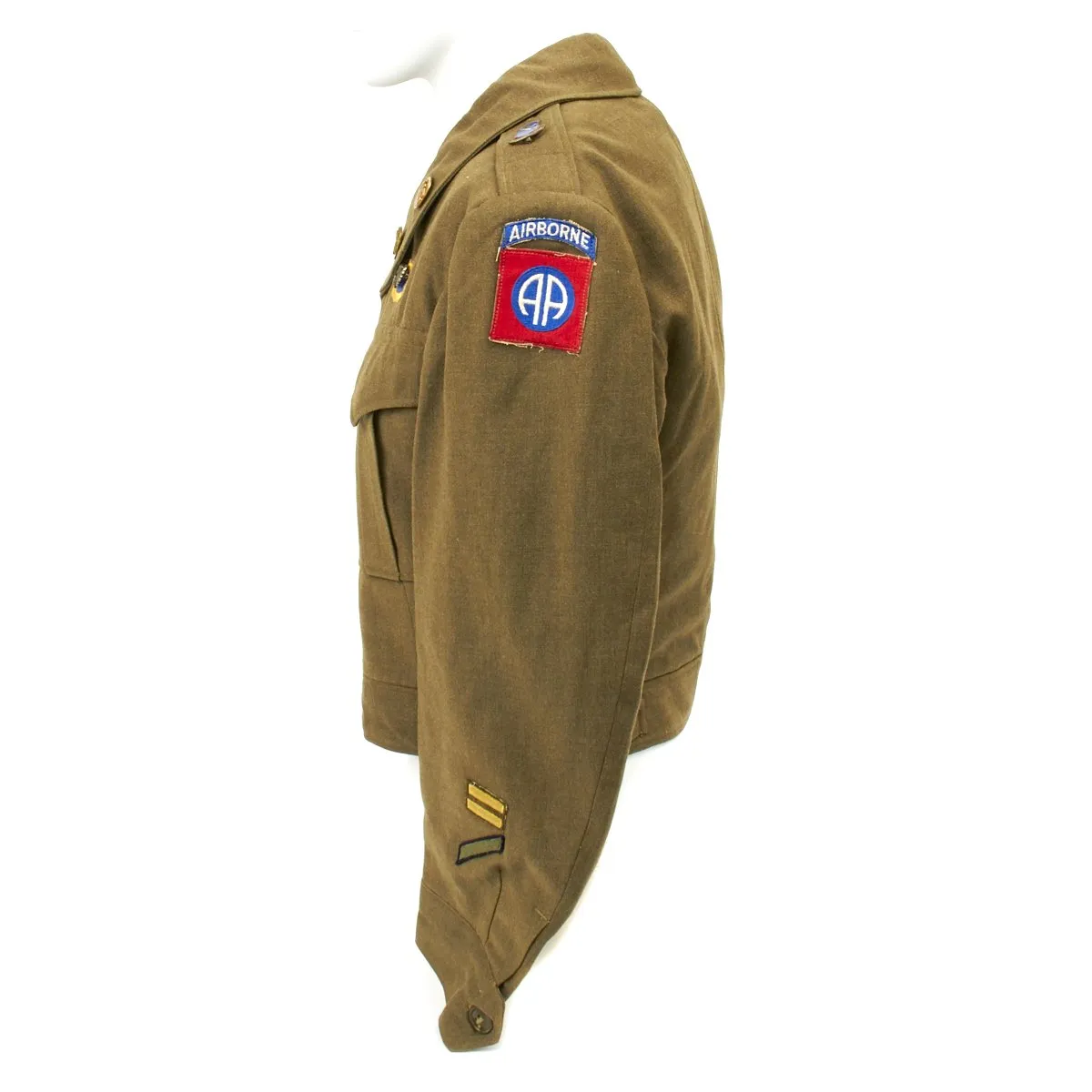
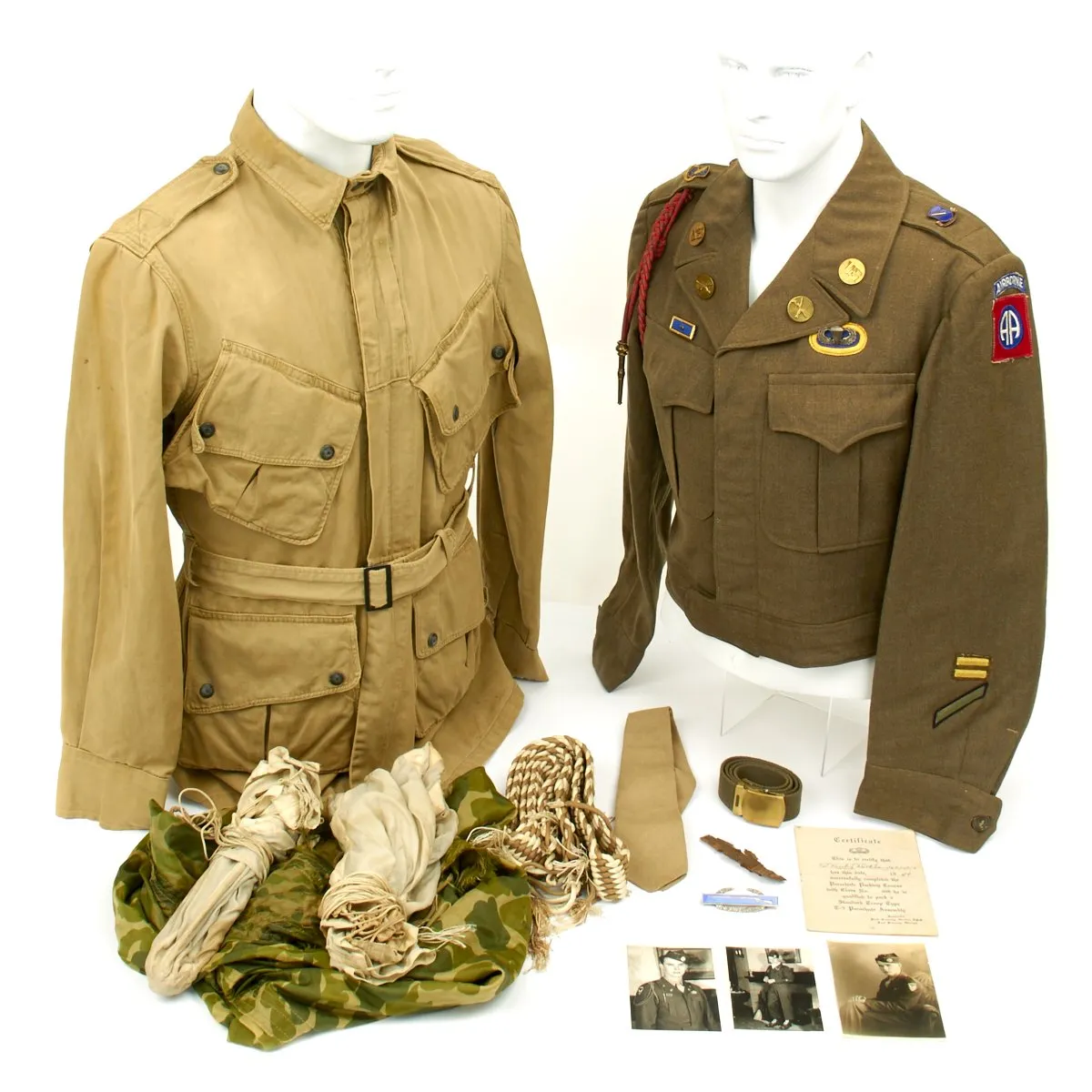
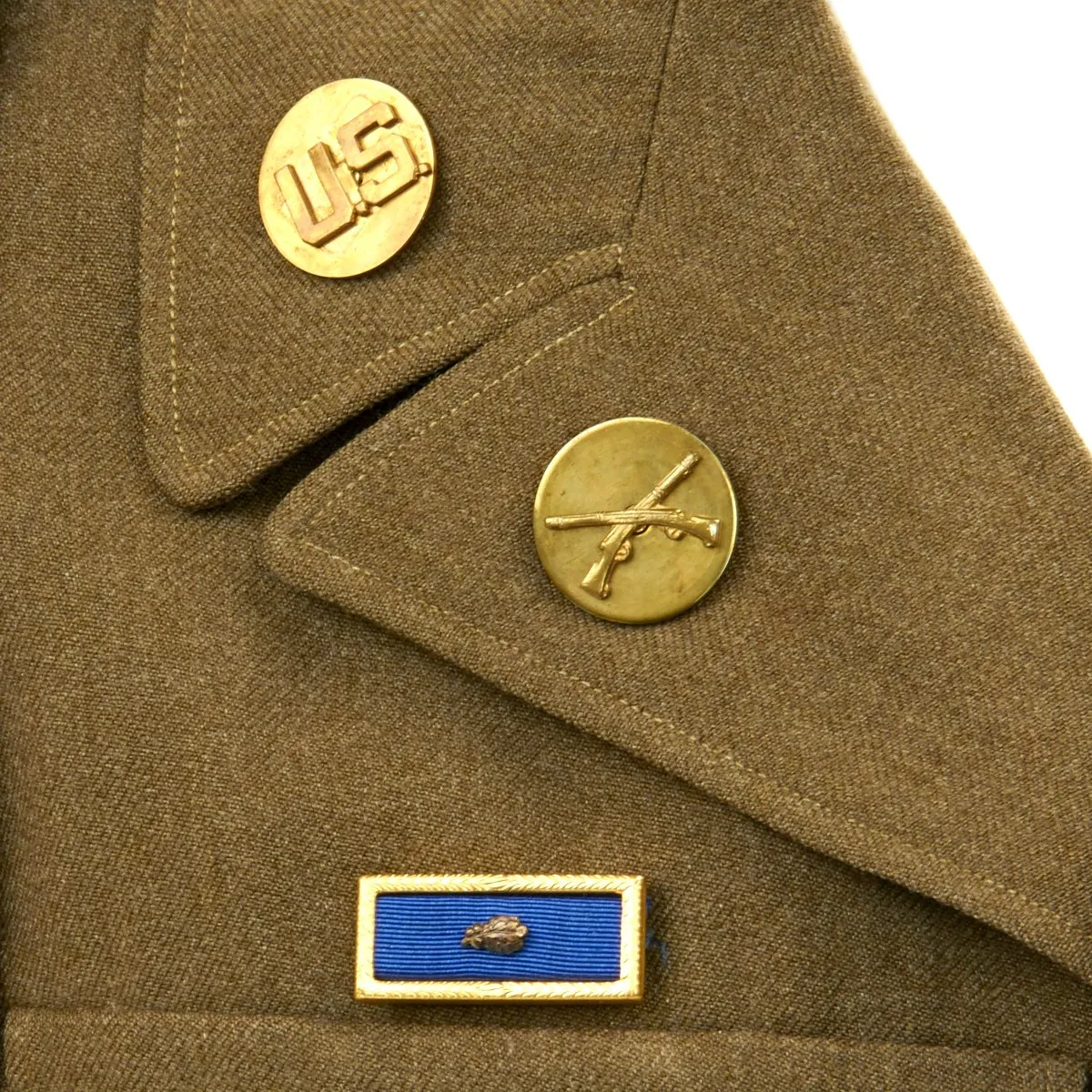

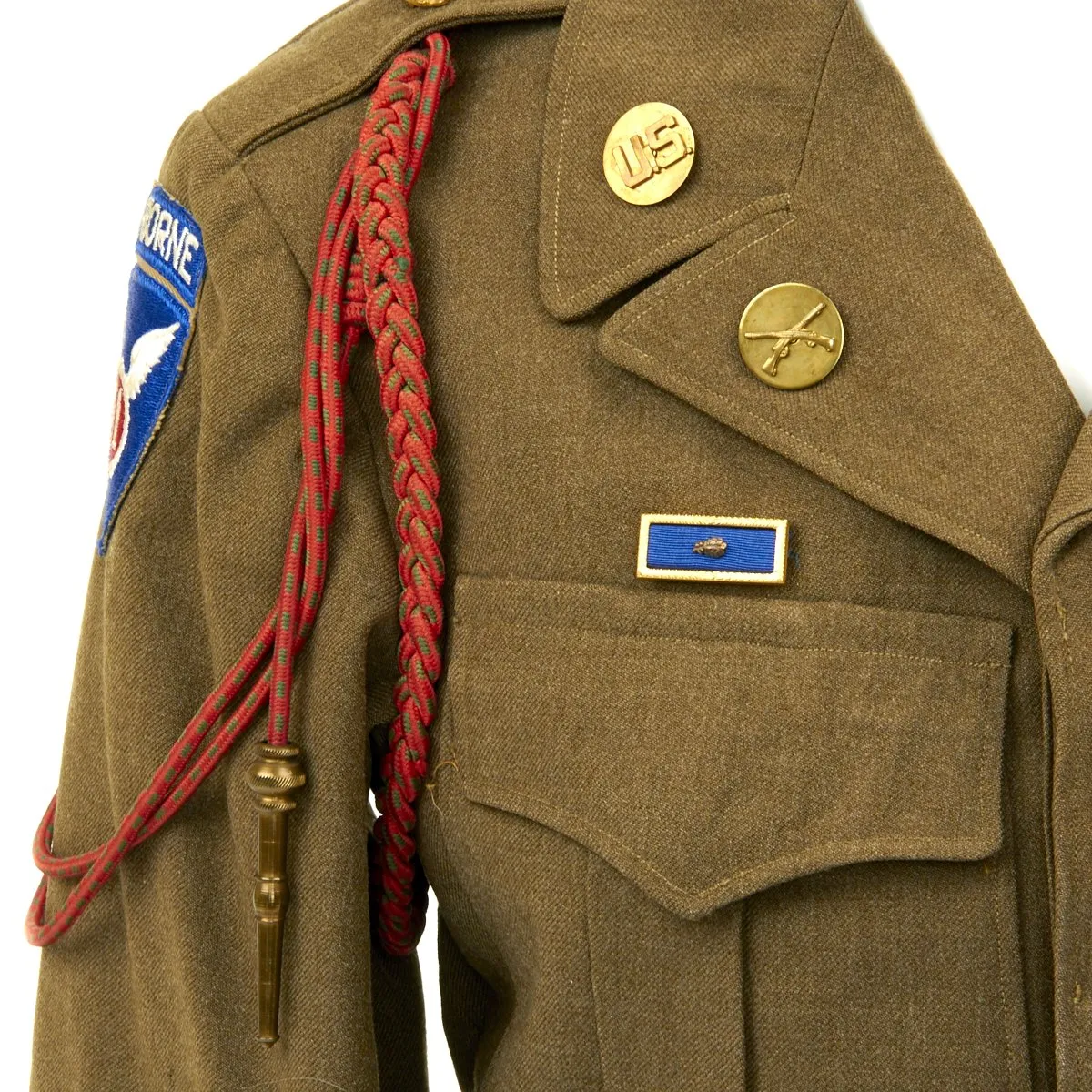
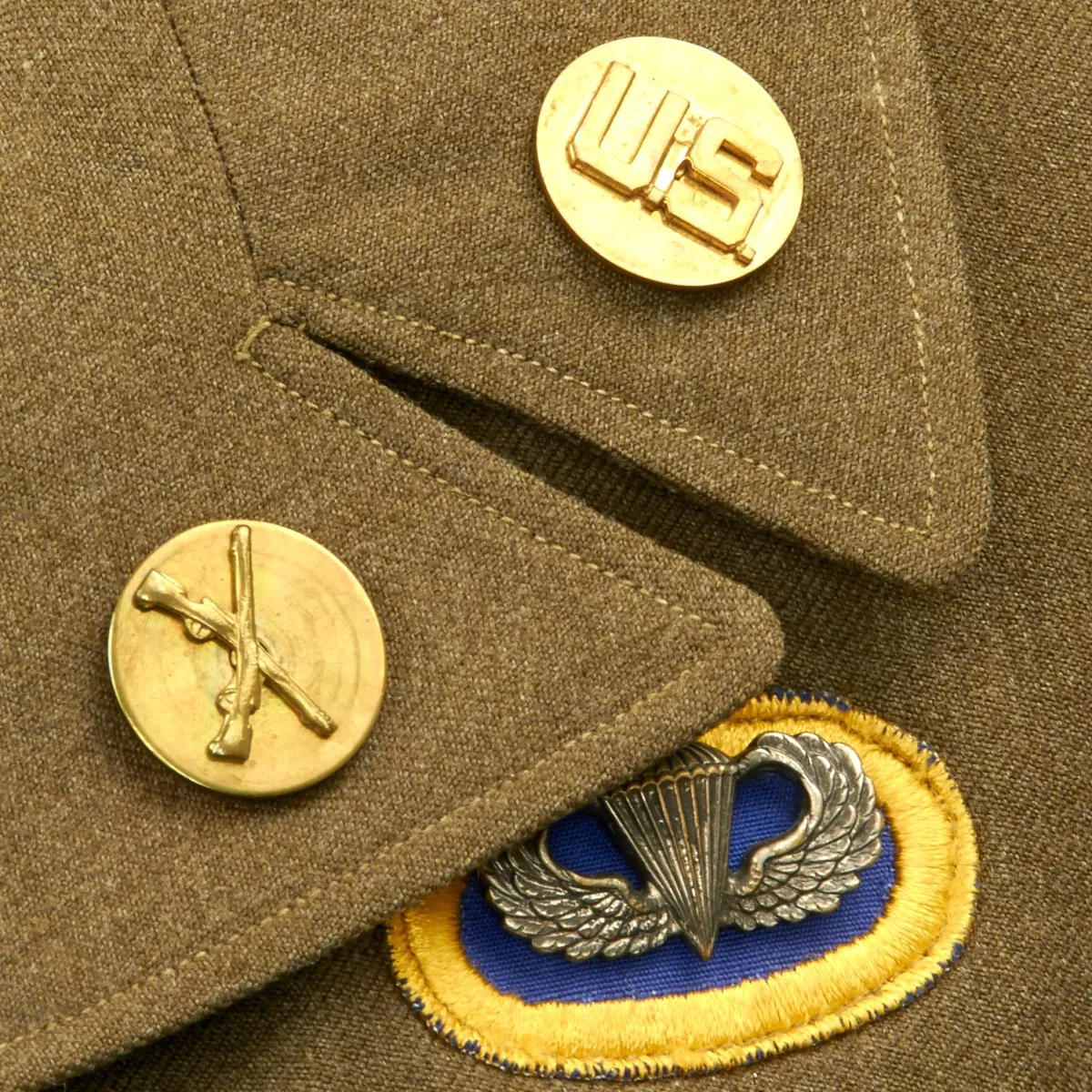
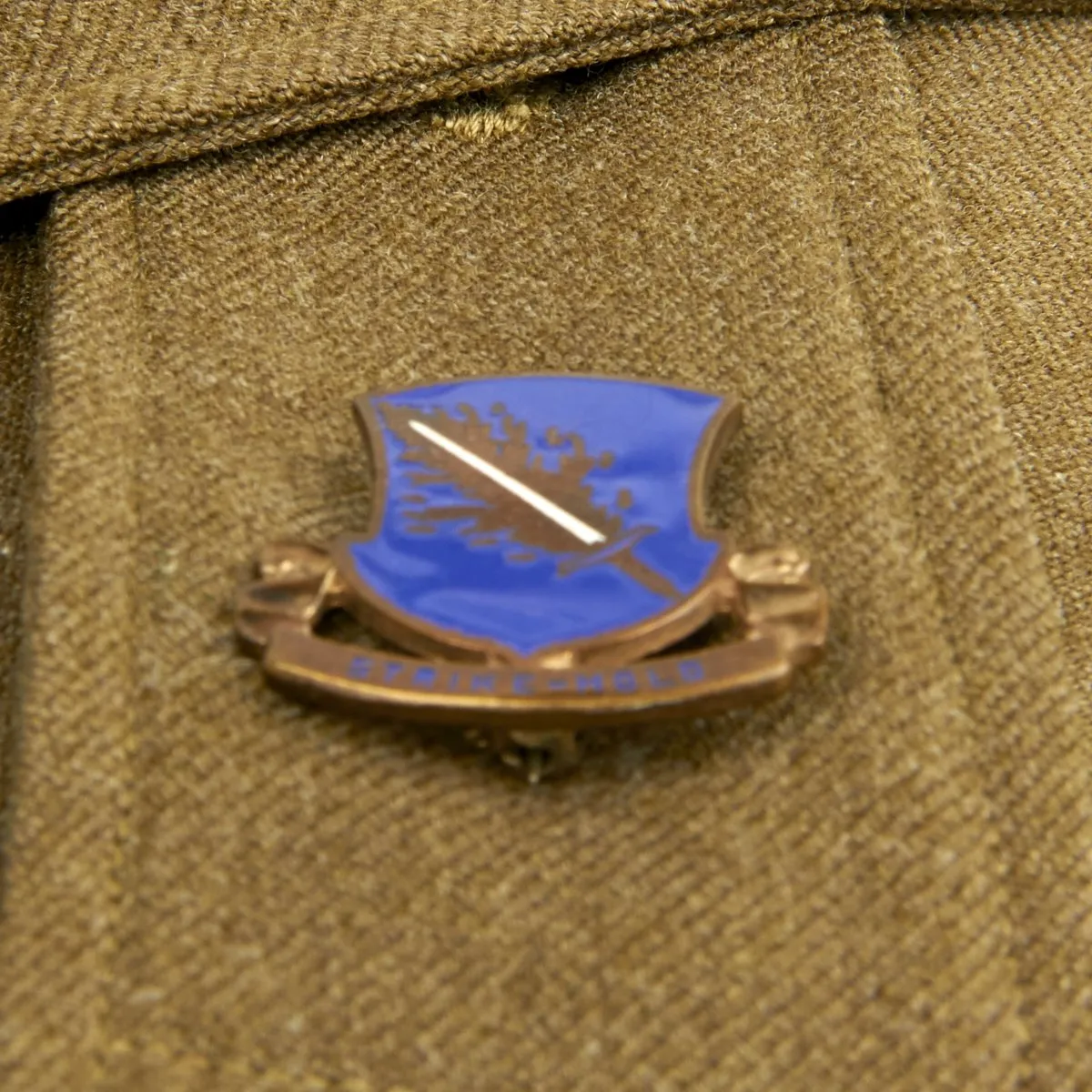
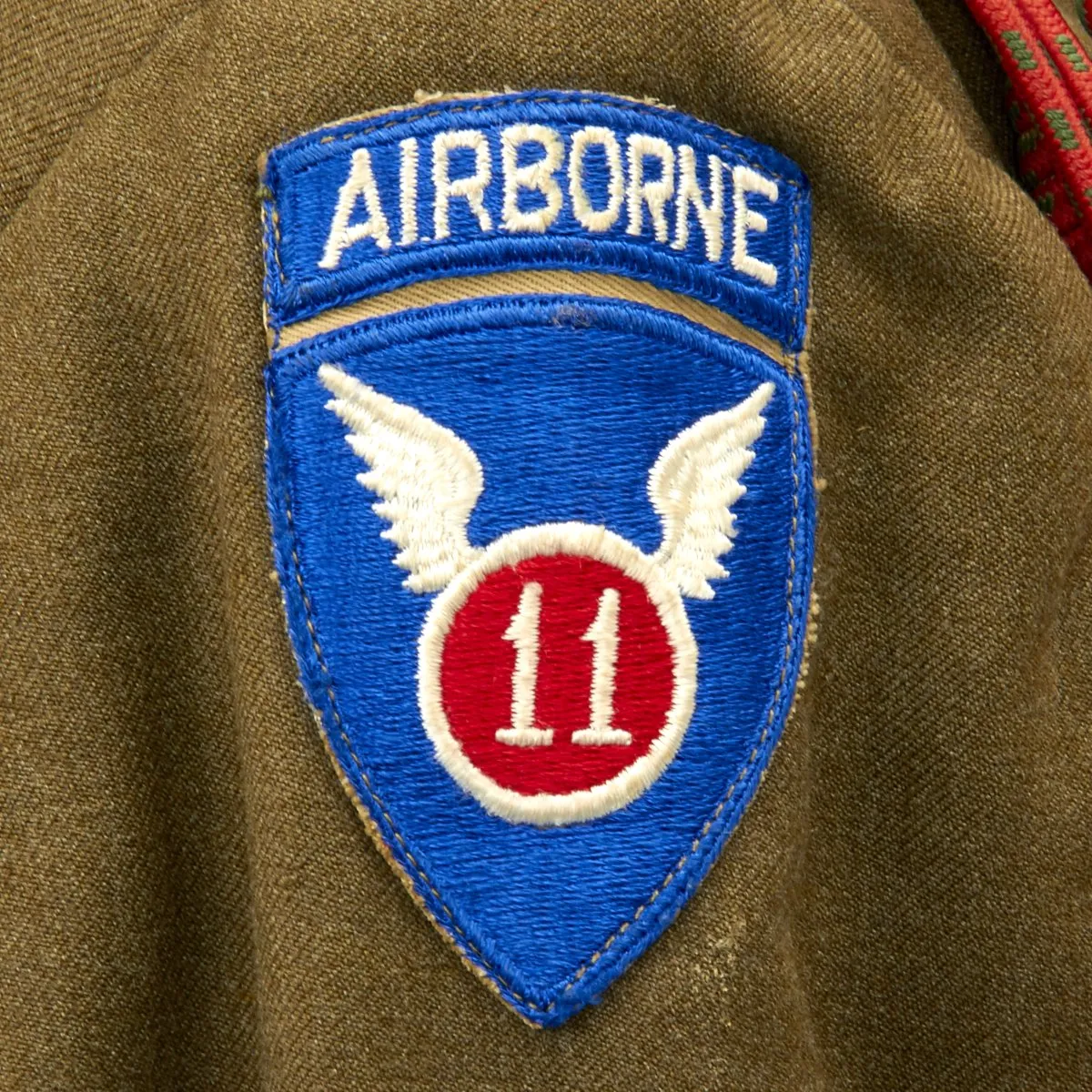
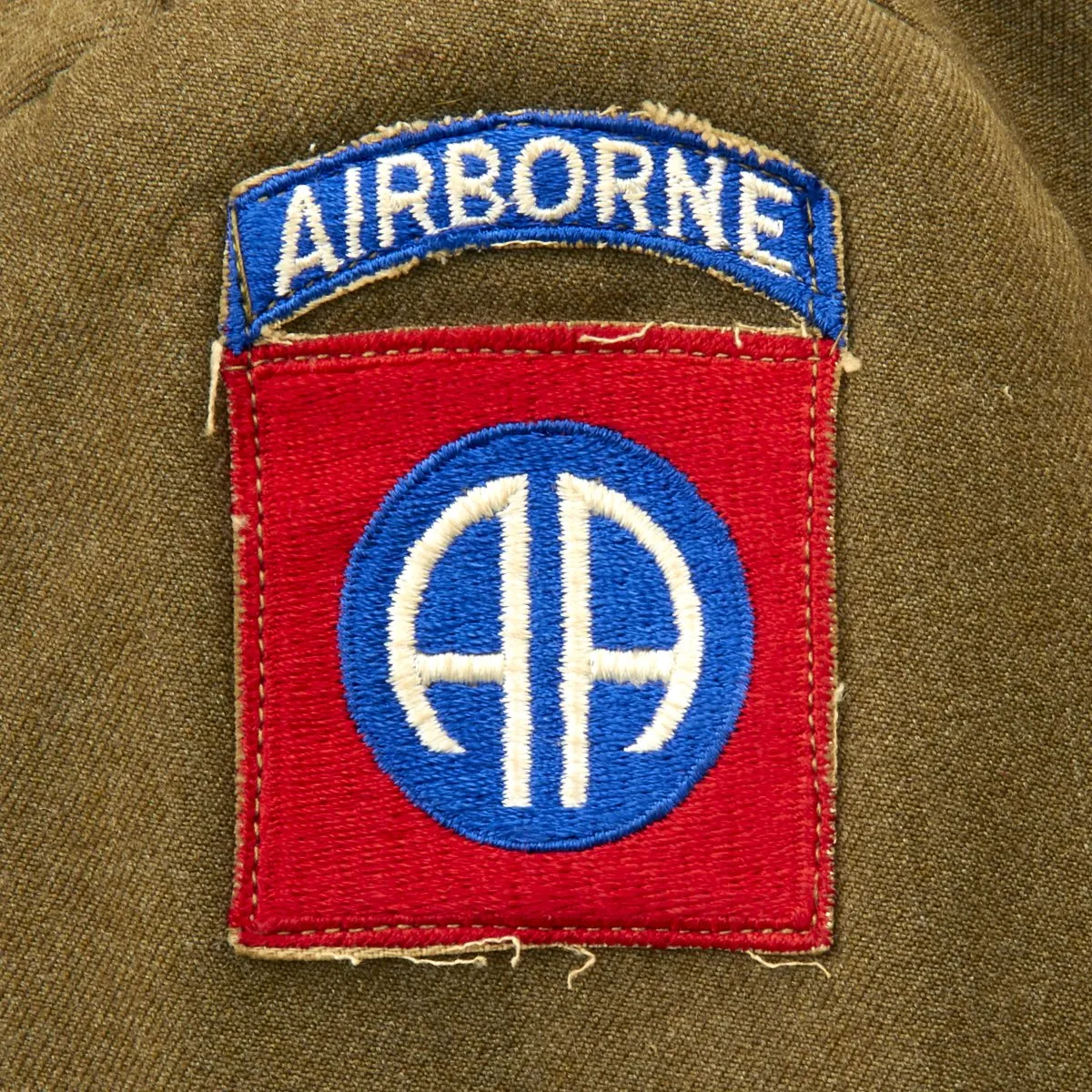
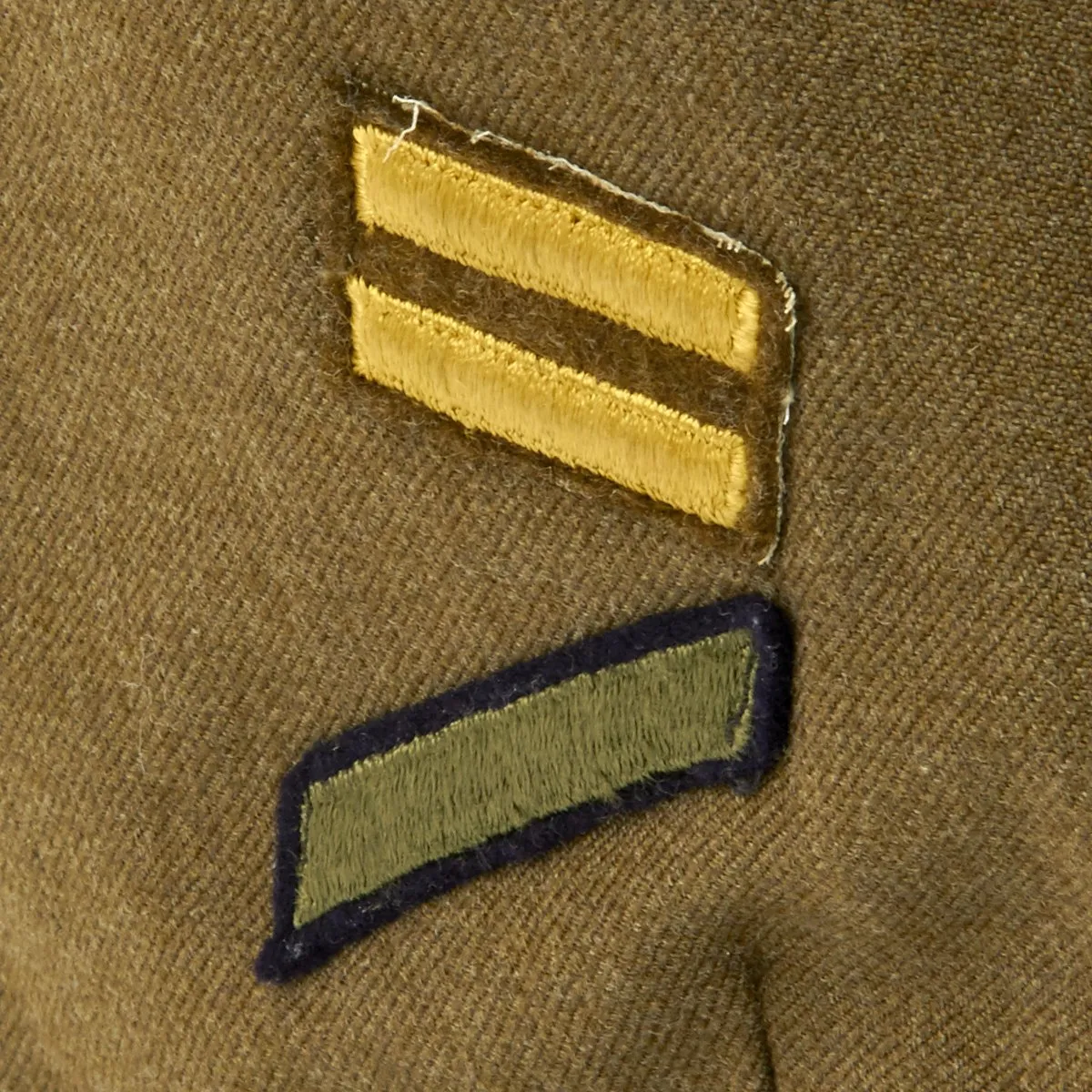
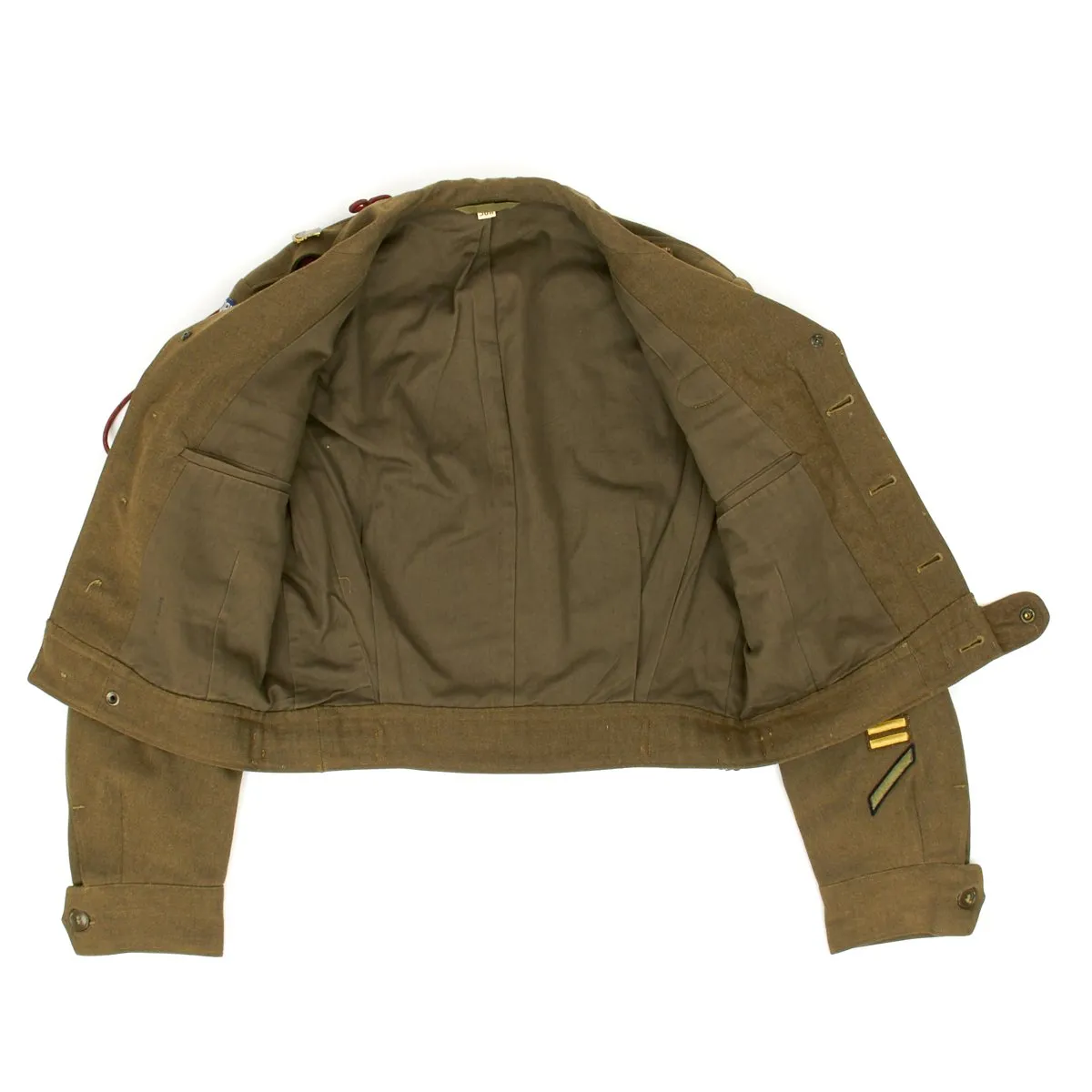
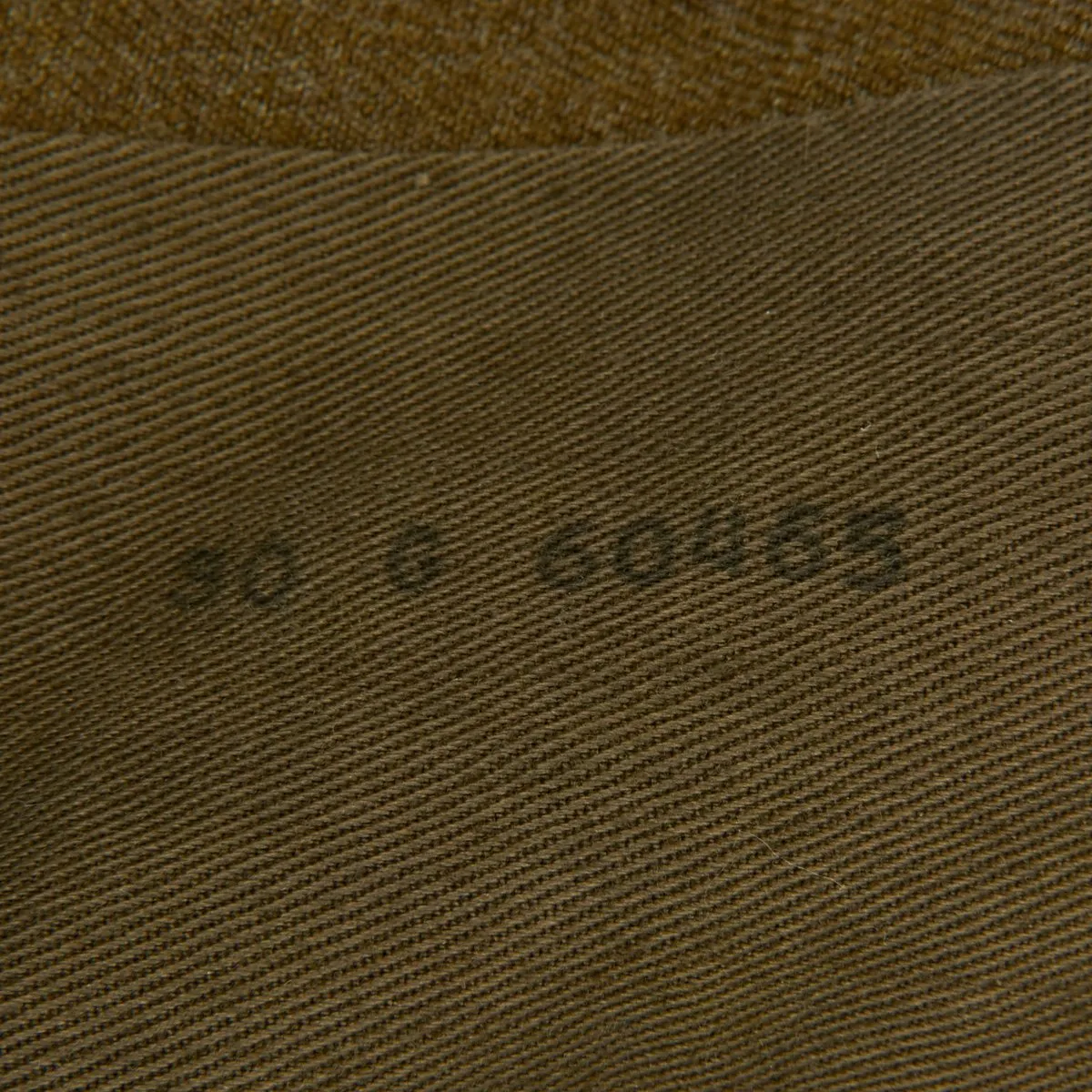
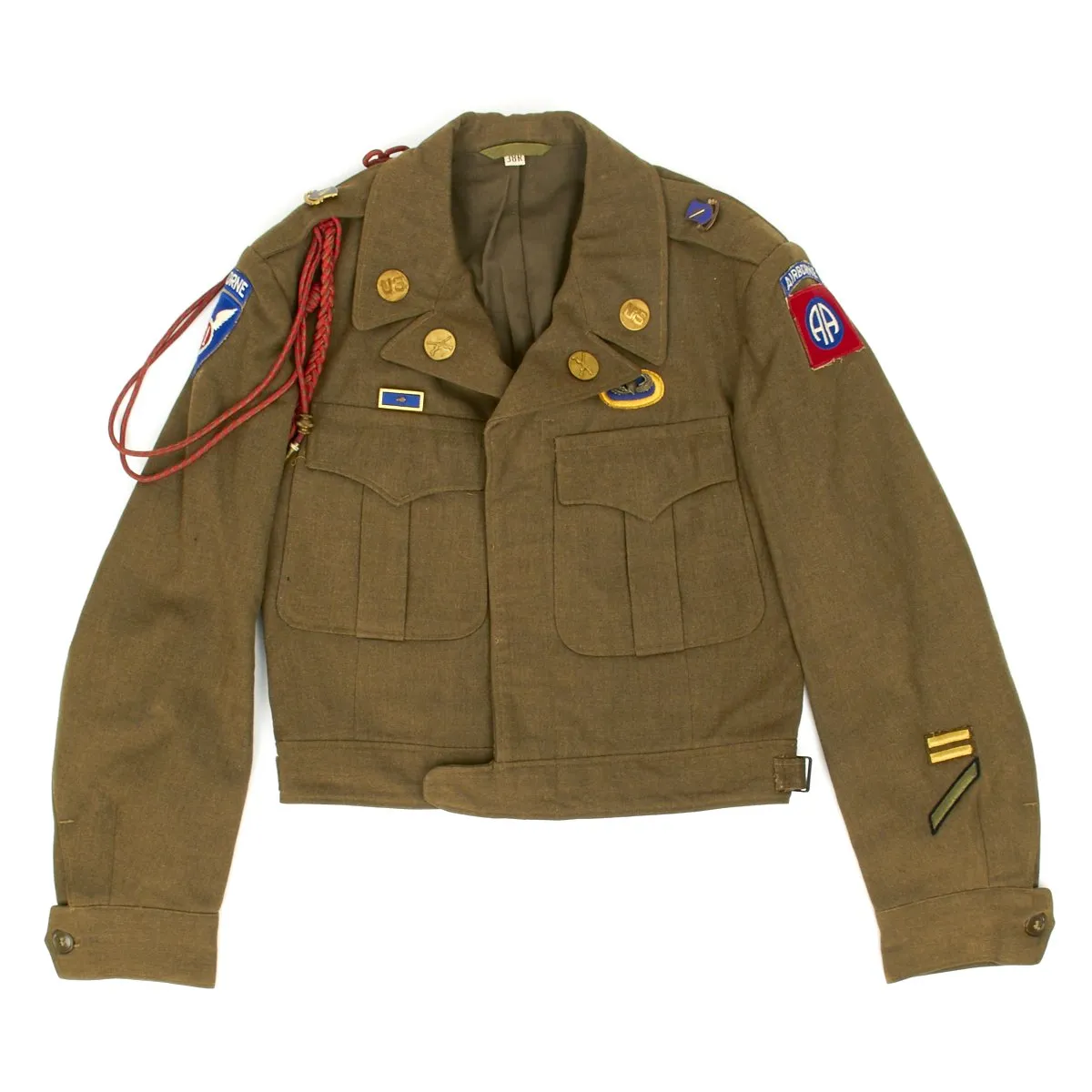
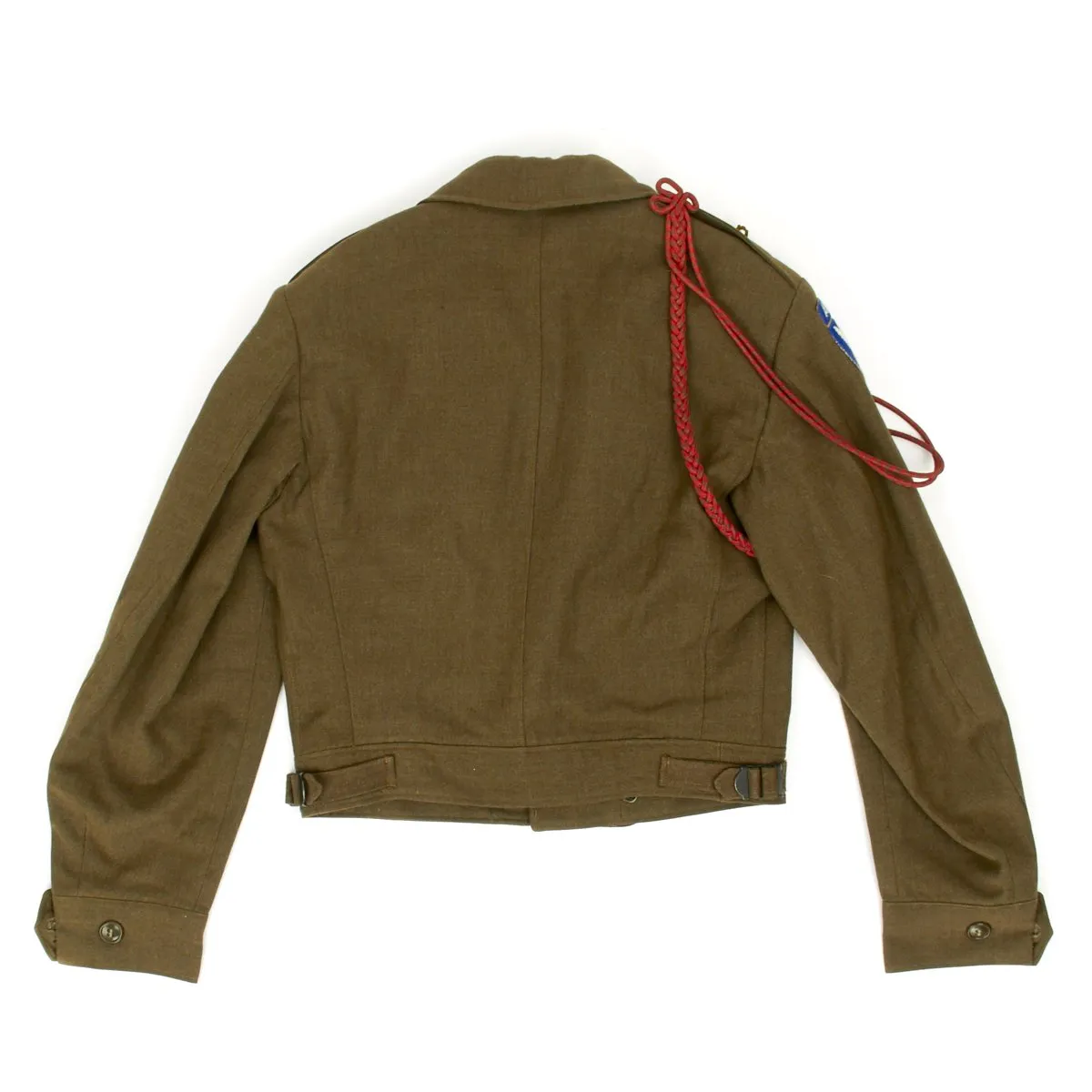
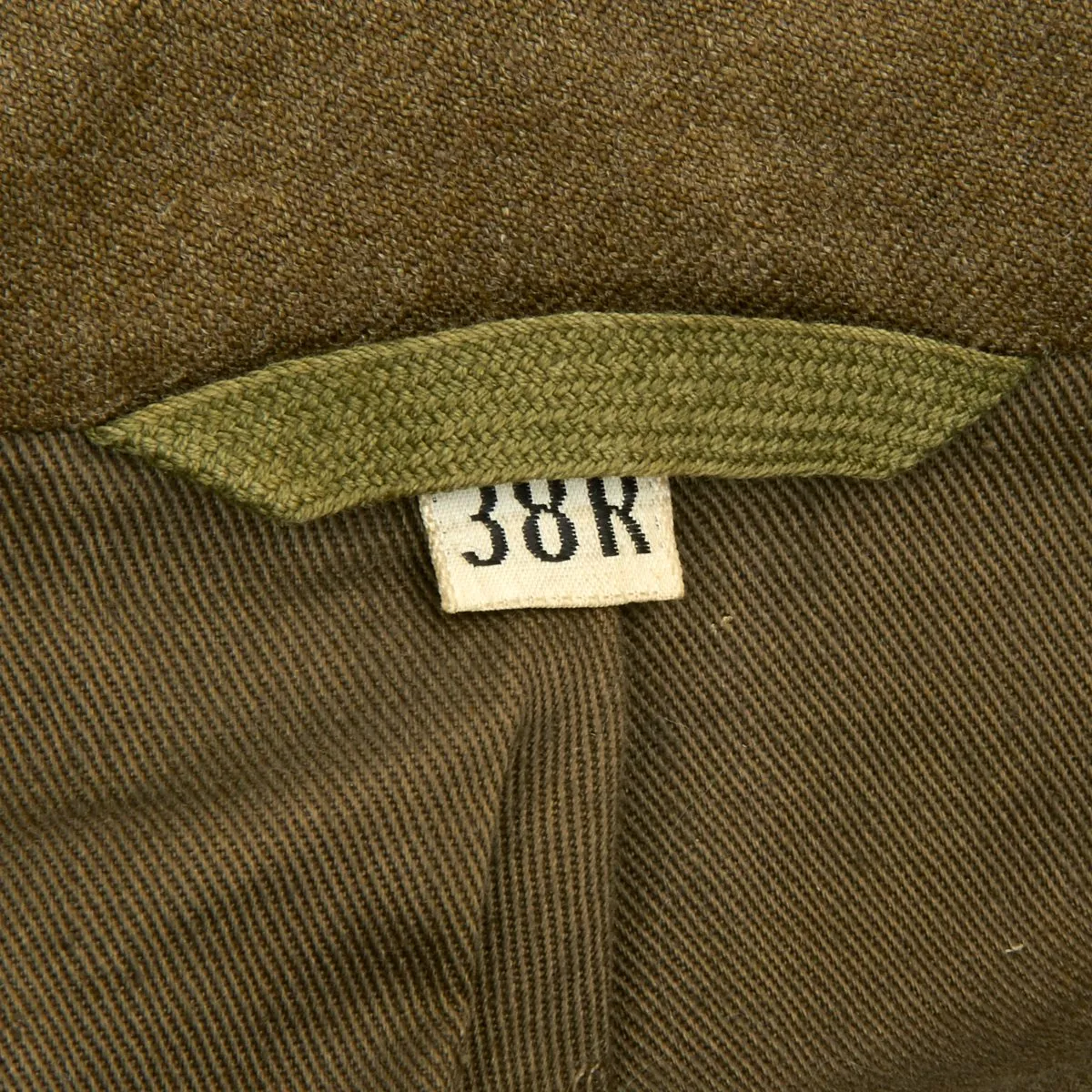

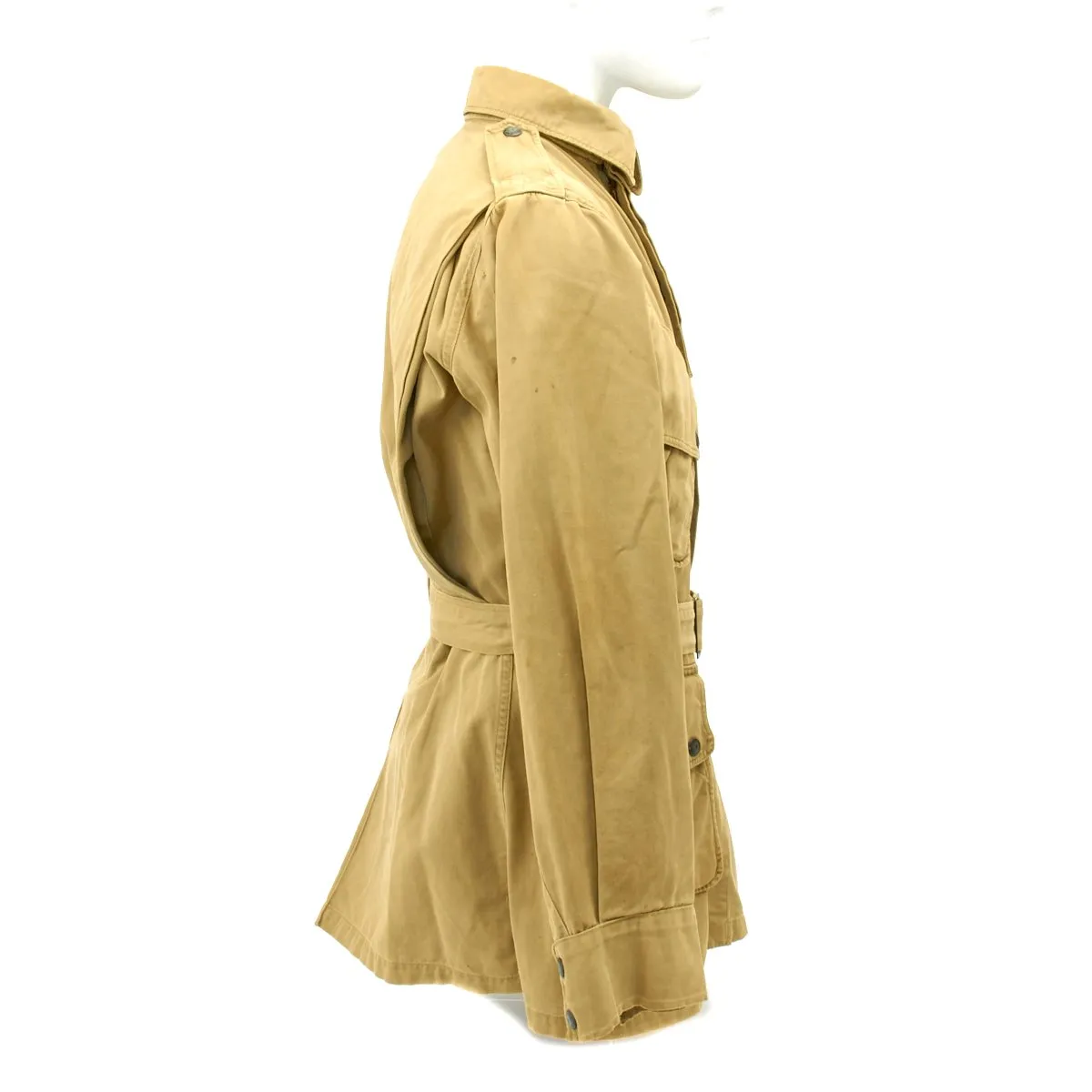
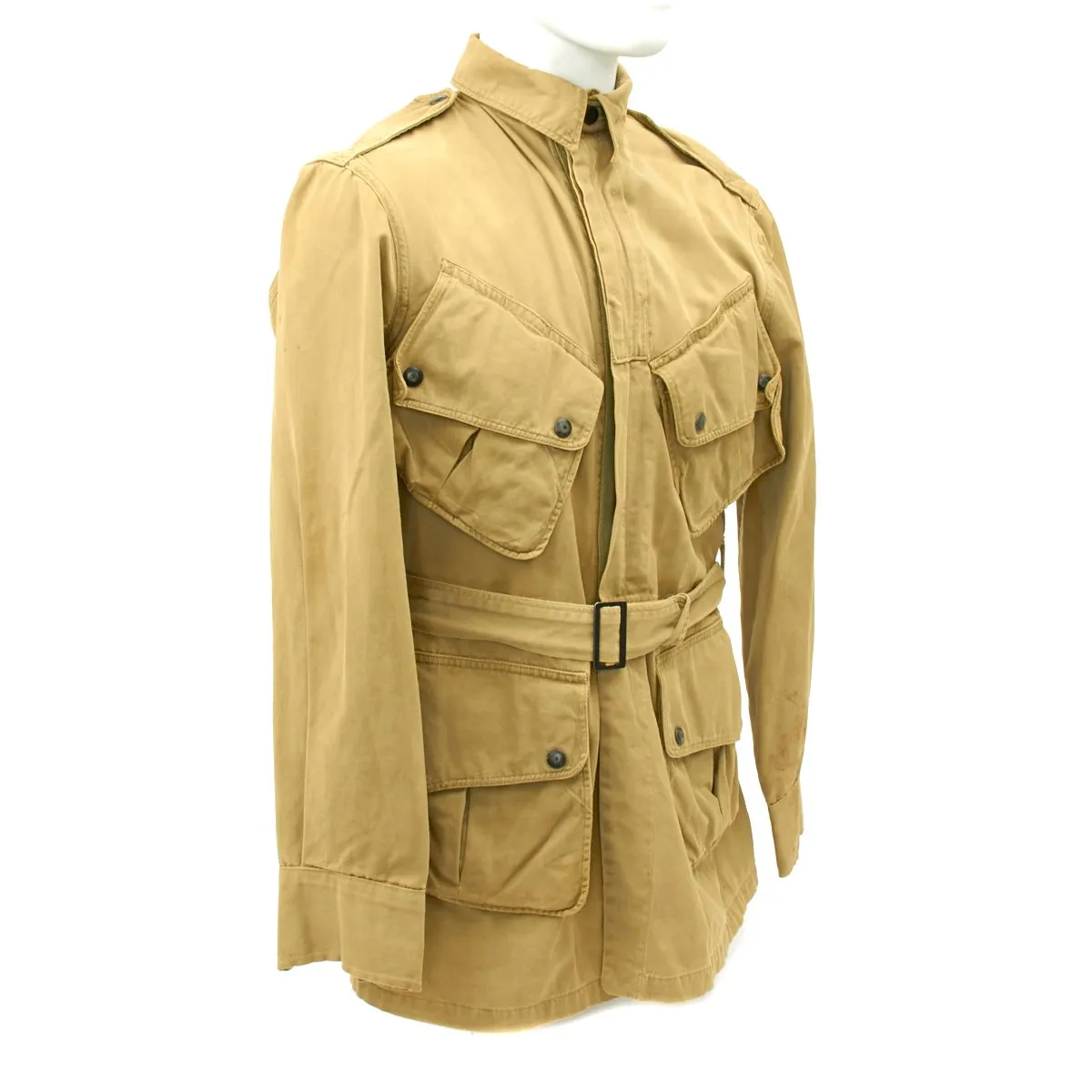
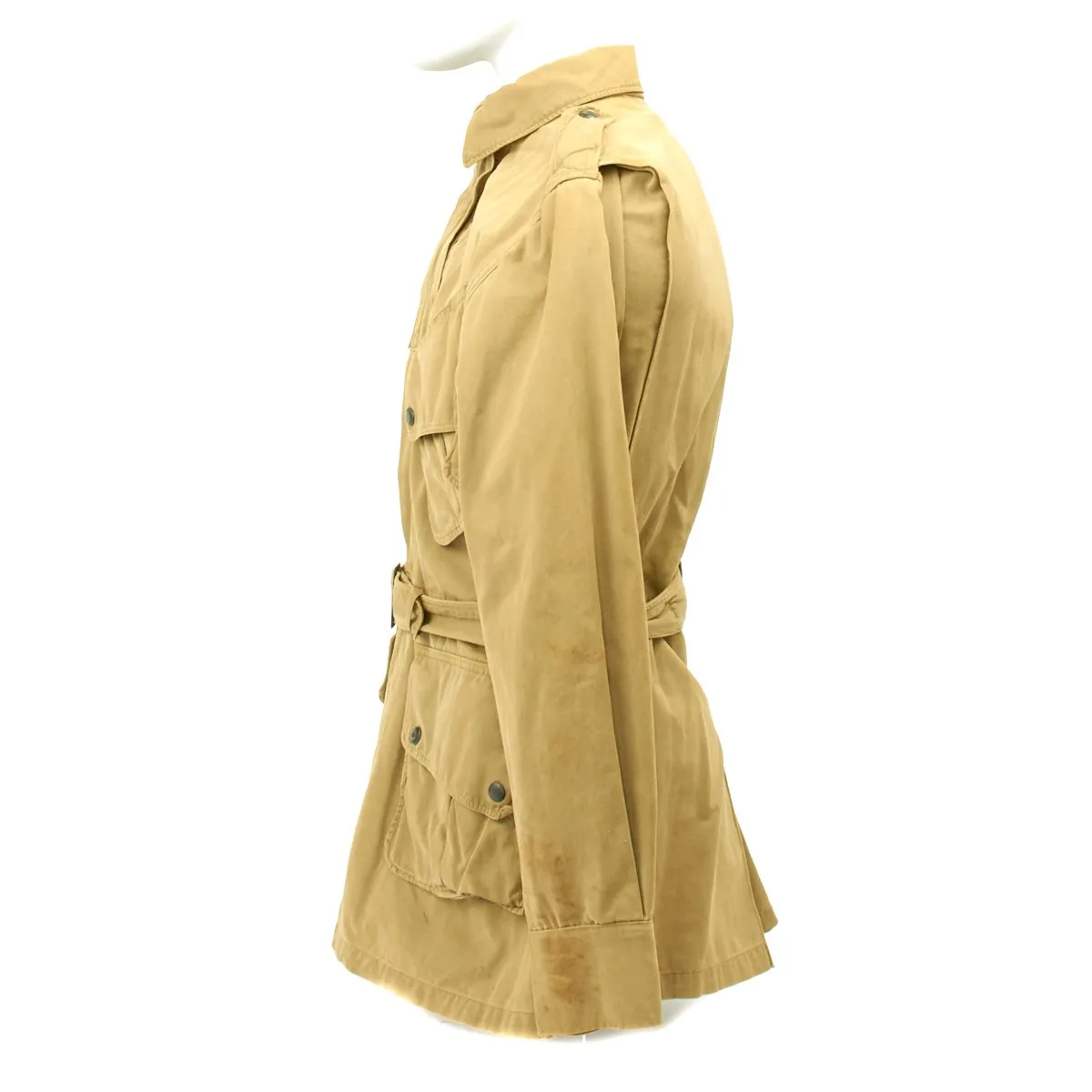
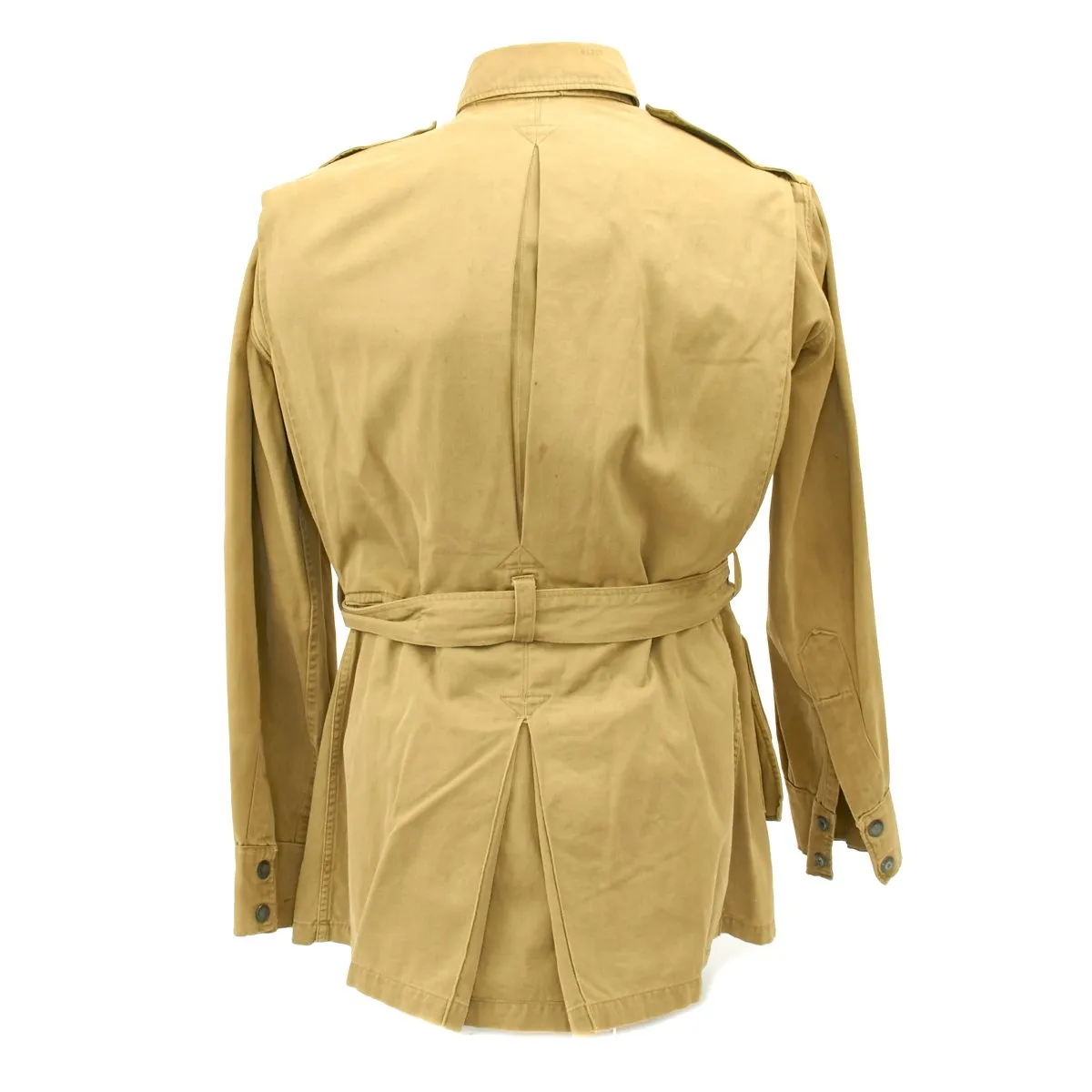
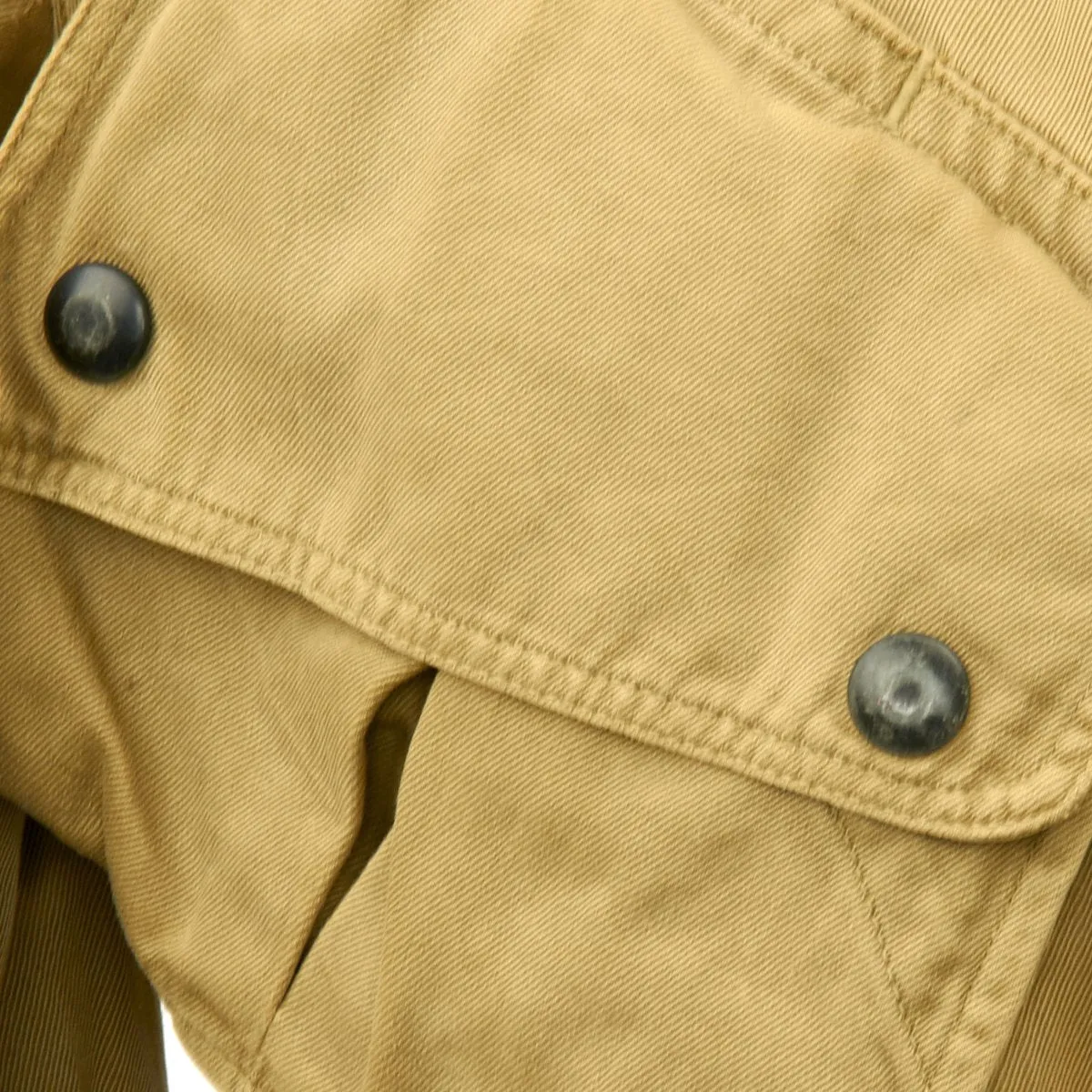
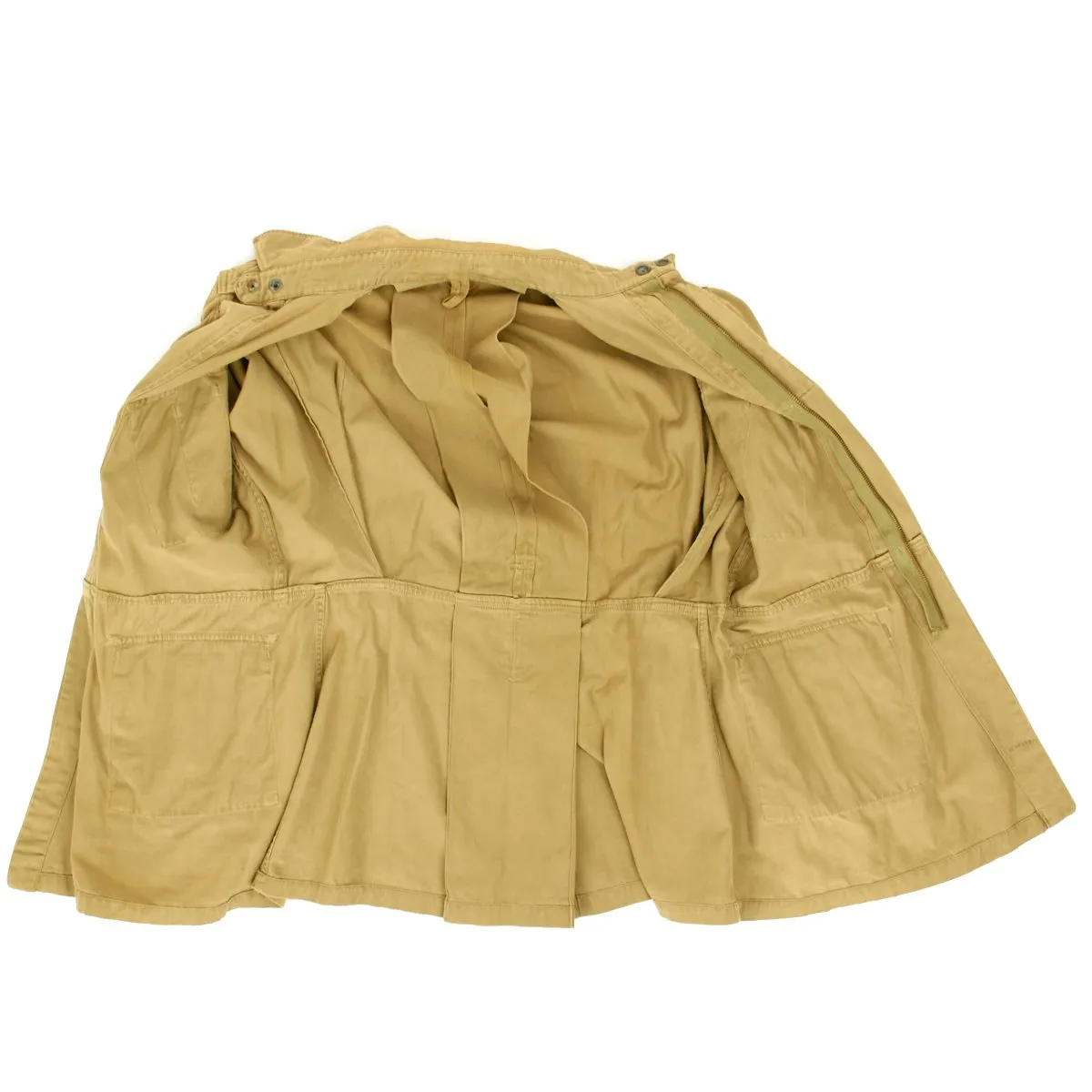
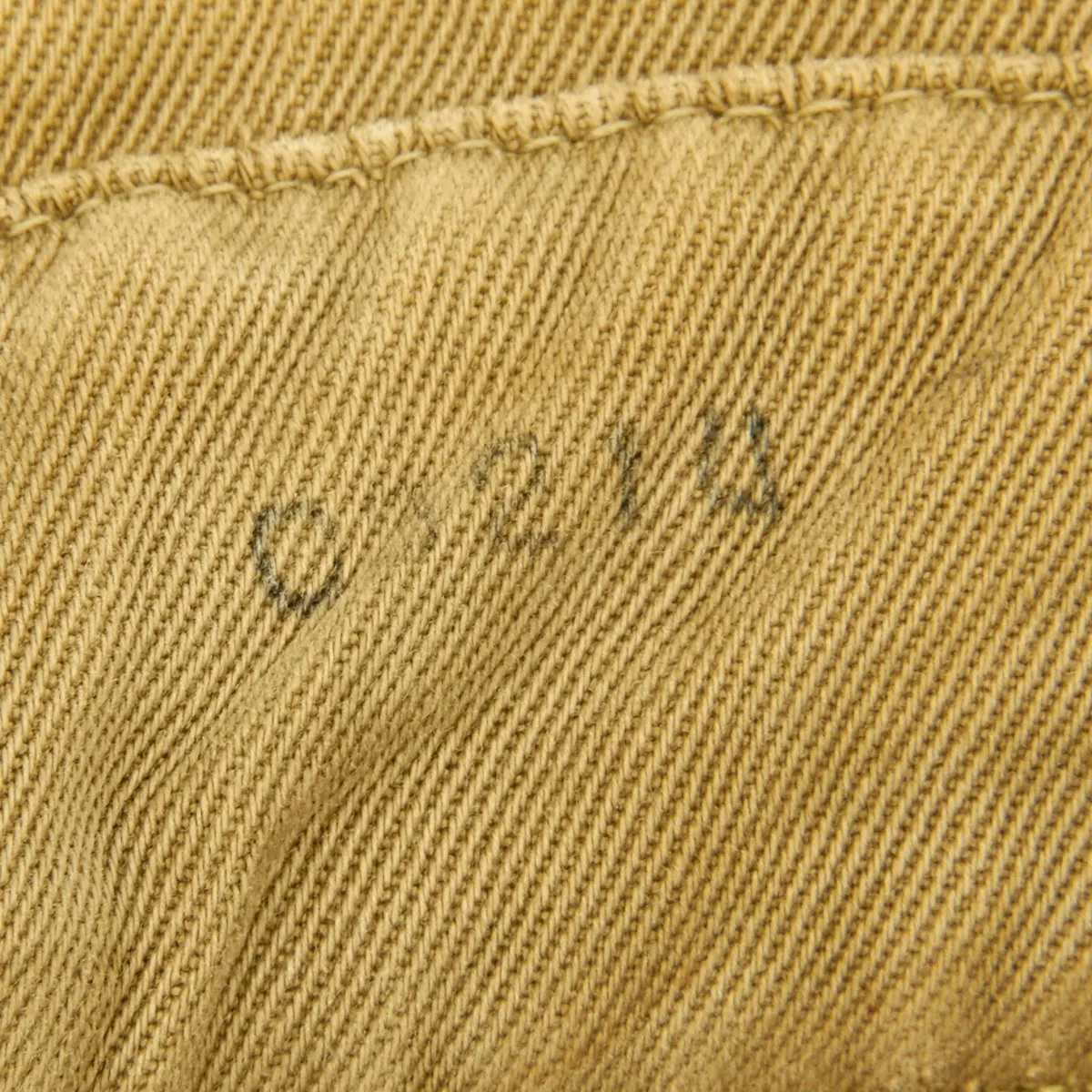
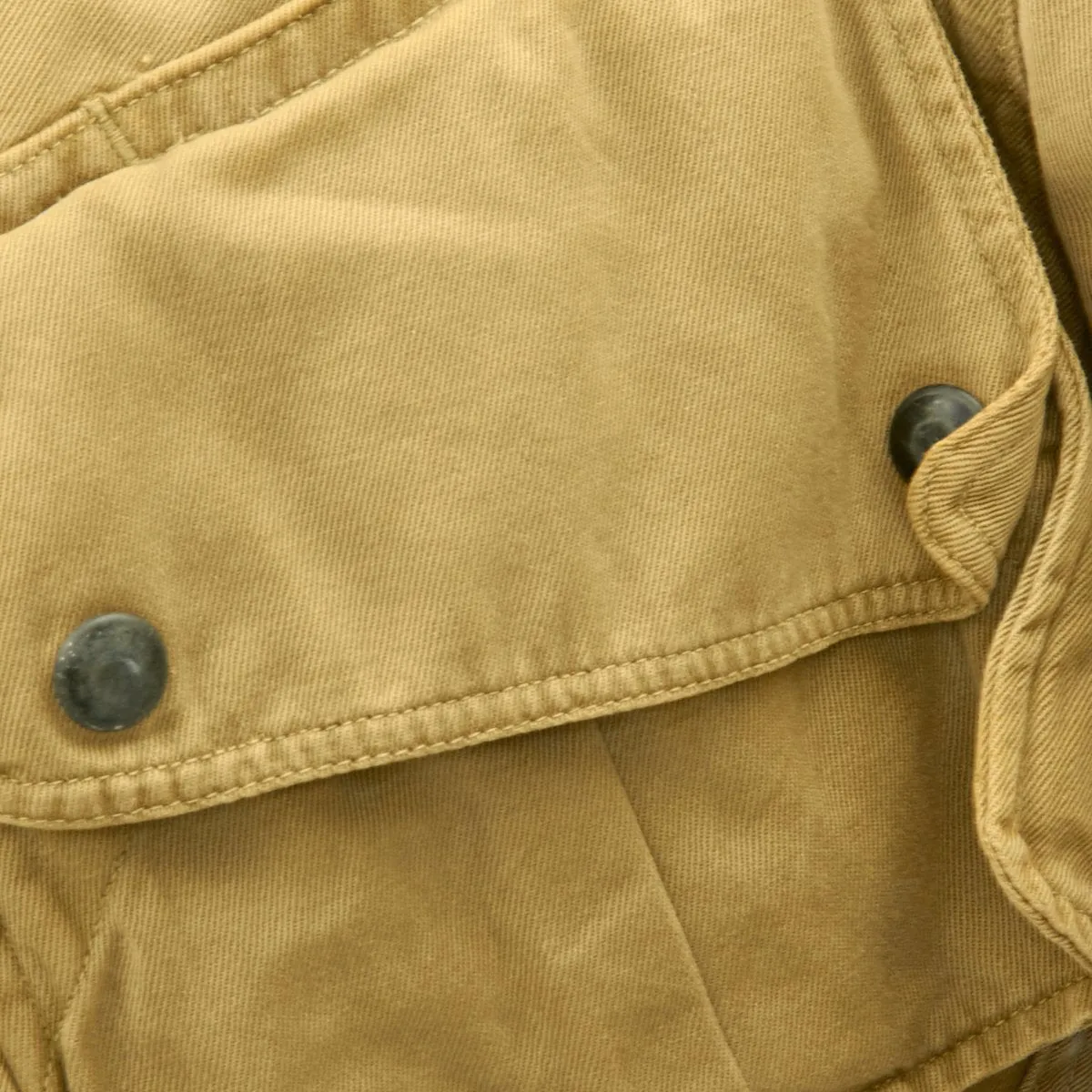
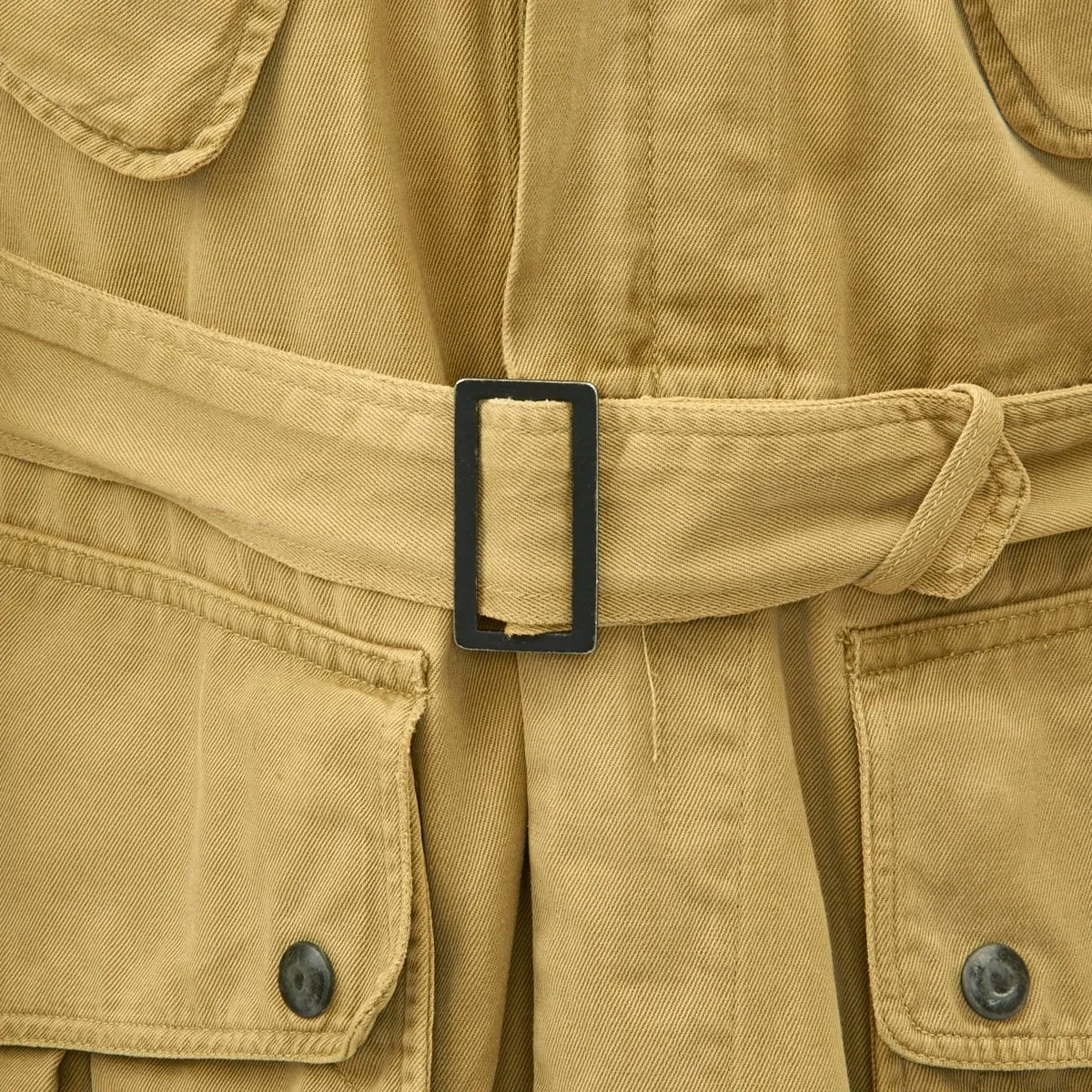
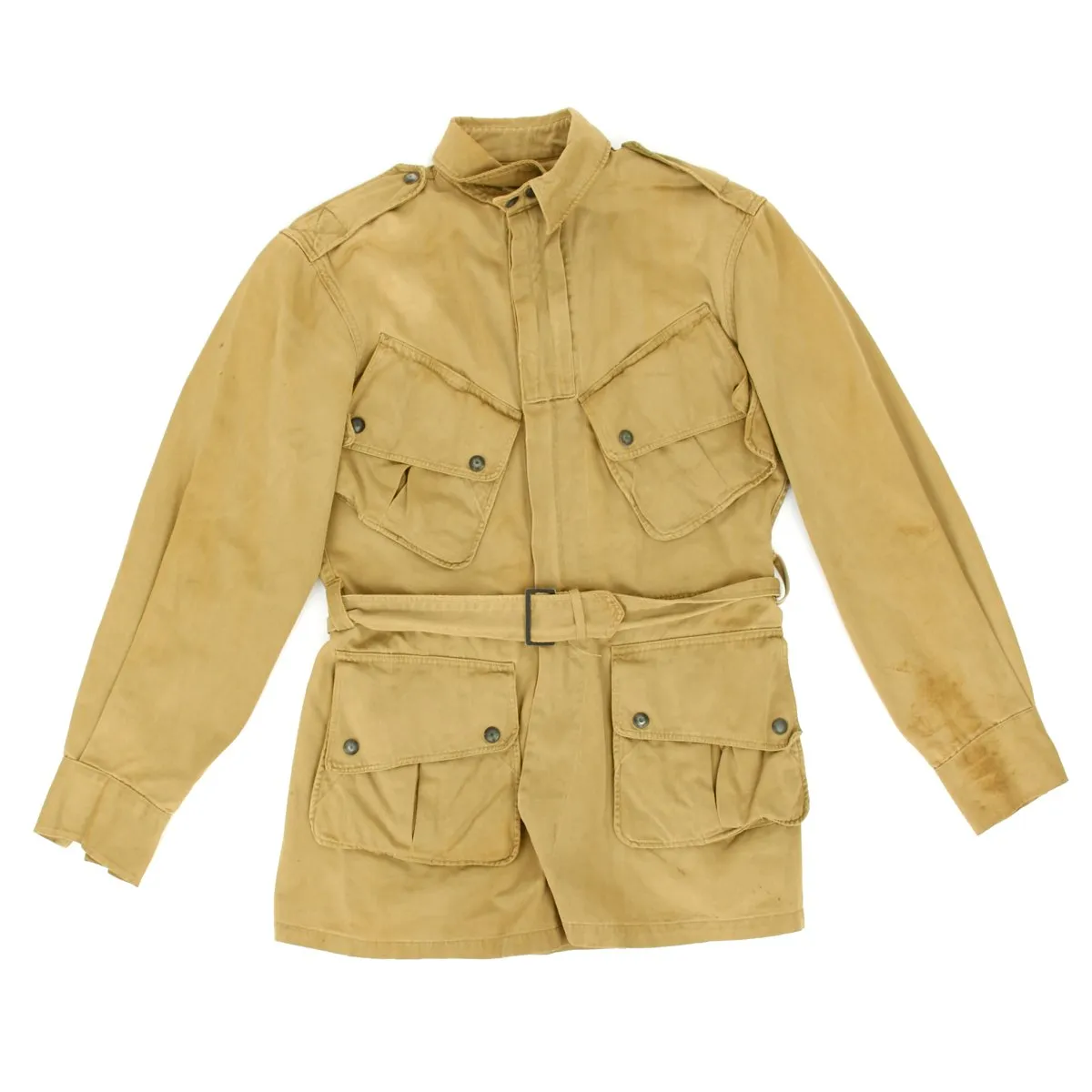

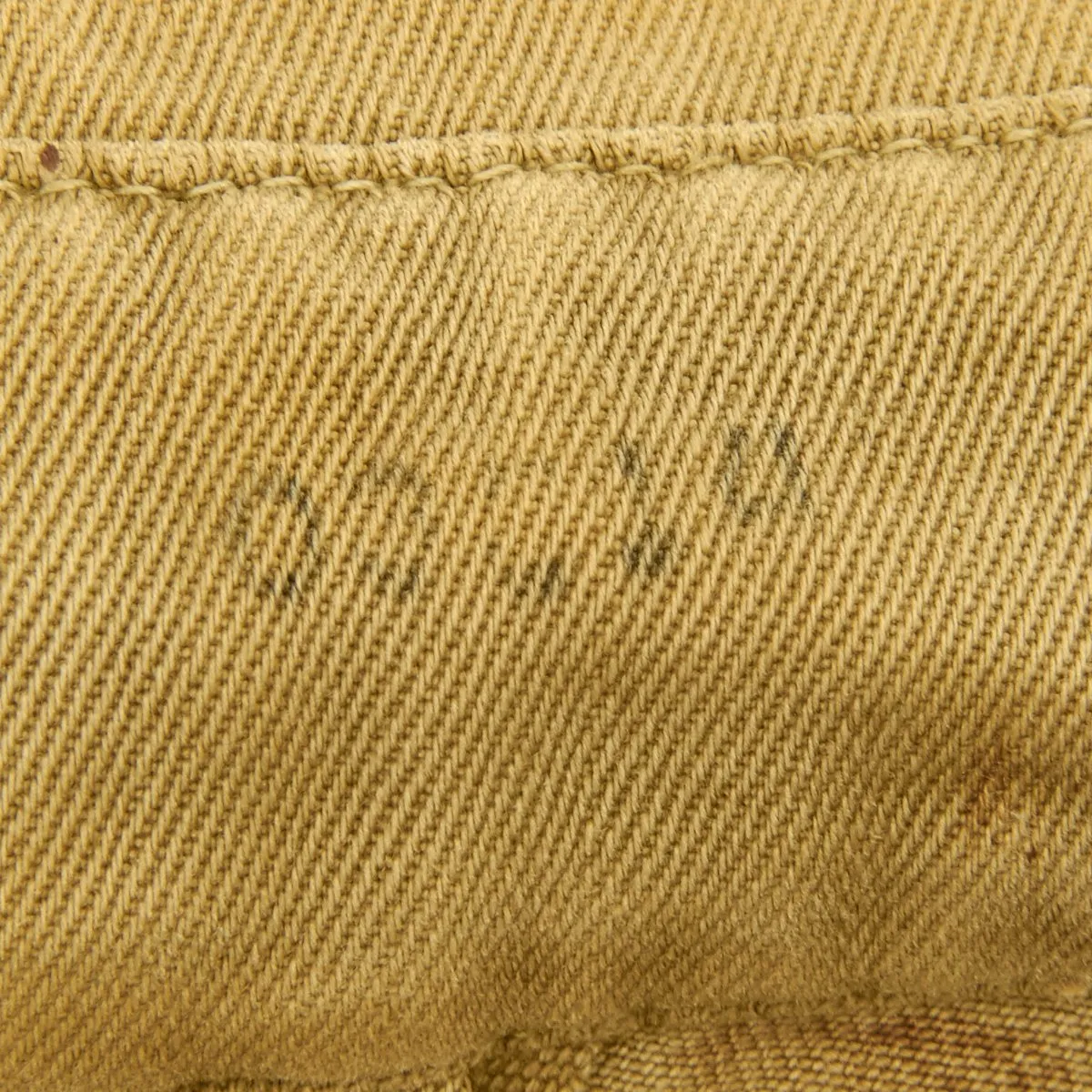
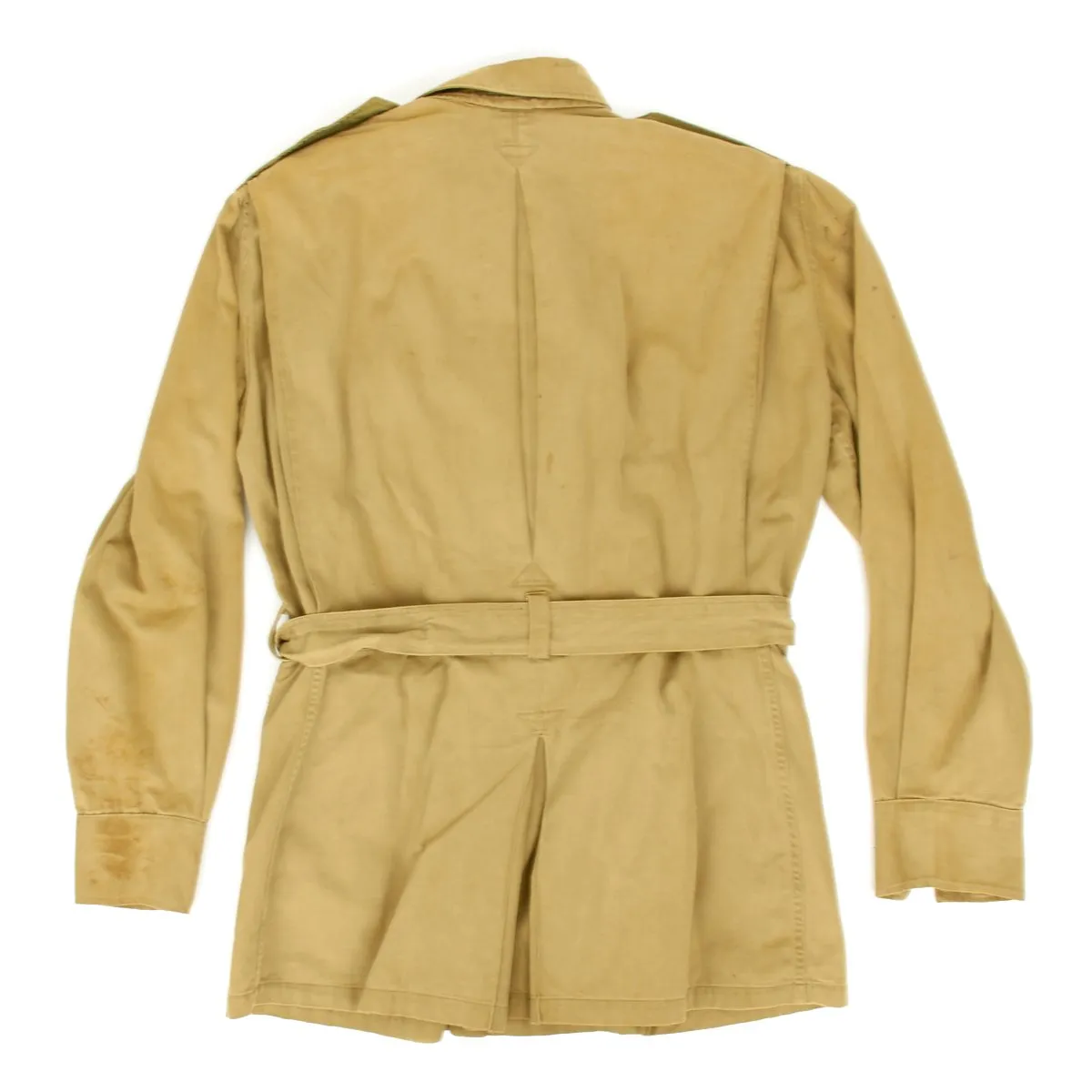
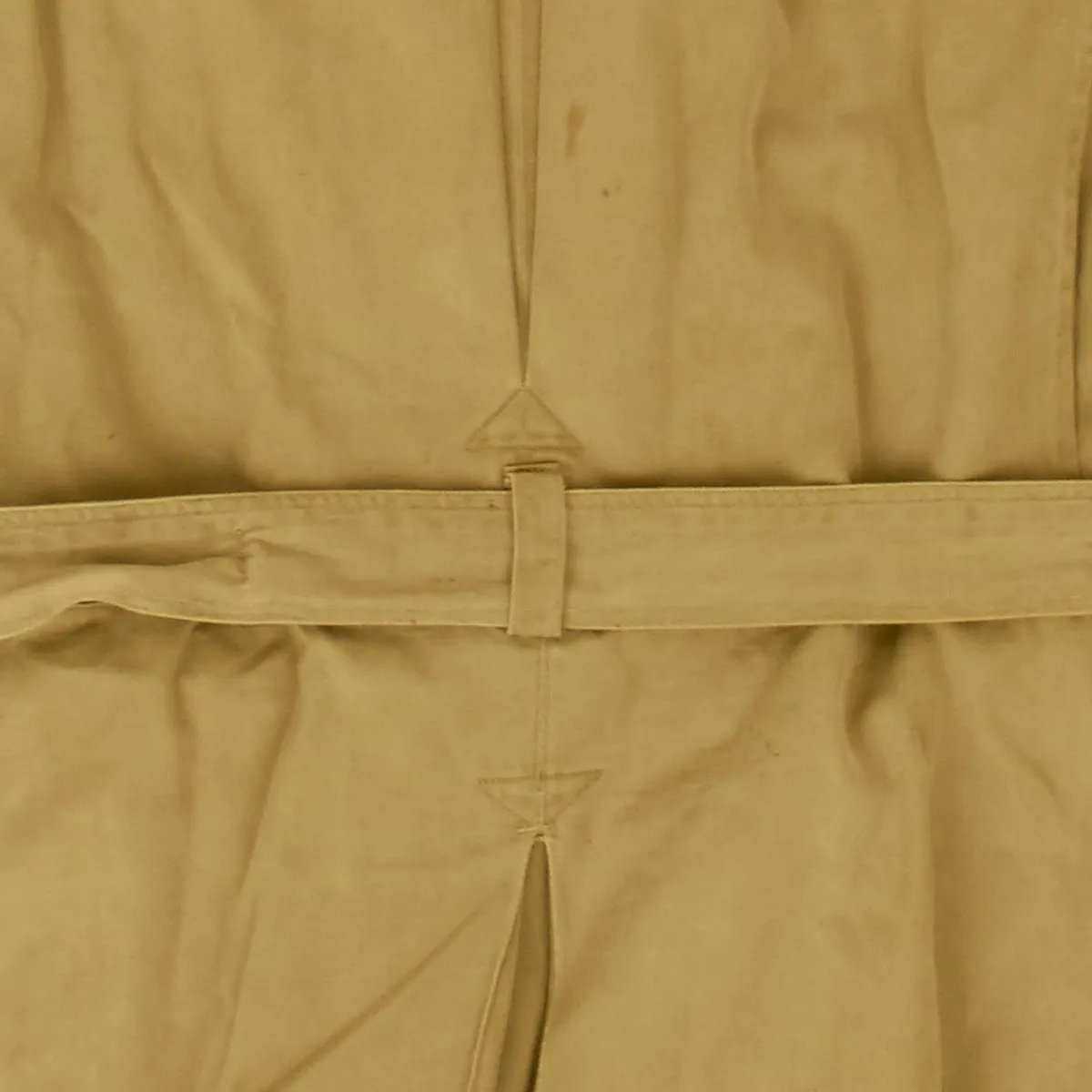
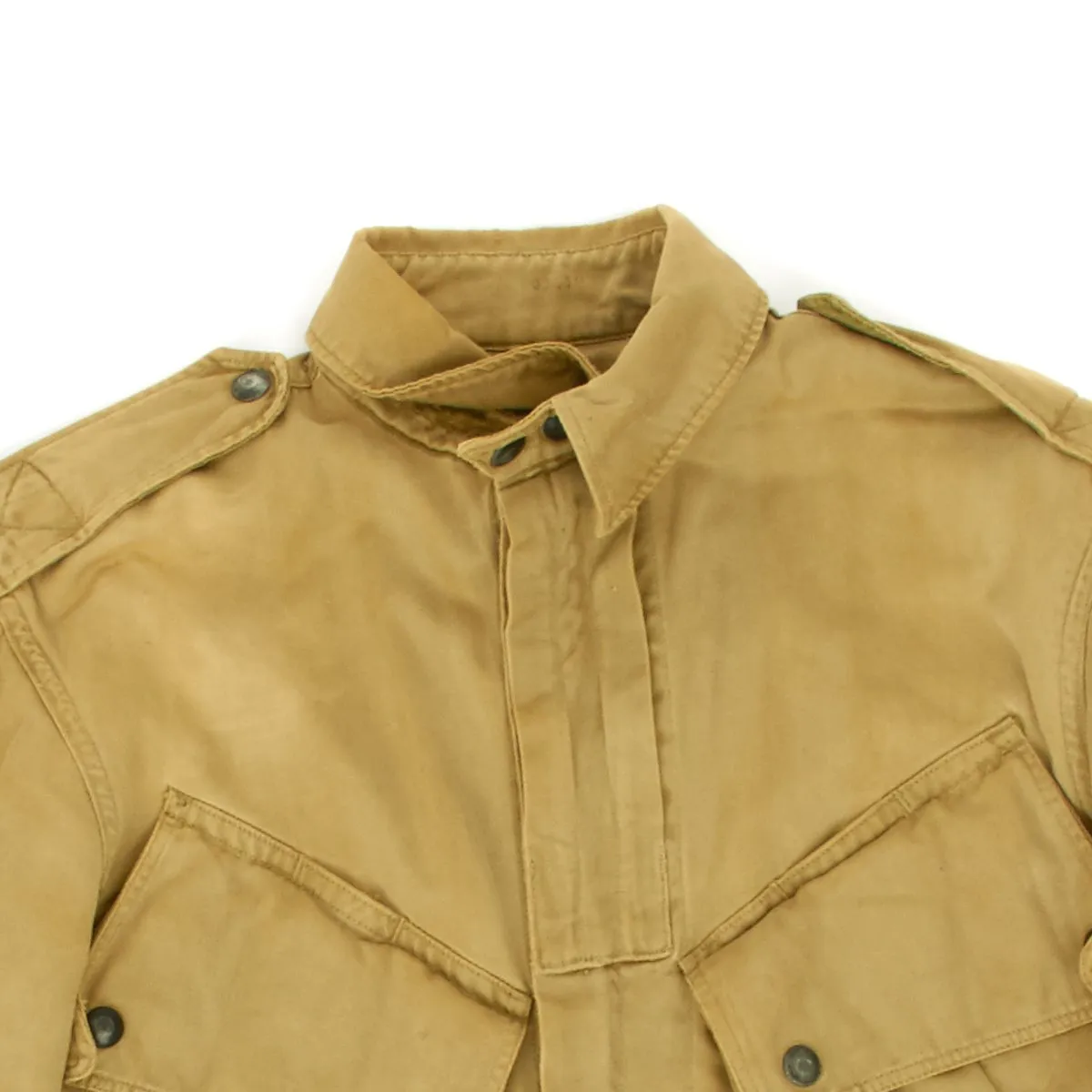
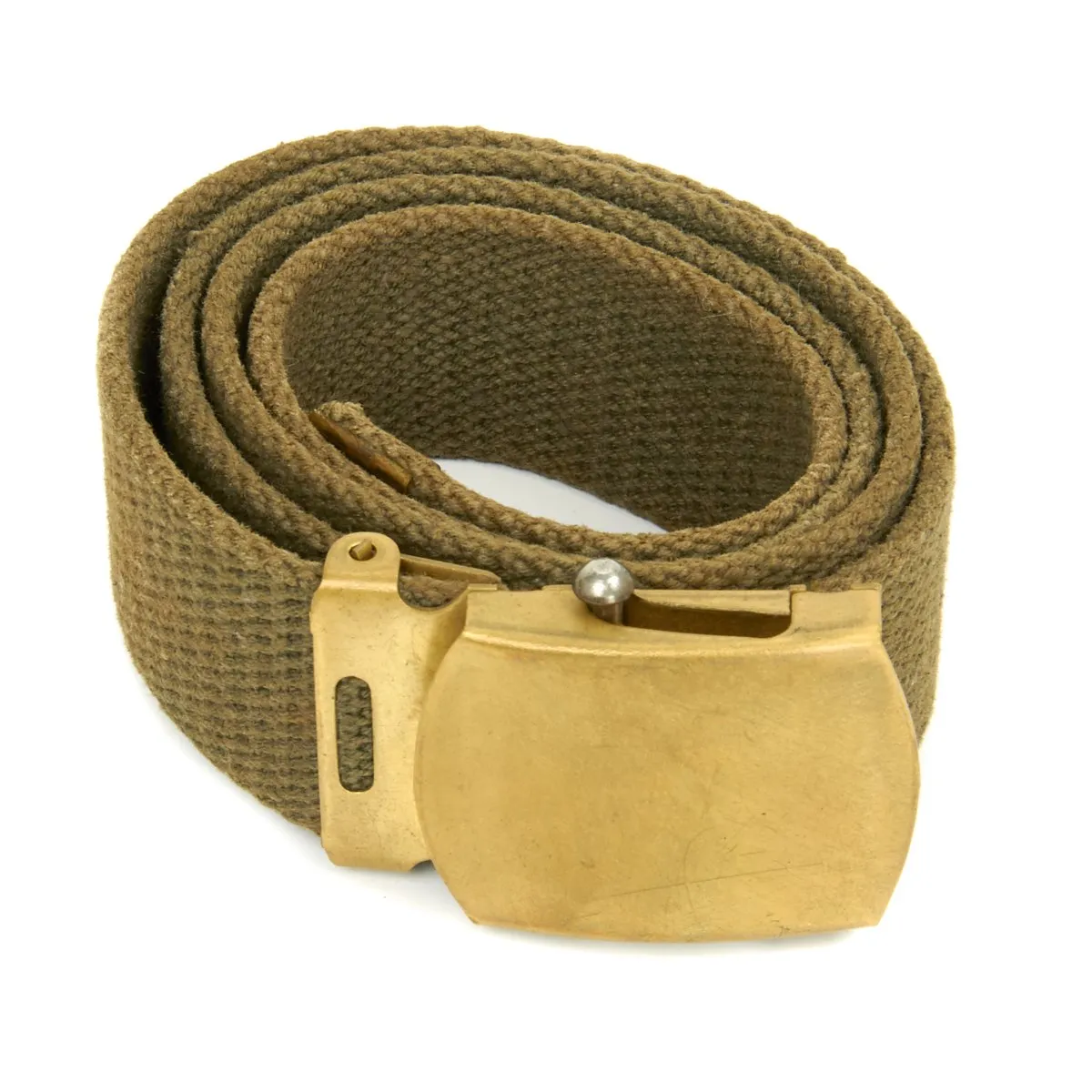
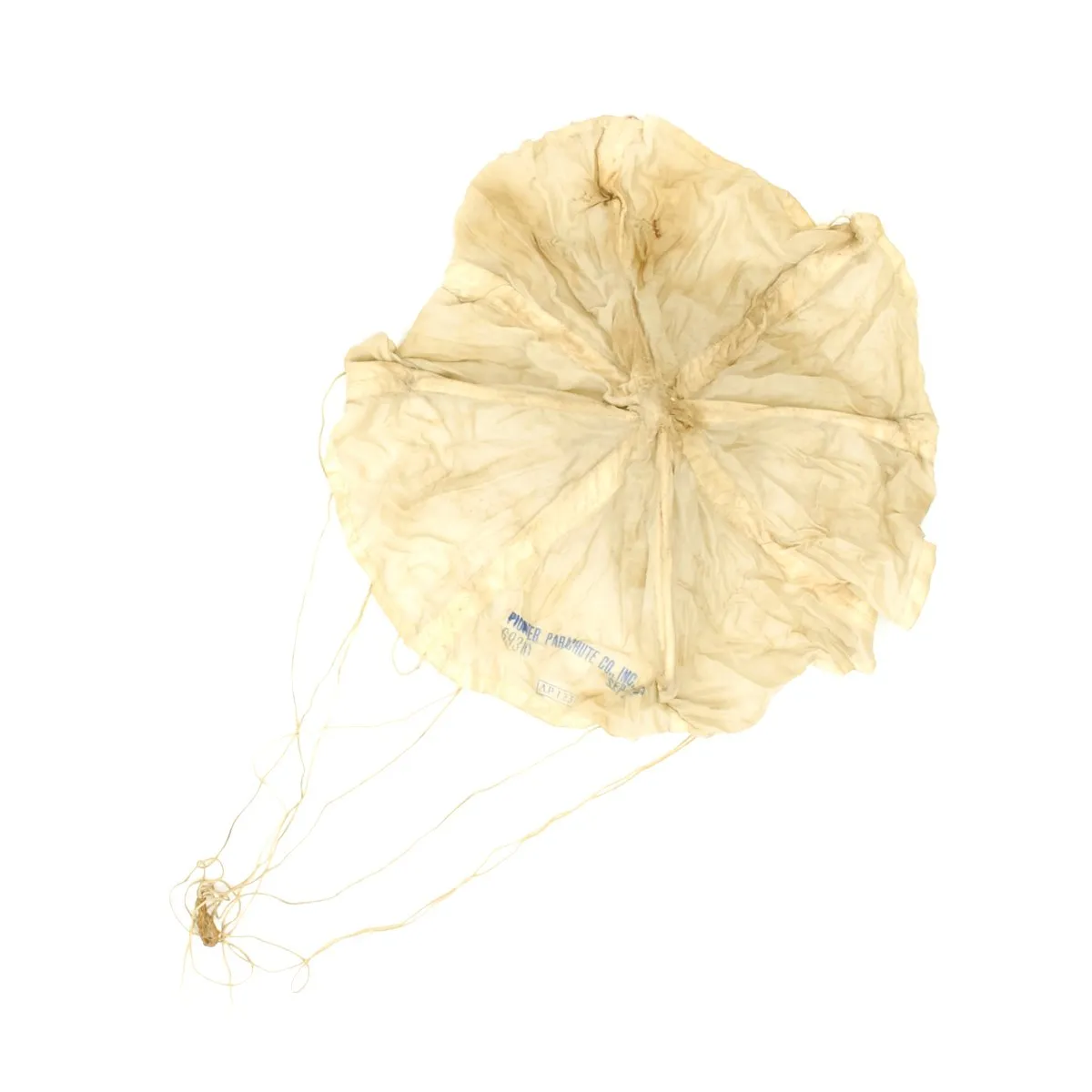
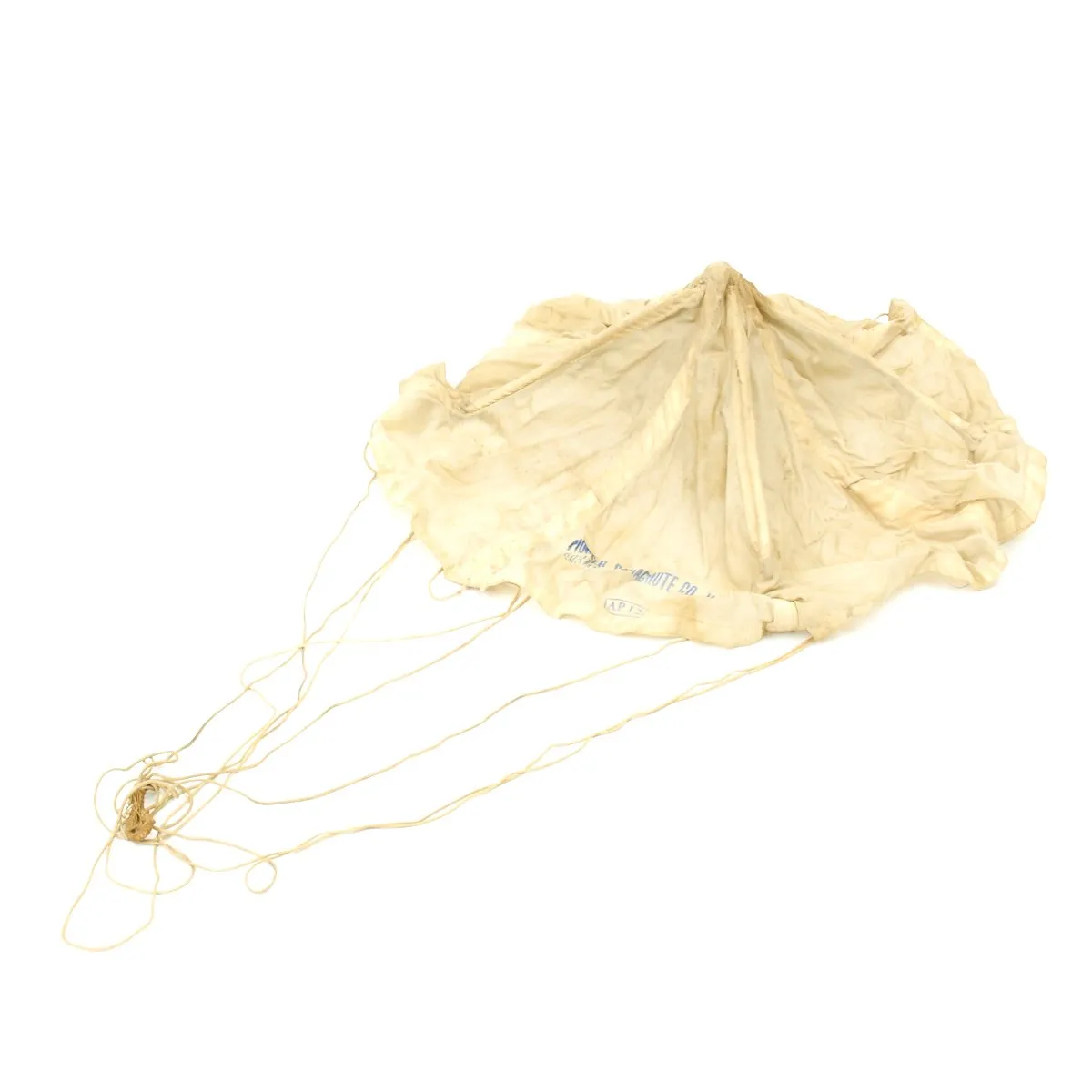
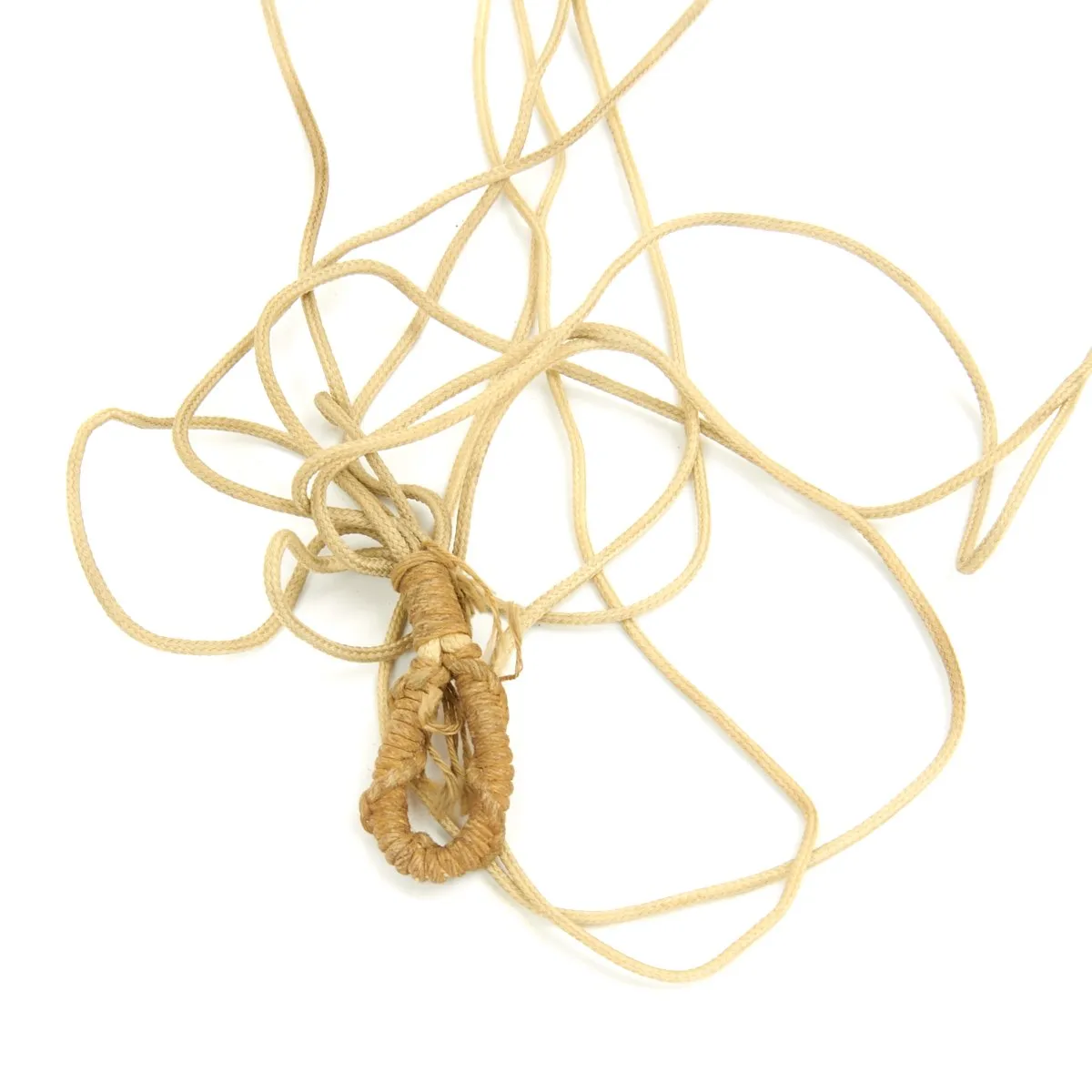
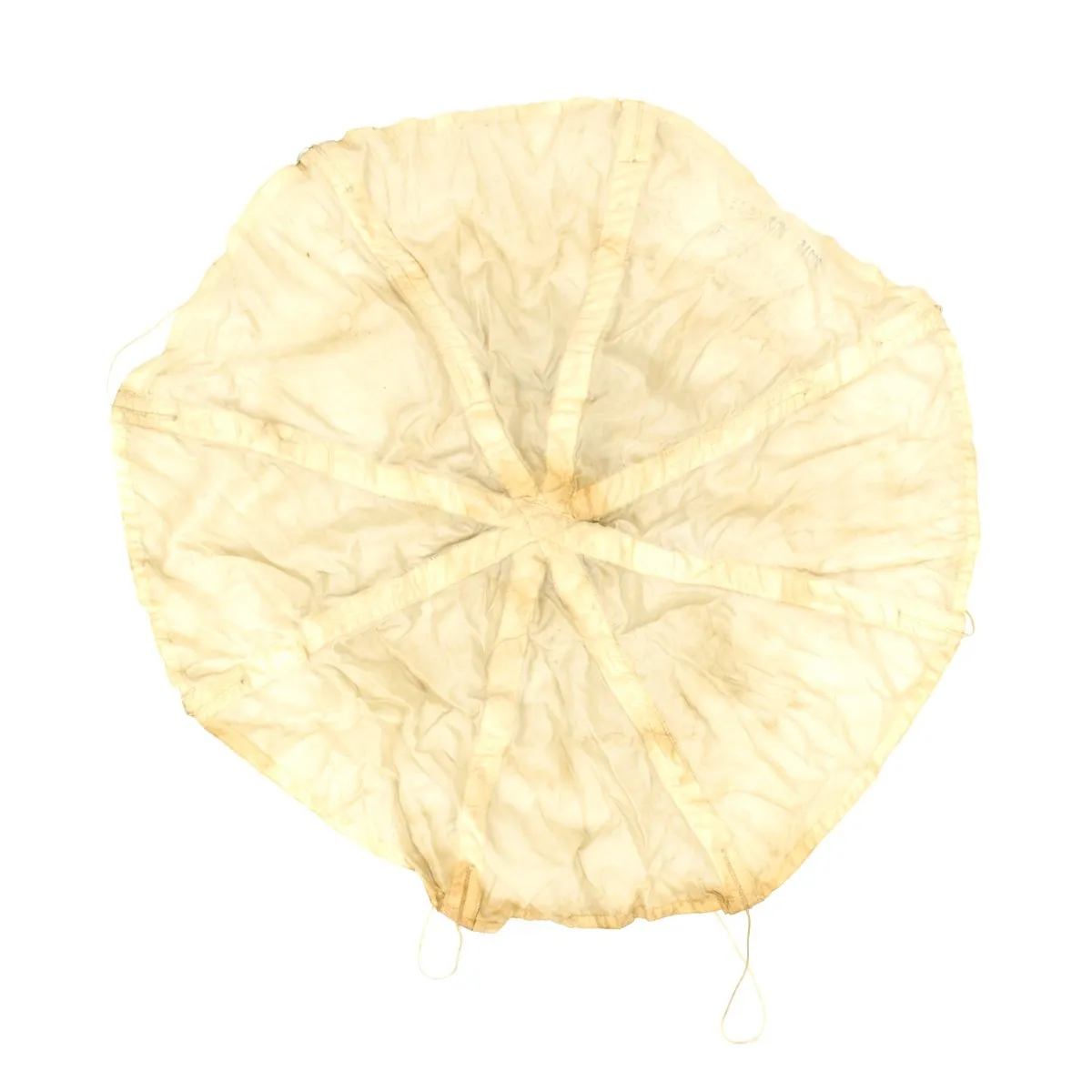
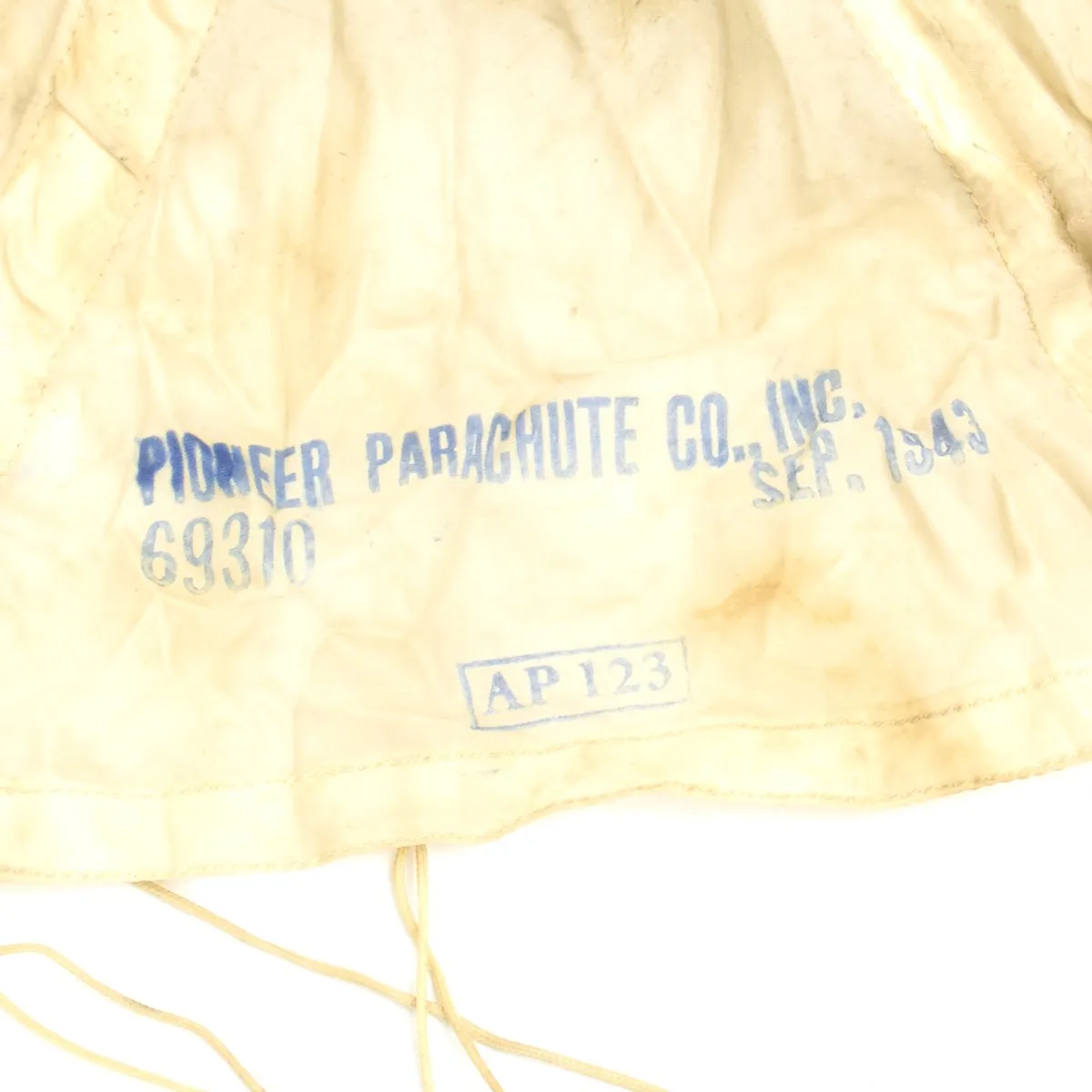
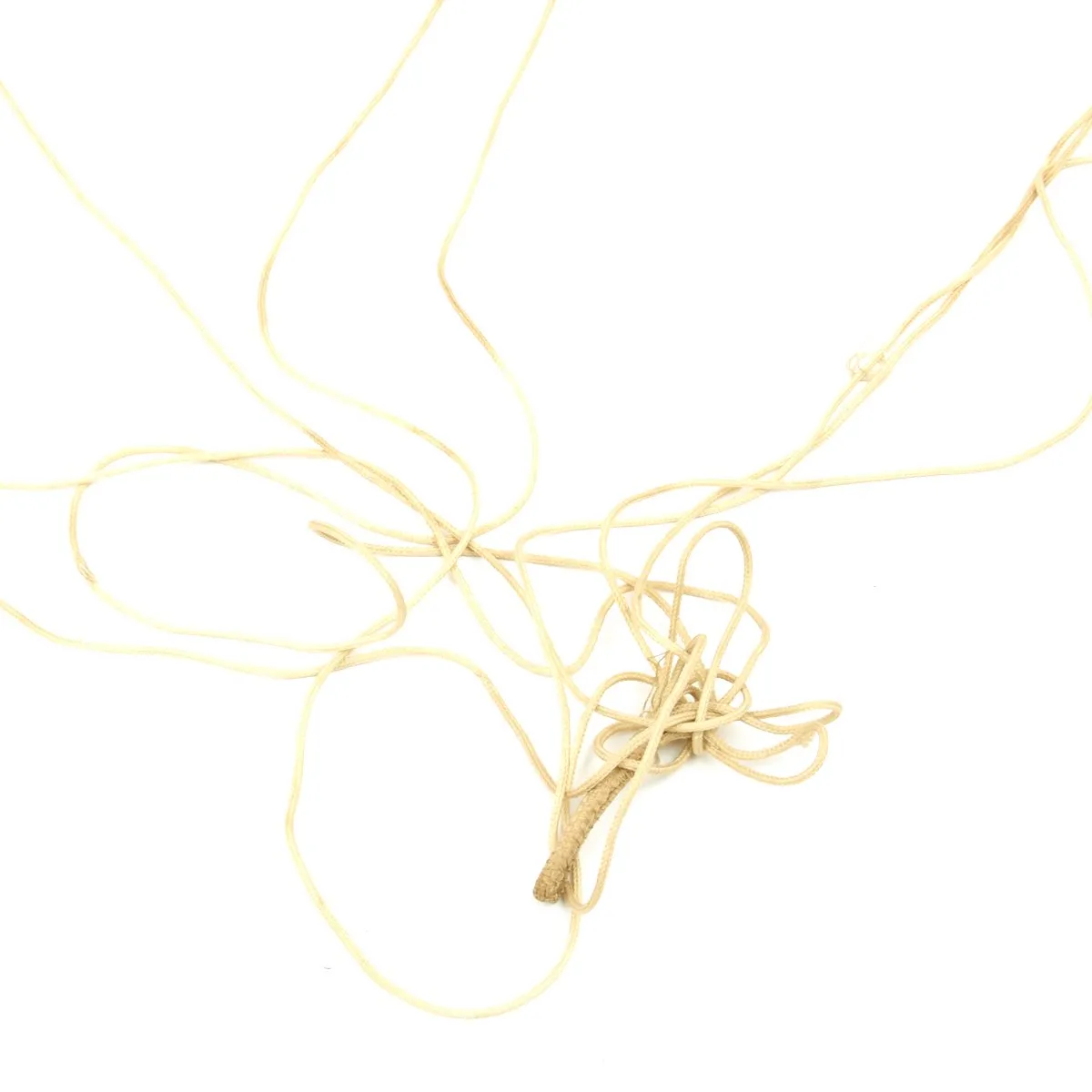
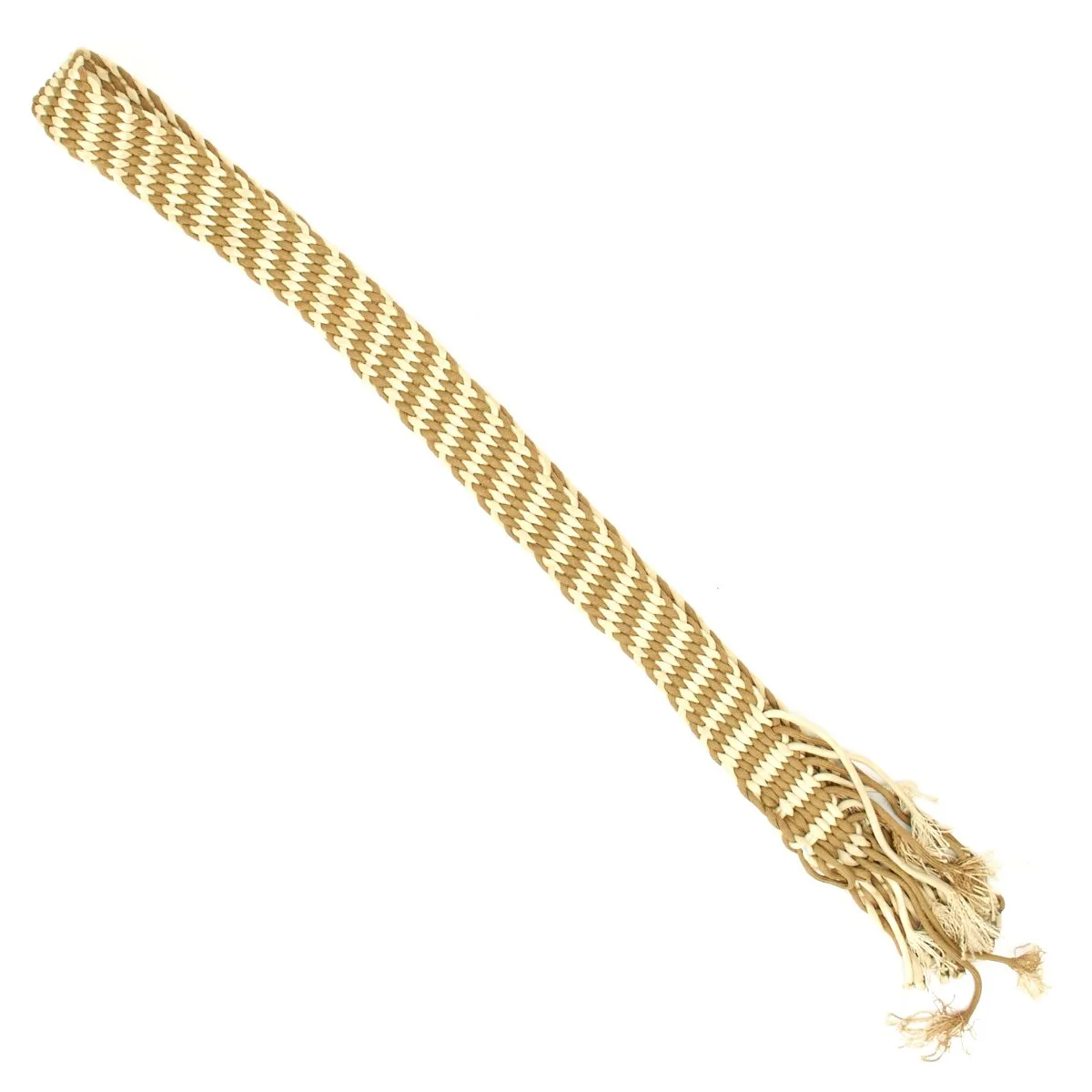
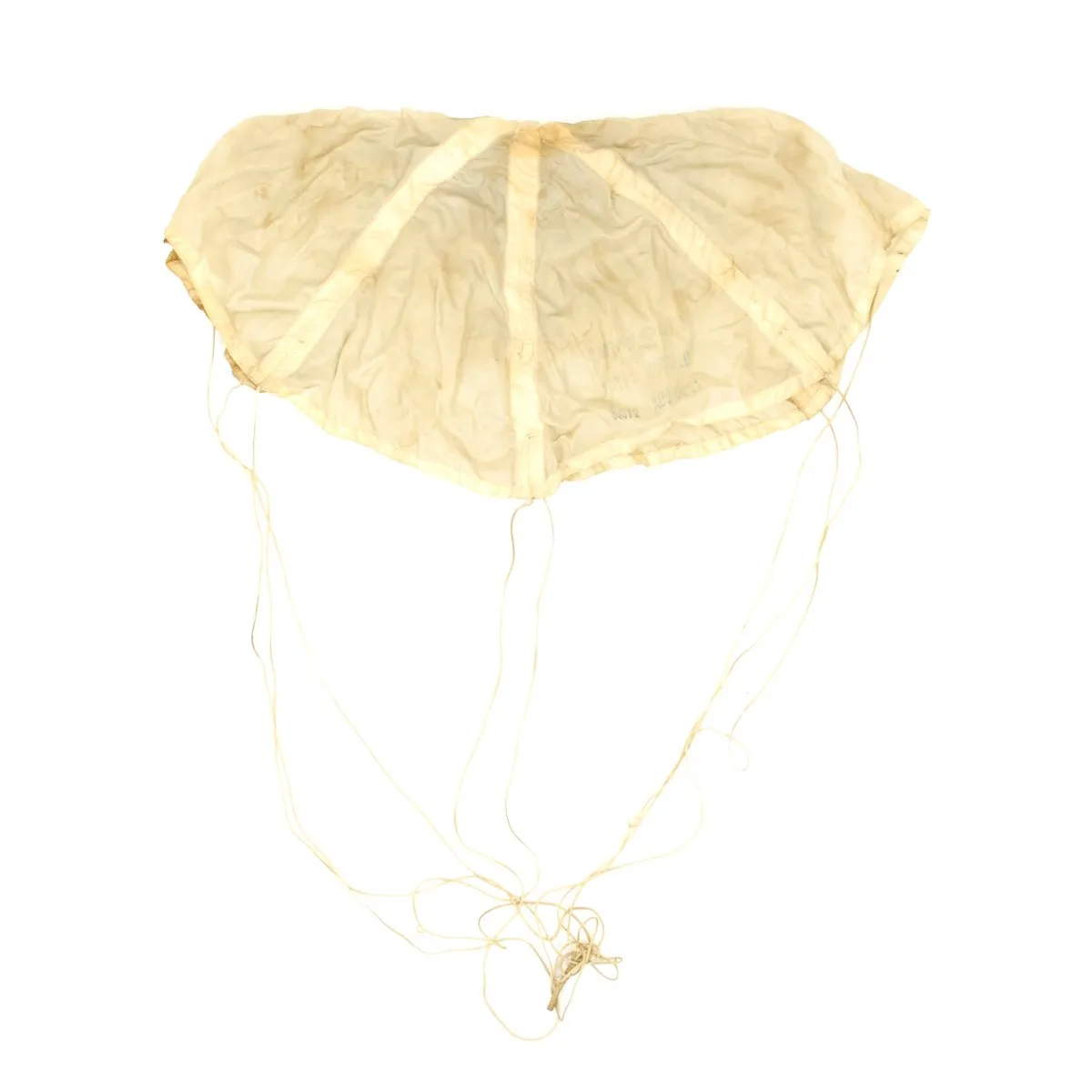
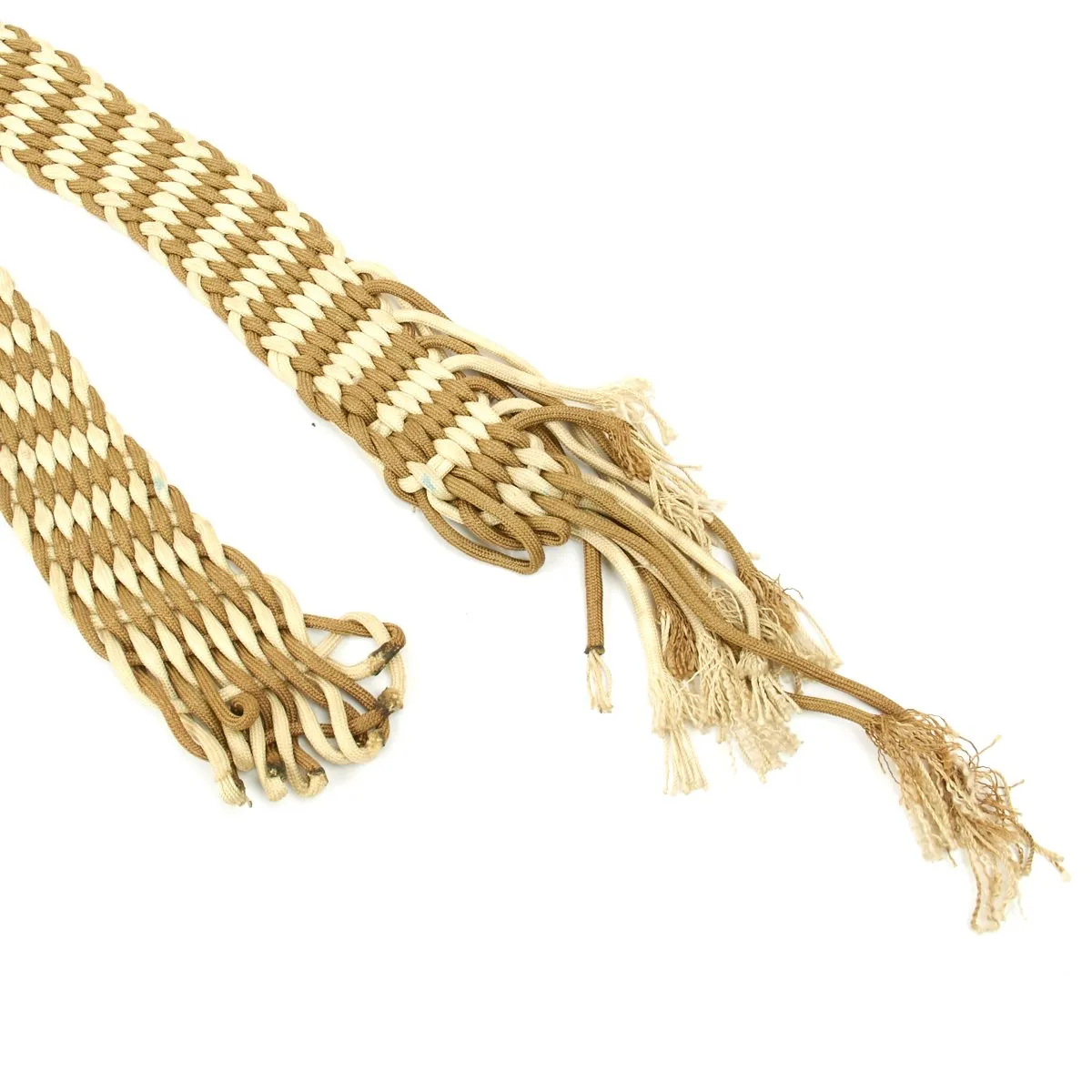
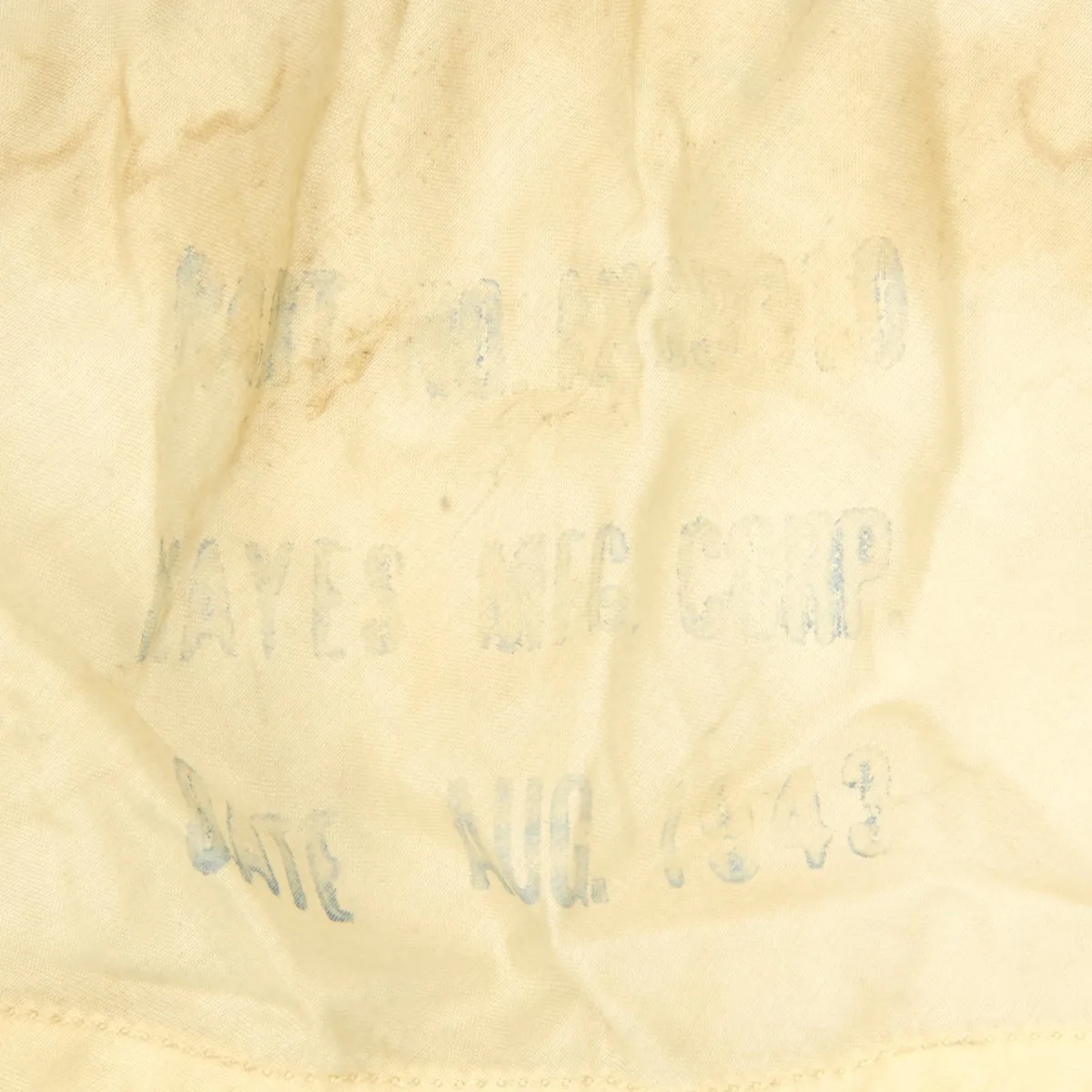
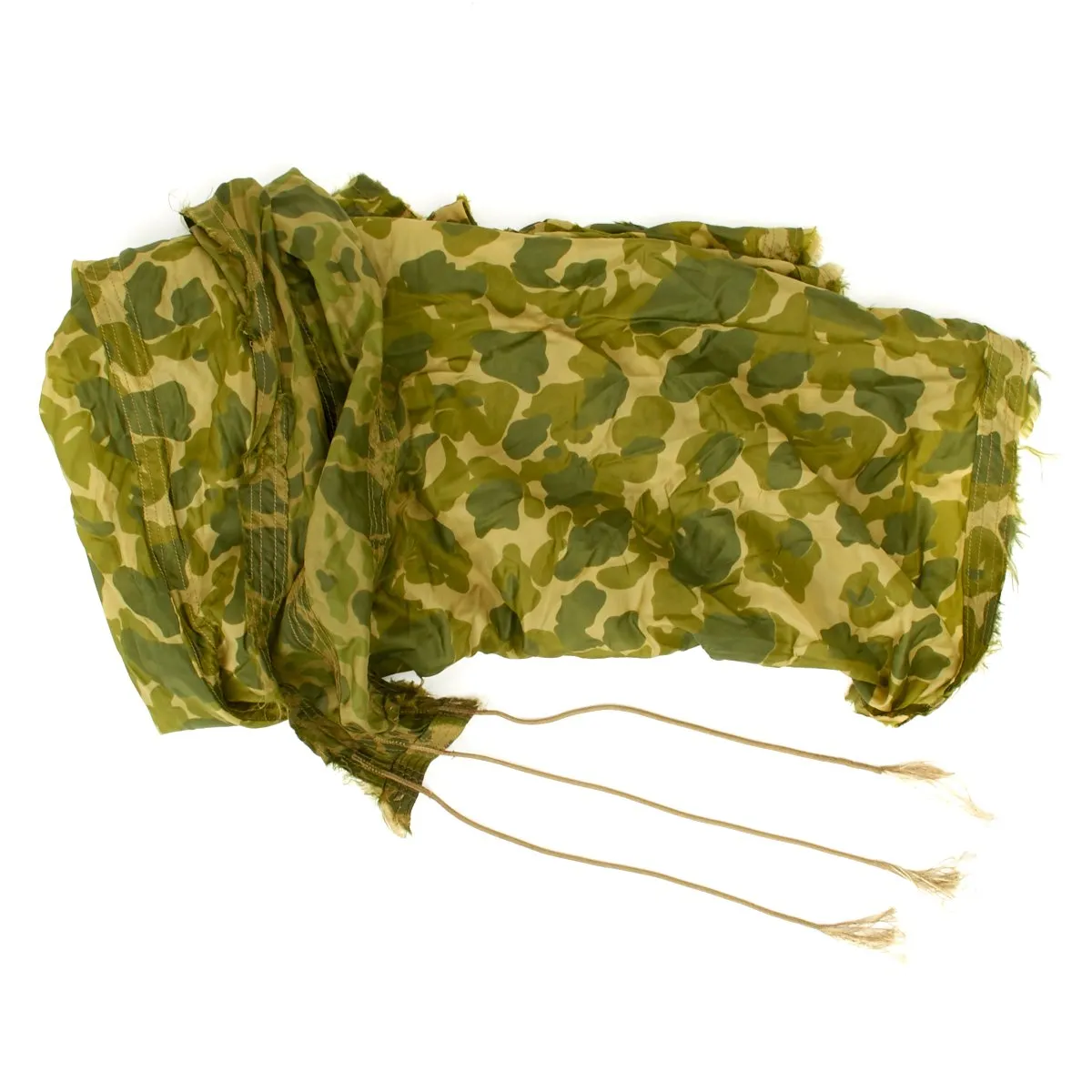
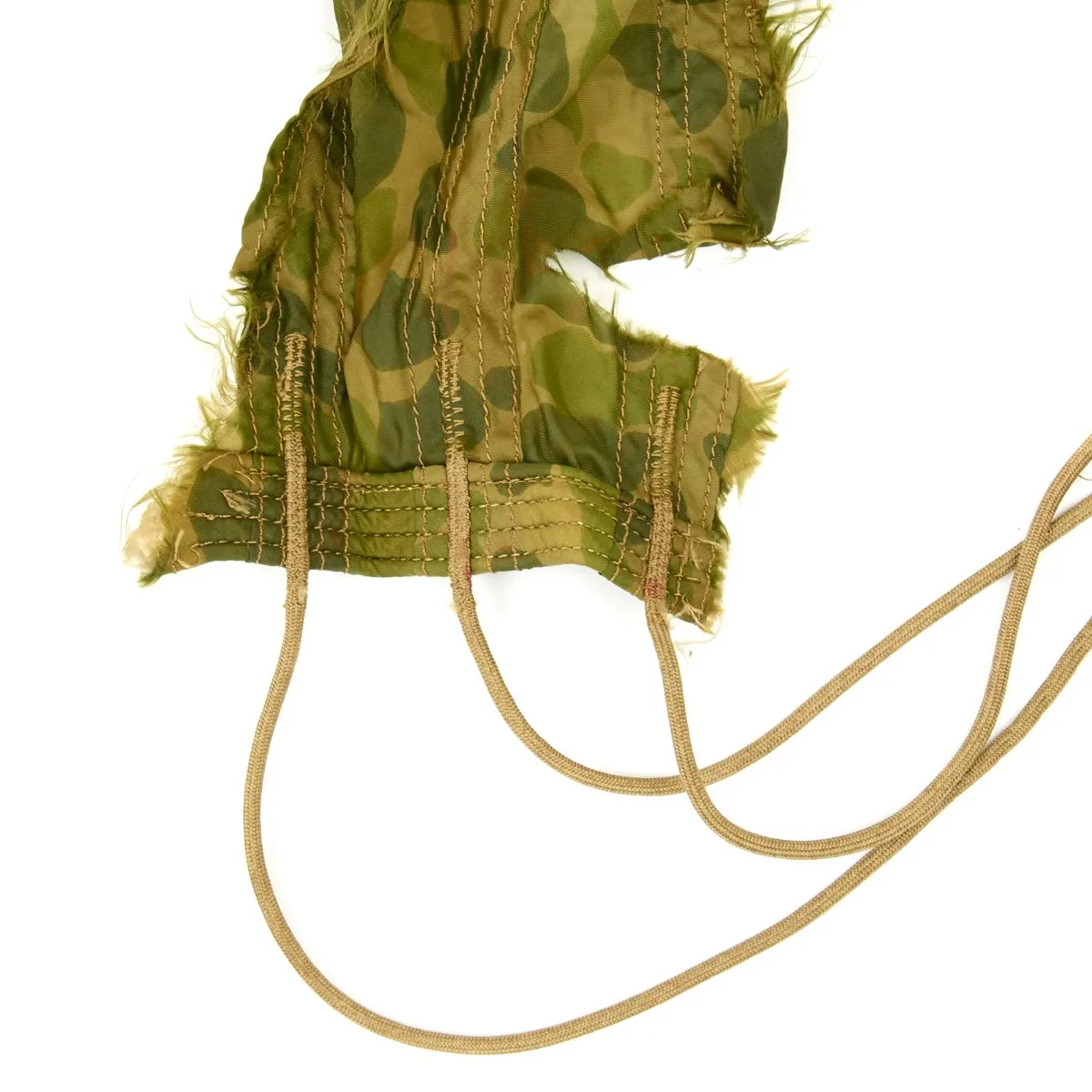
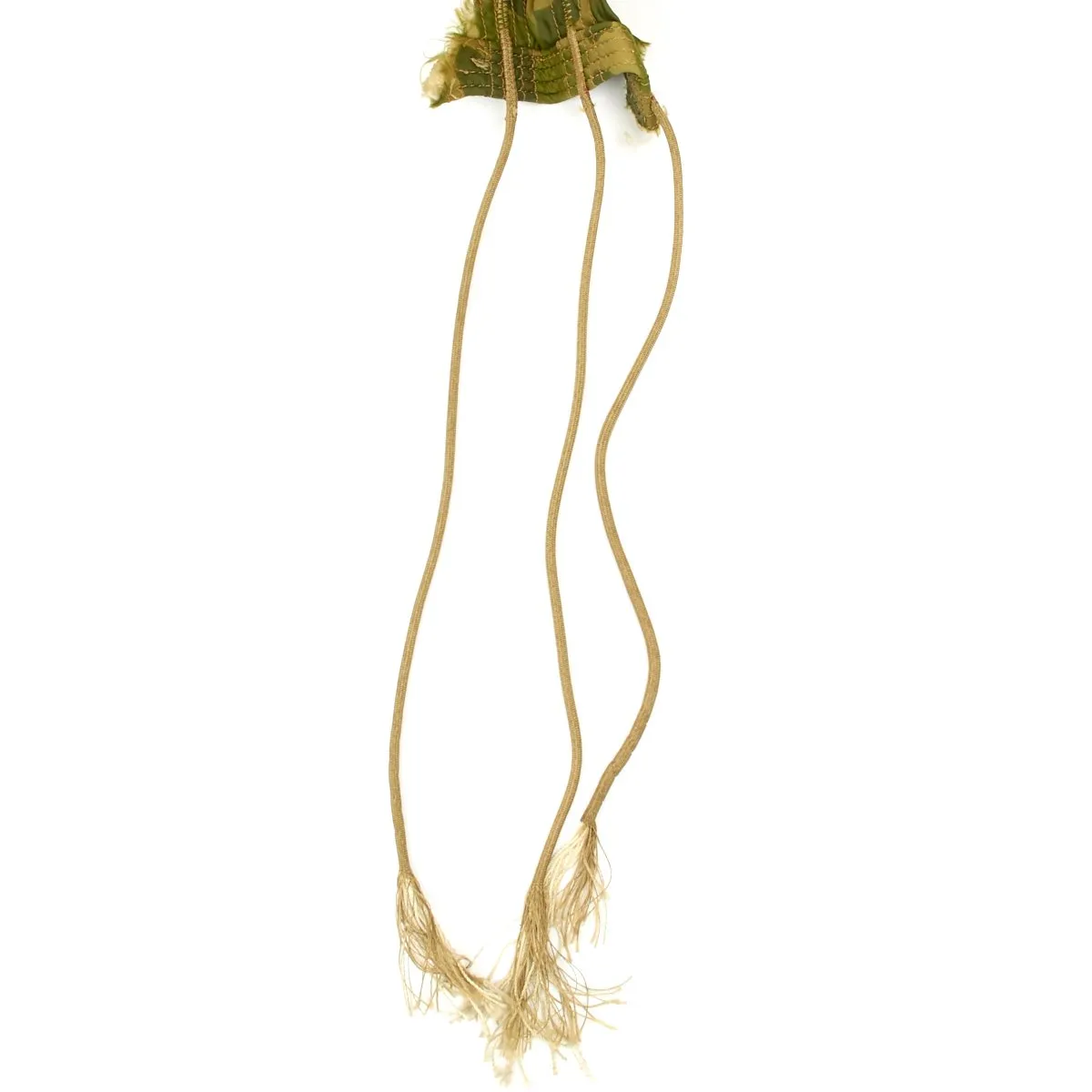
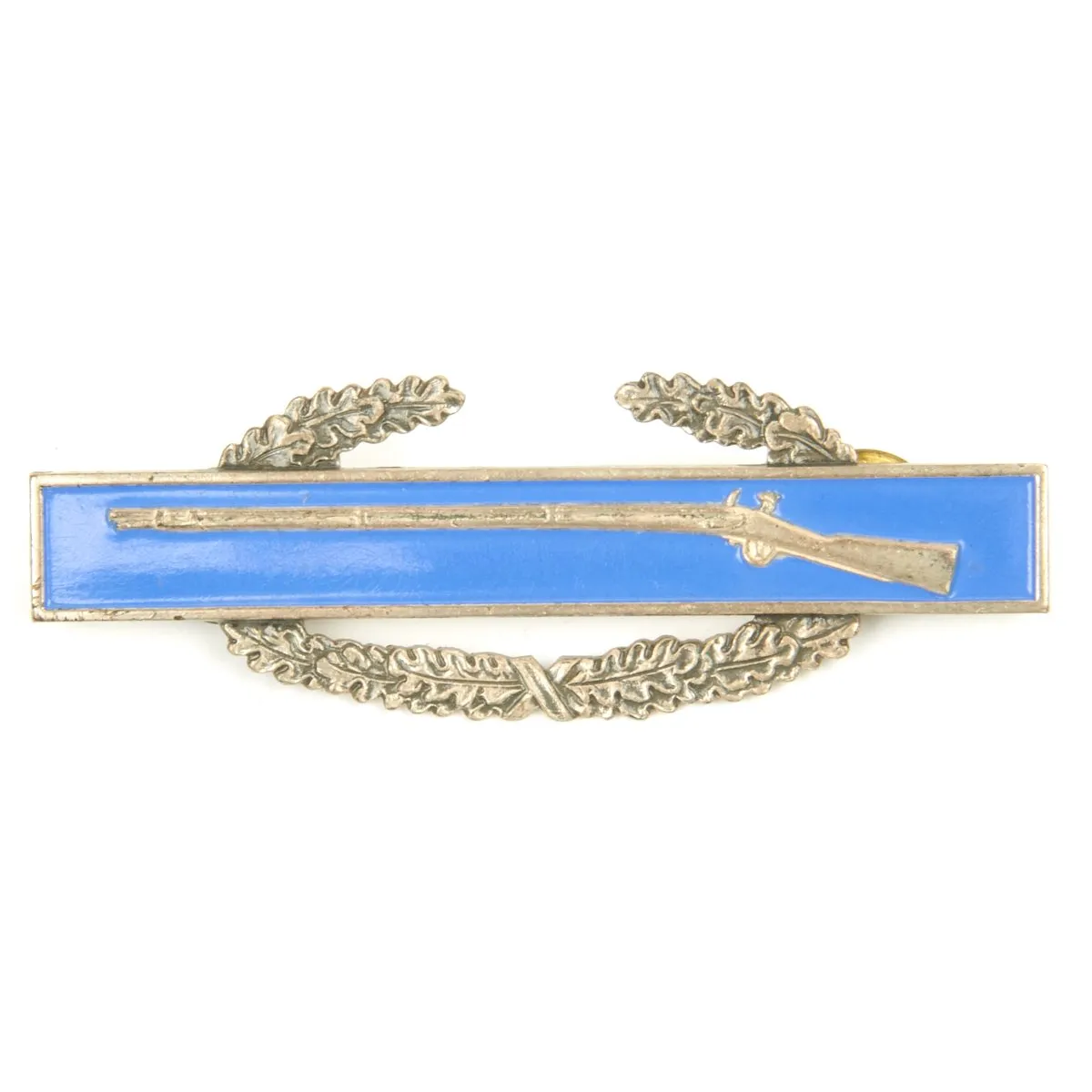
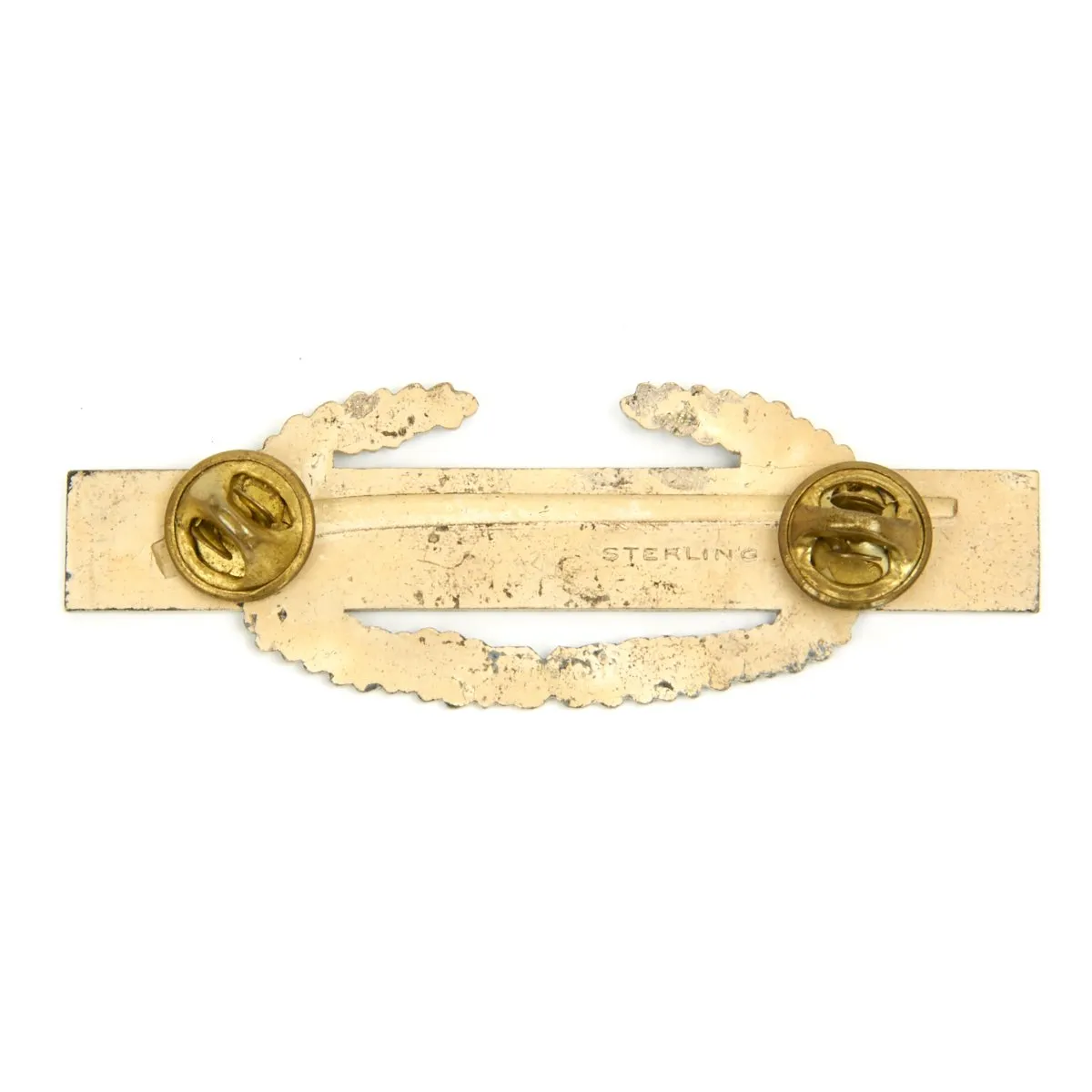
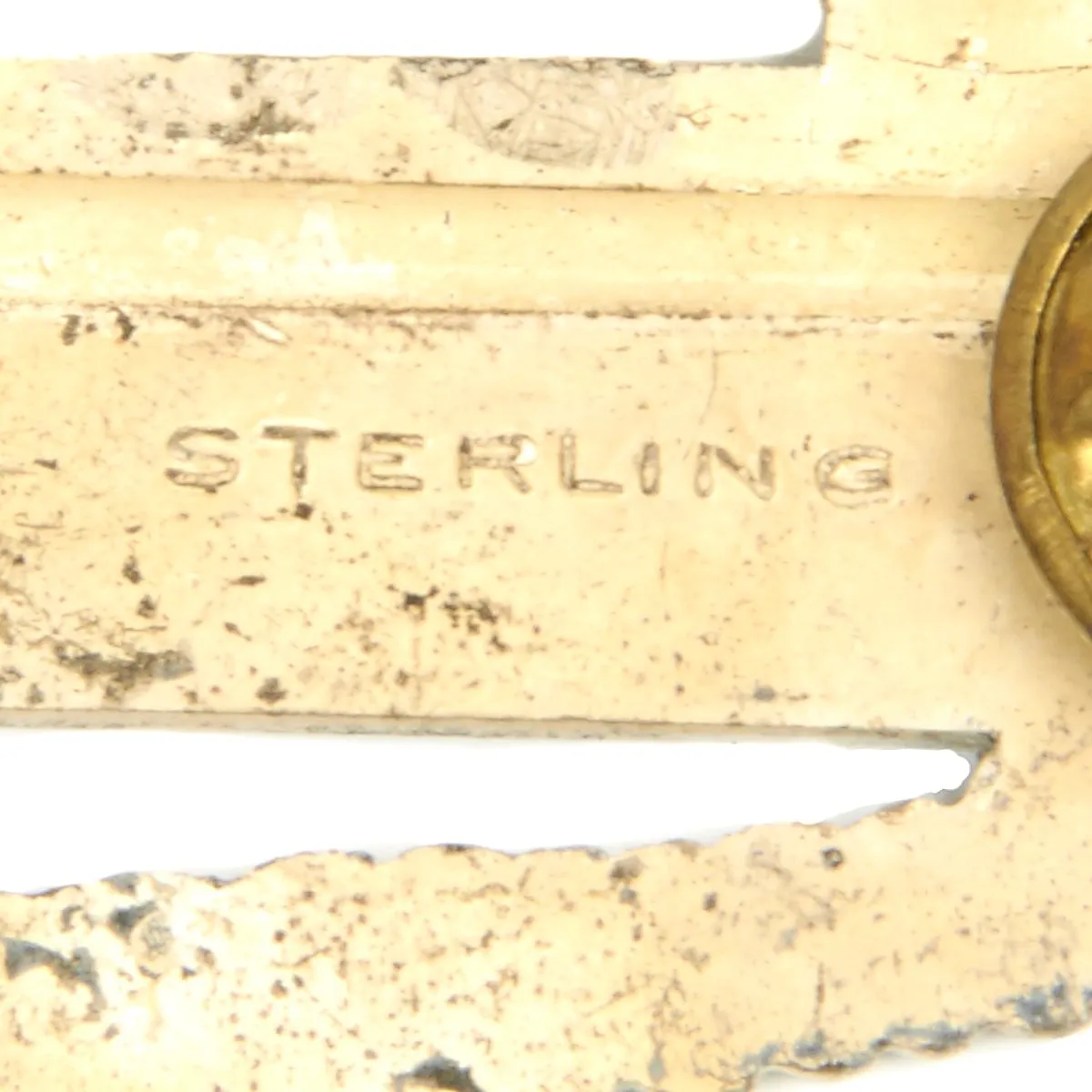
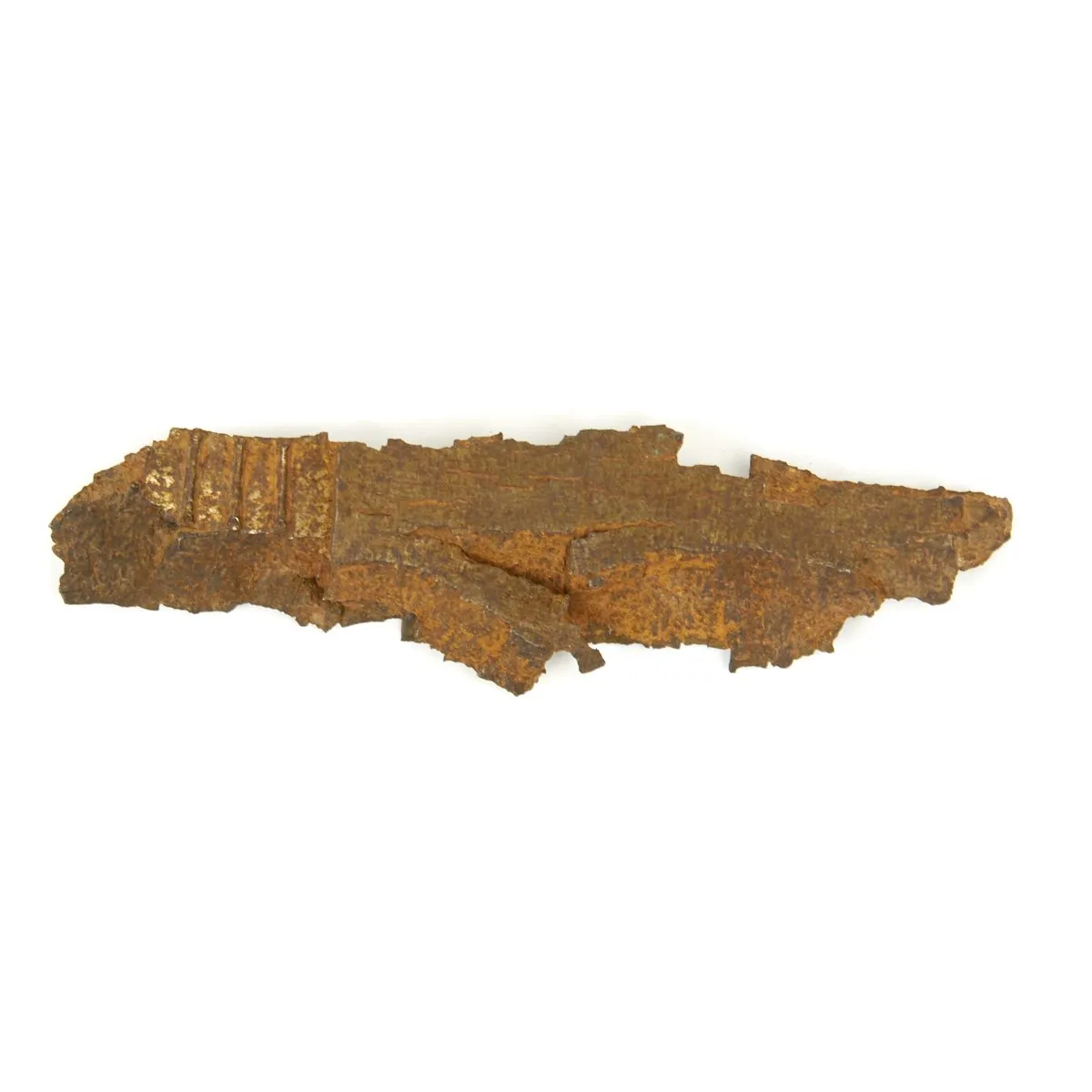
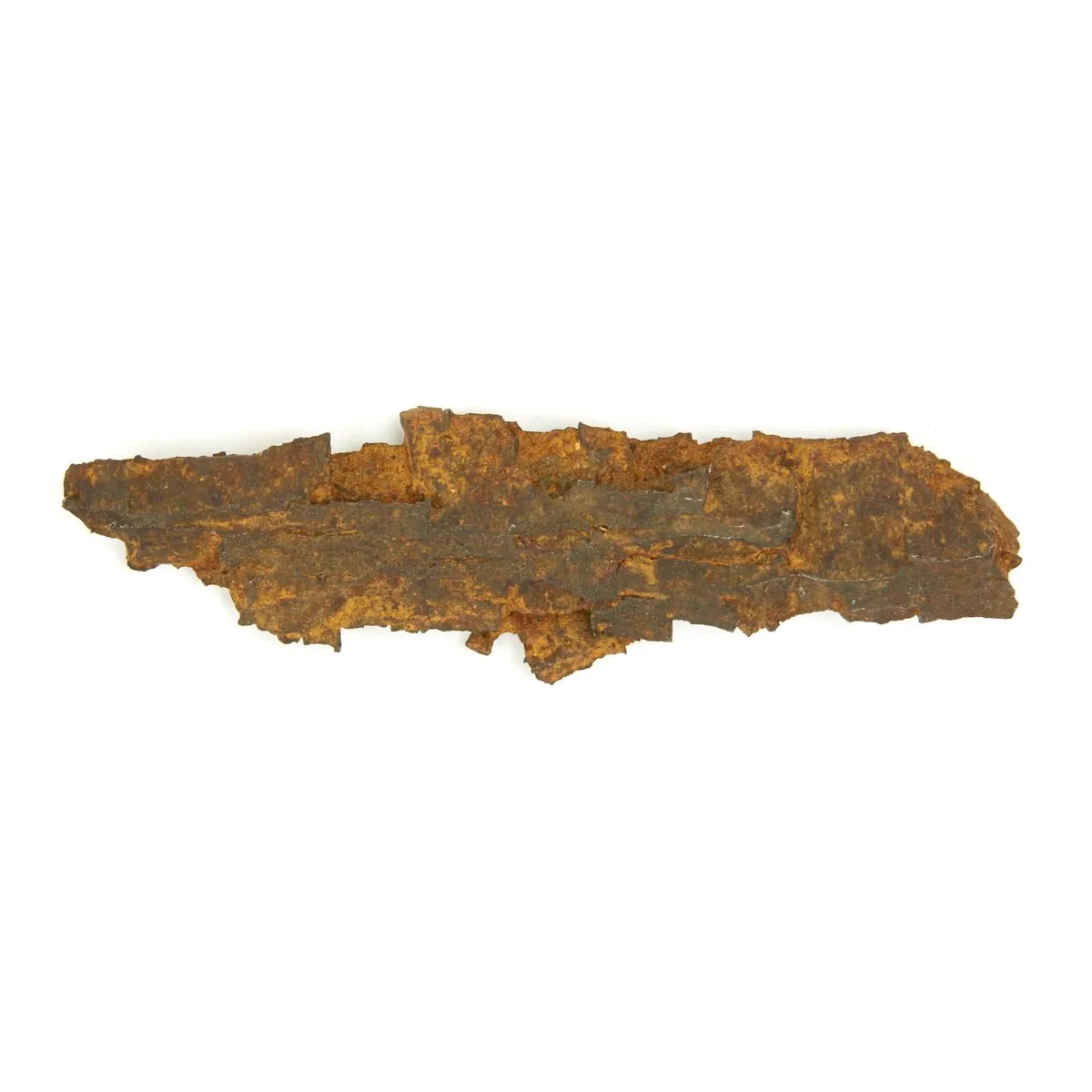
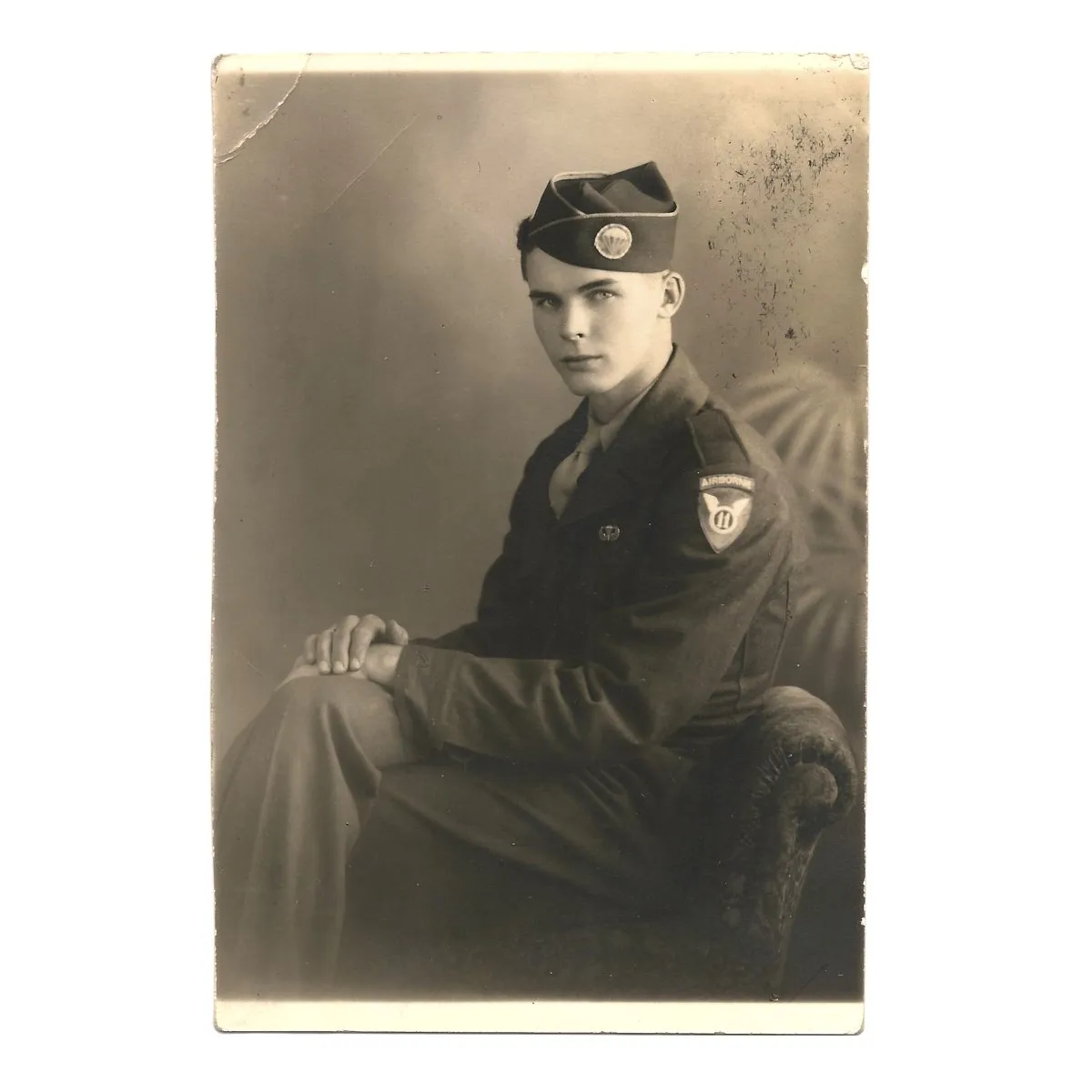
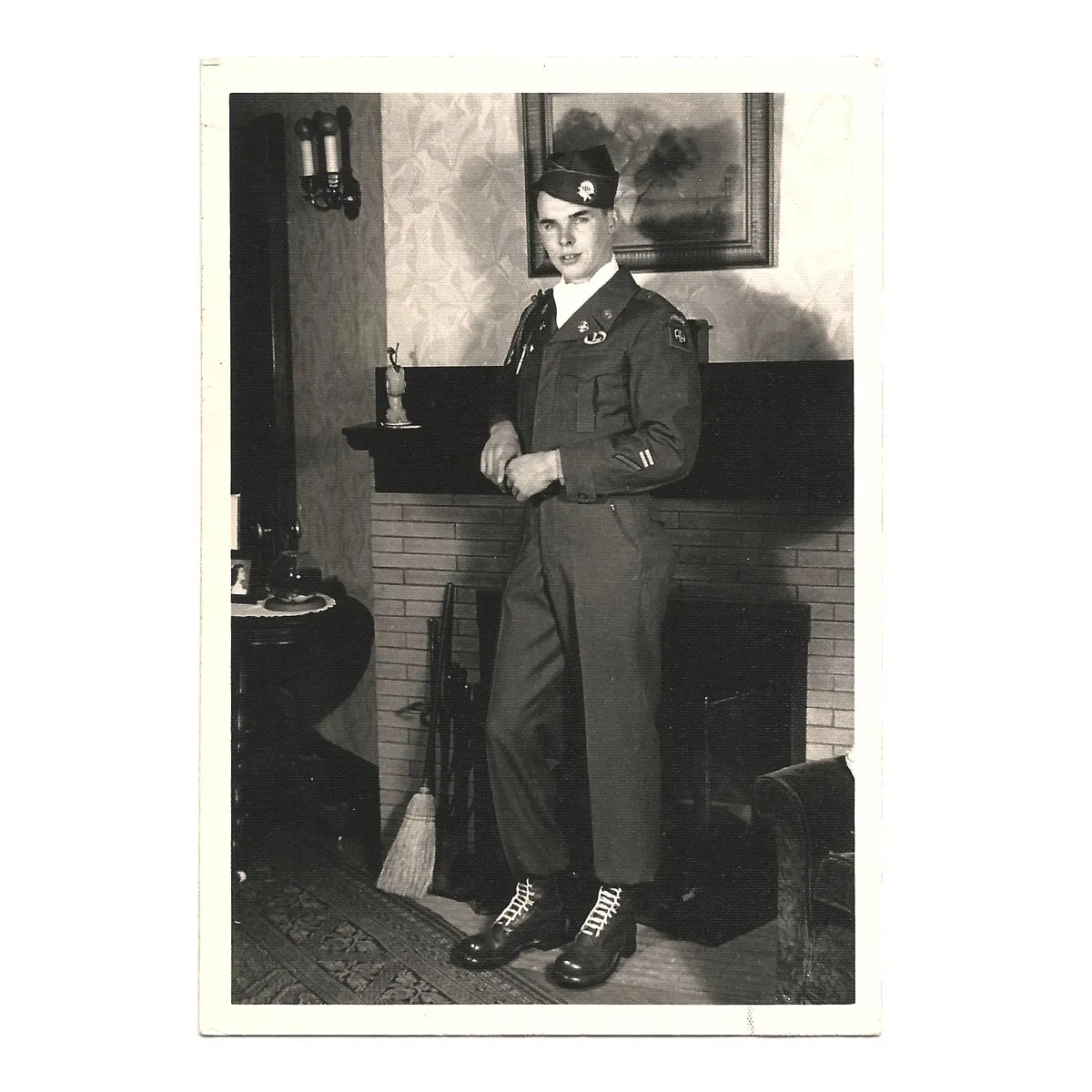
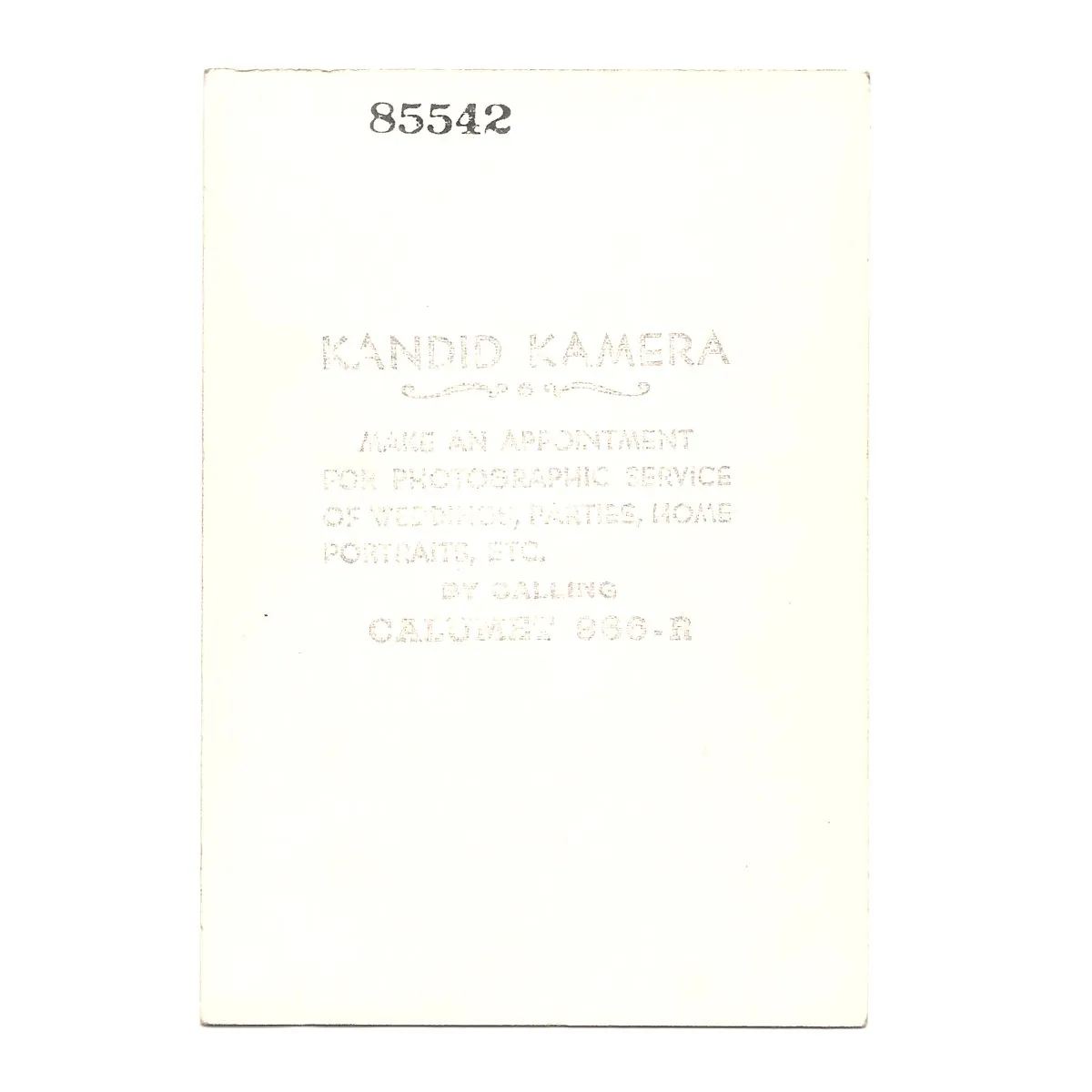
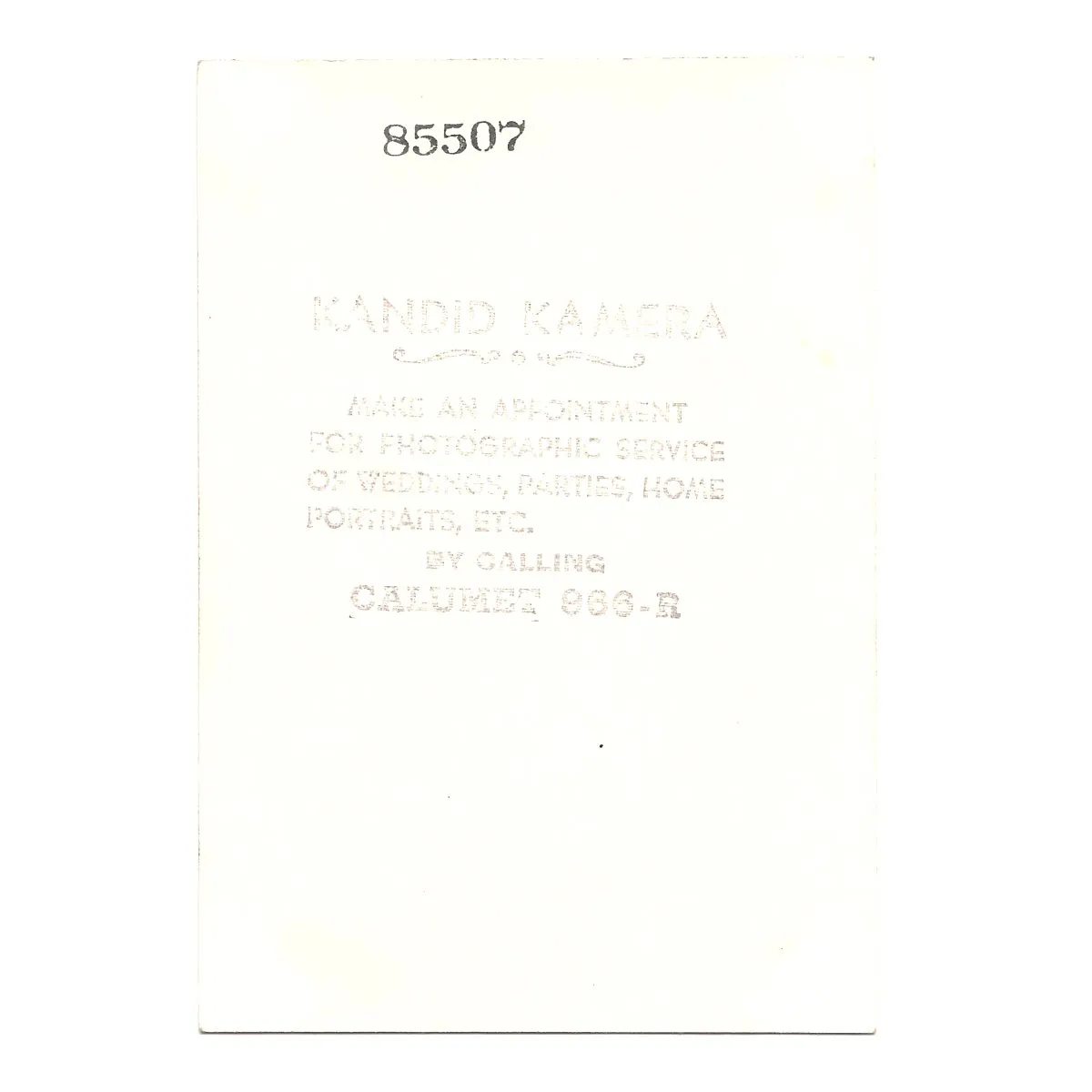
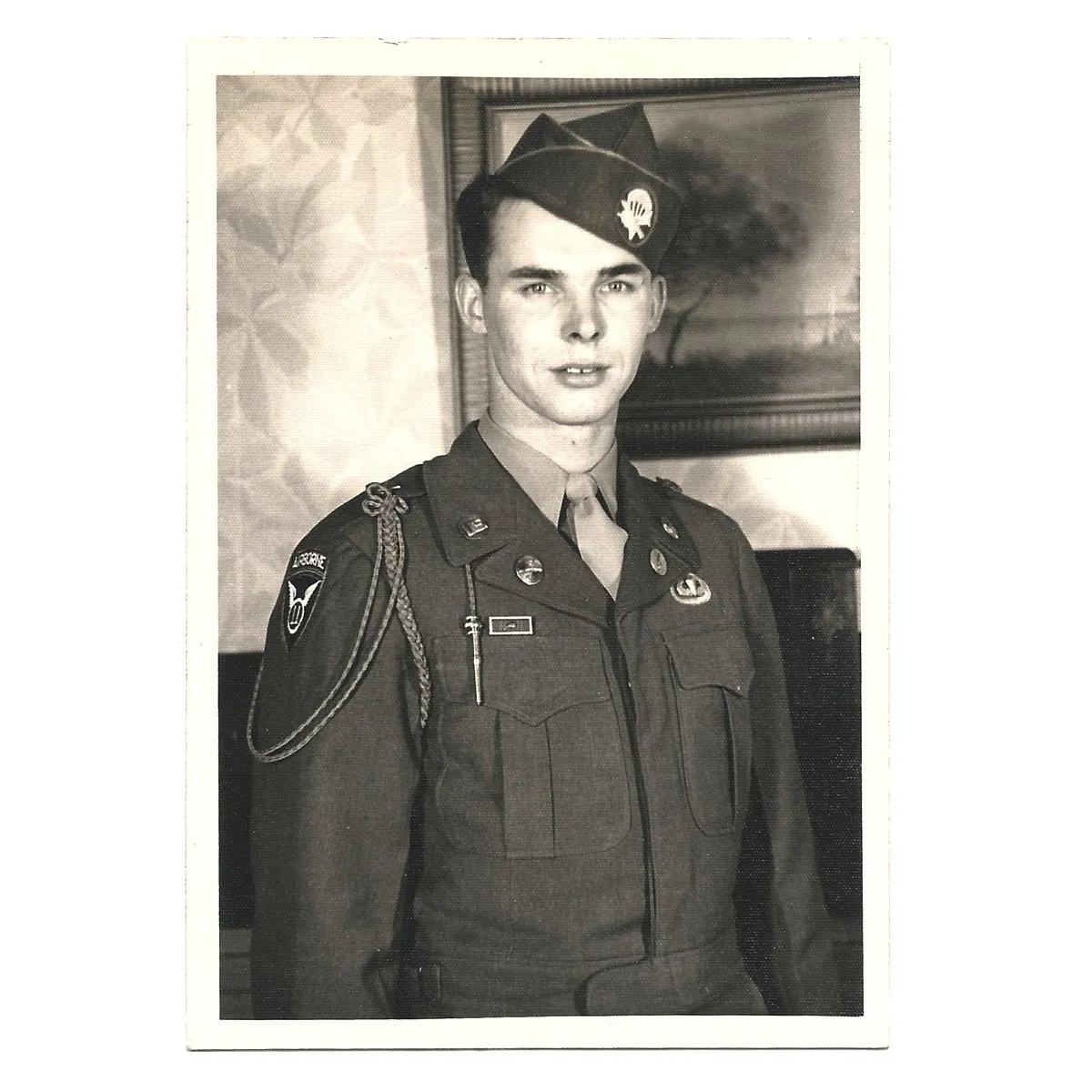
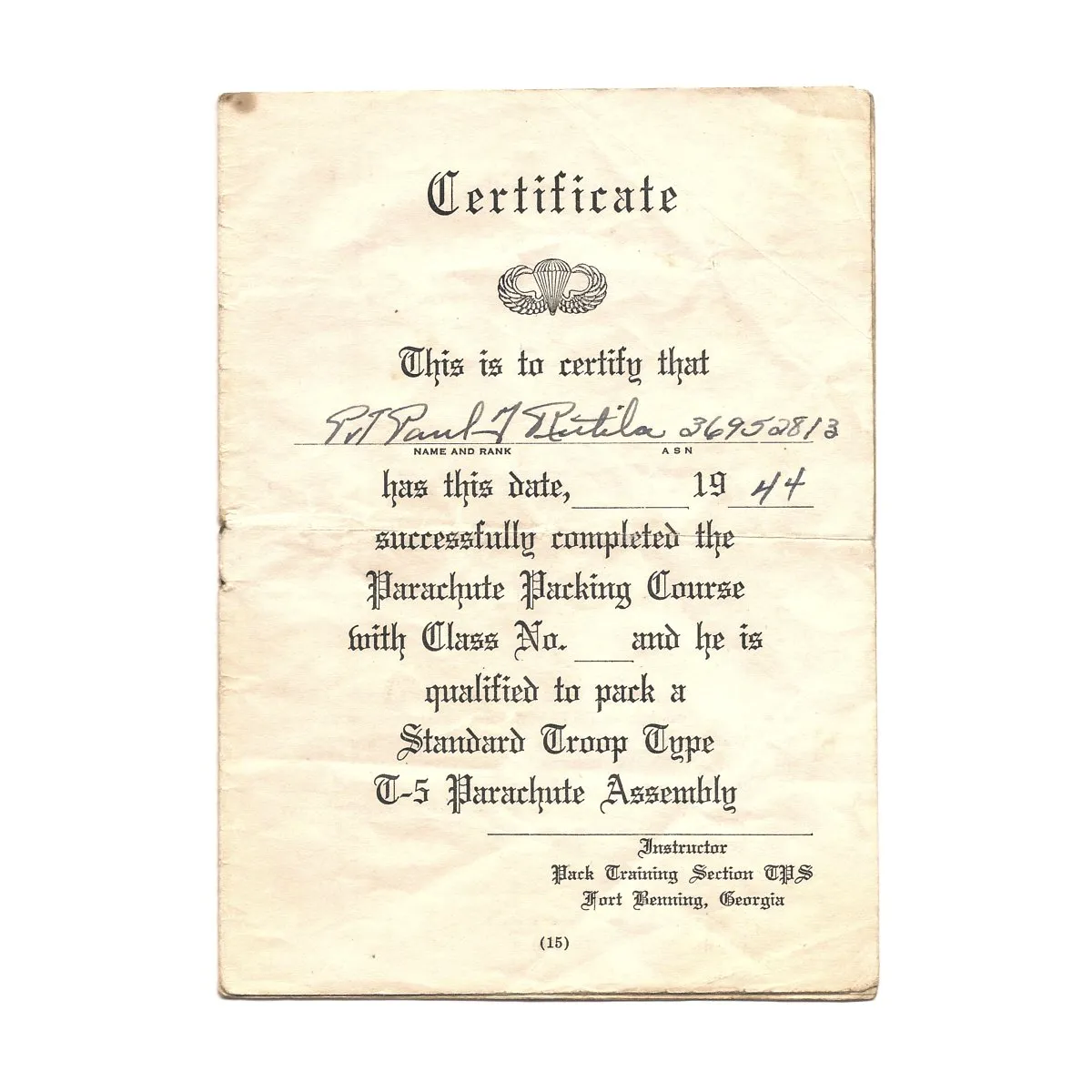
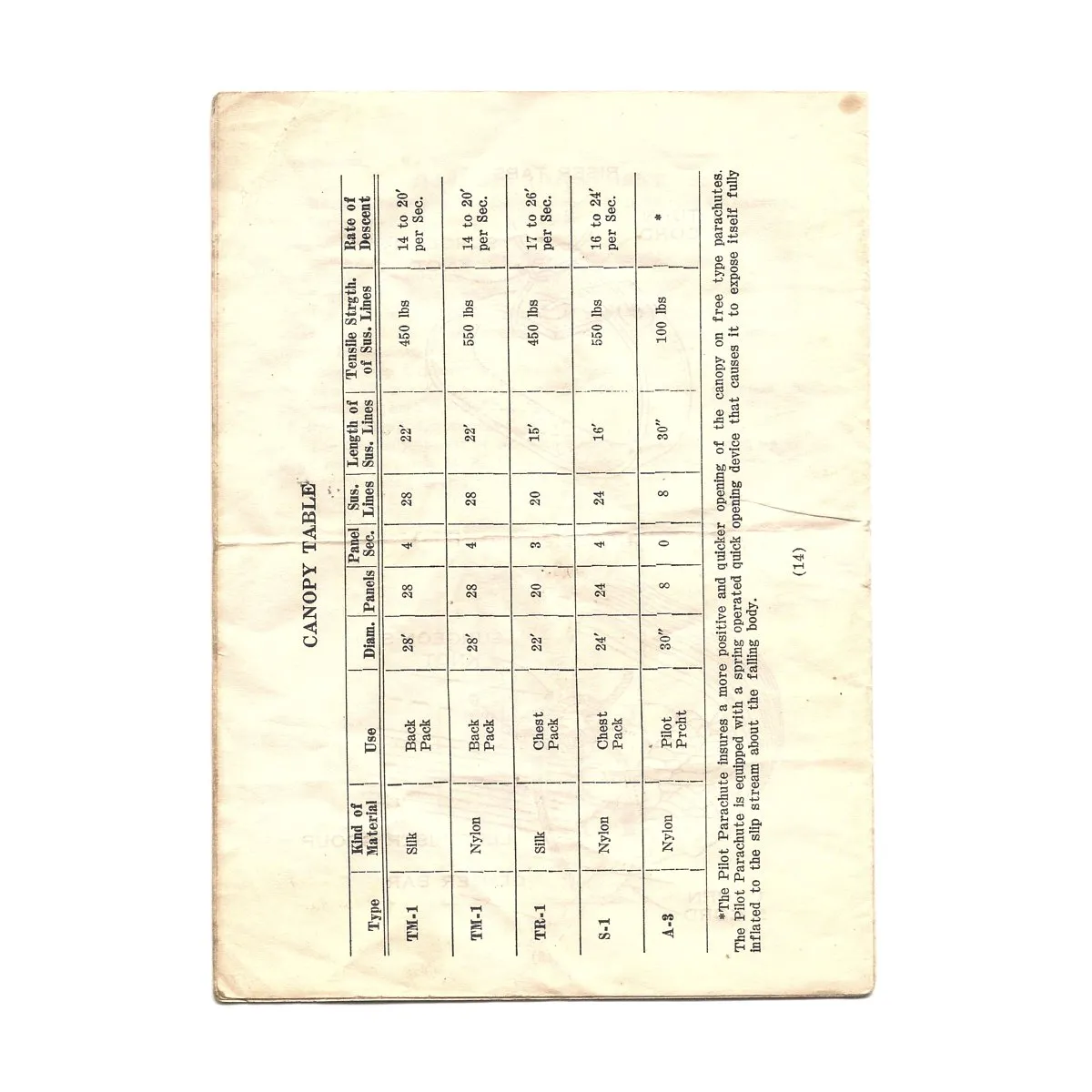
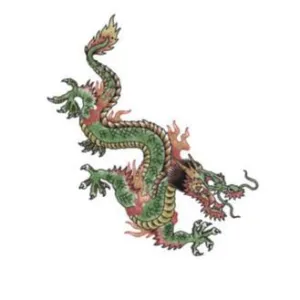
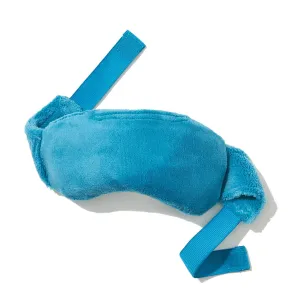
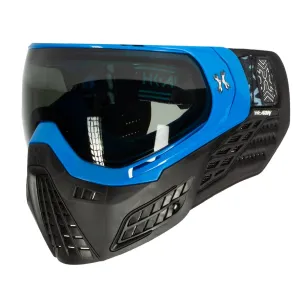

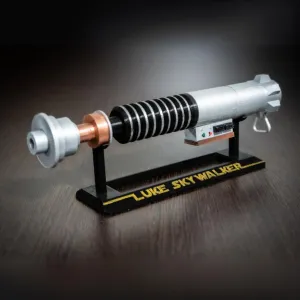

![13 Fishing Concept C2 Baitcast Reel - 8.3:1 - RH [C2-8.3-RH] 13 Fishing Concept C2 Baitcast Reel - 8.3:1 - RH [C2-8.3-RH]](https://www.glamorfits.shop/image/13-fishing-concept-c2-baitcast-reel-831-rh-c2-83-rh_xqVFoN_300x.webp)



